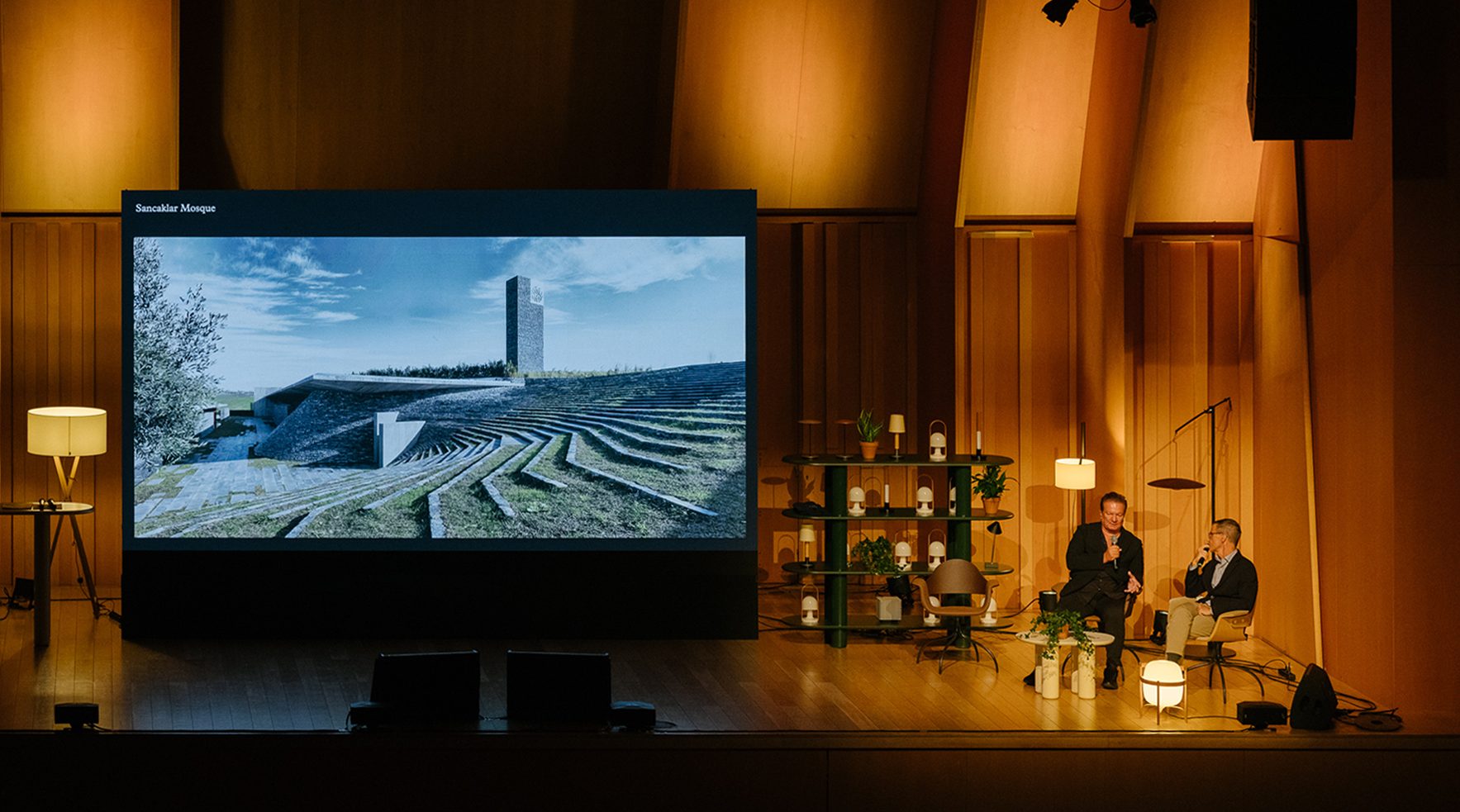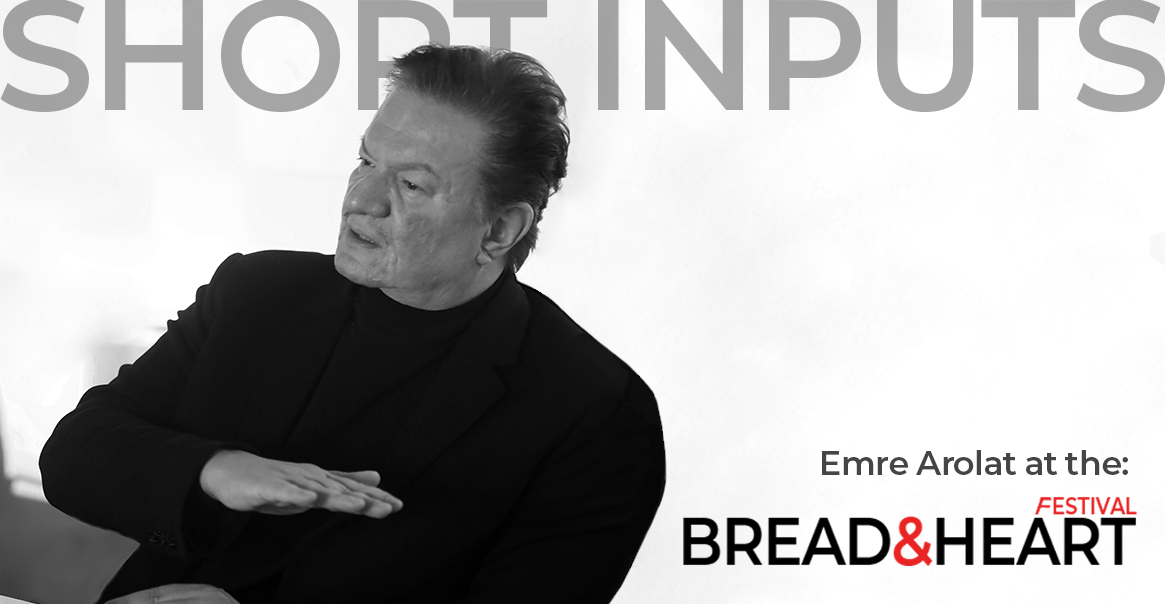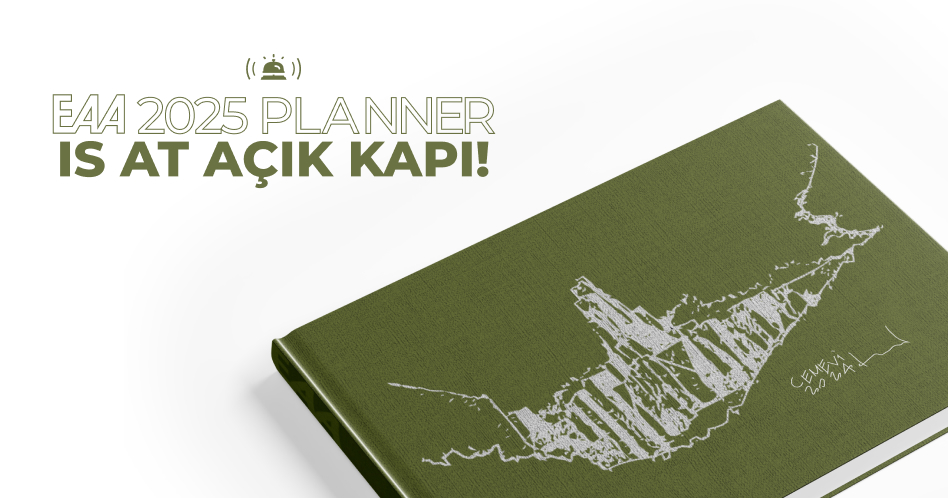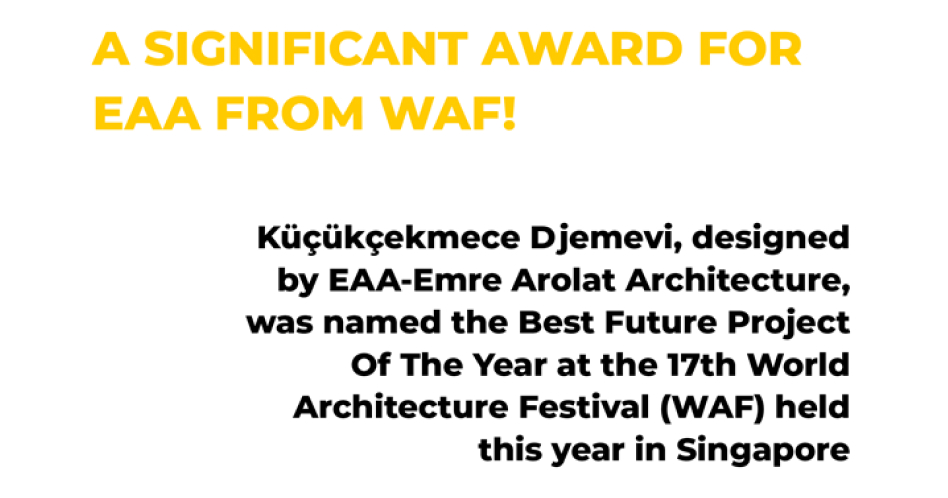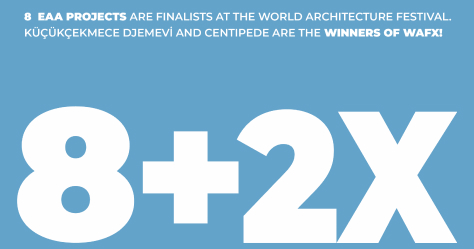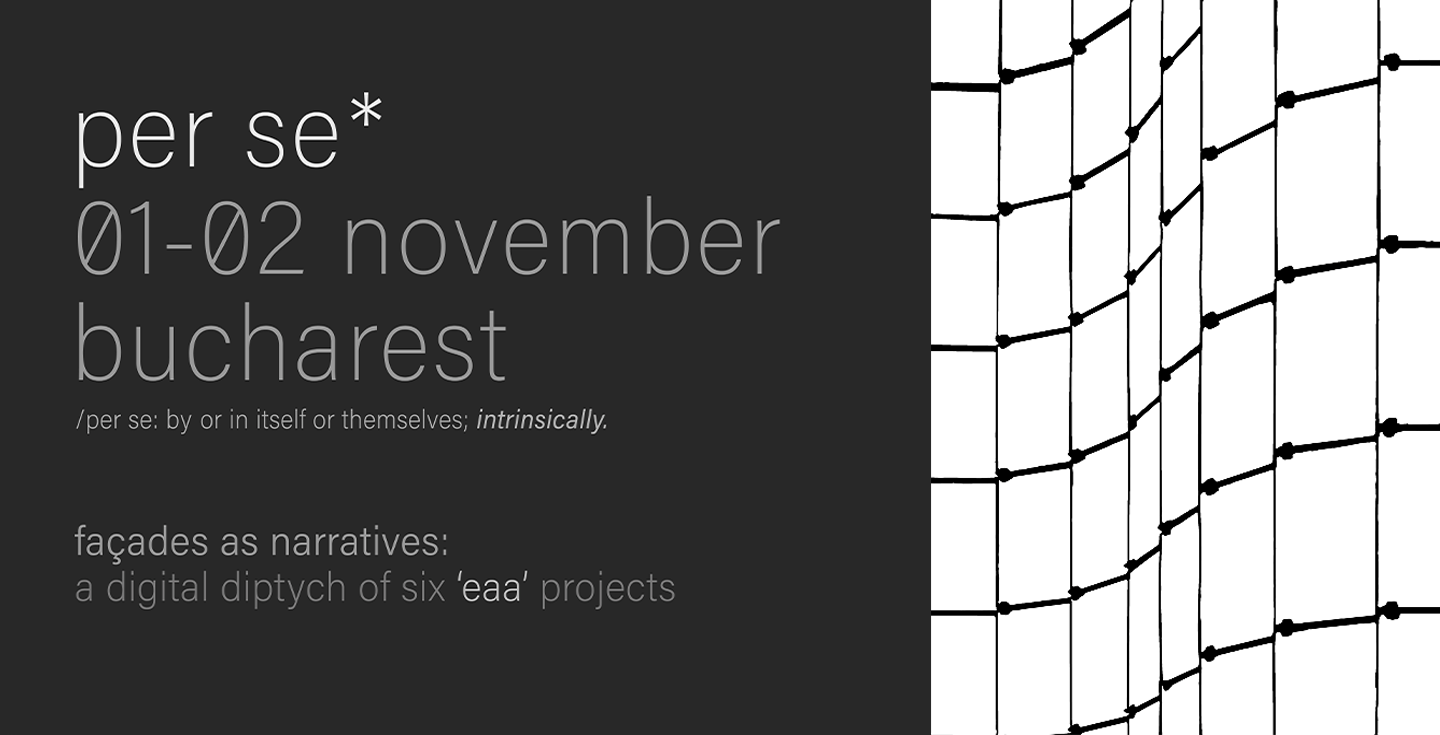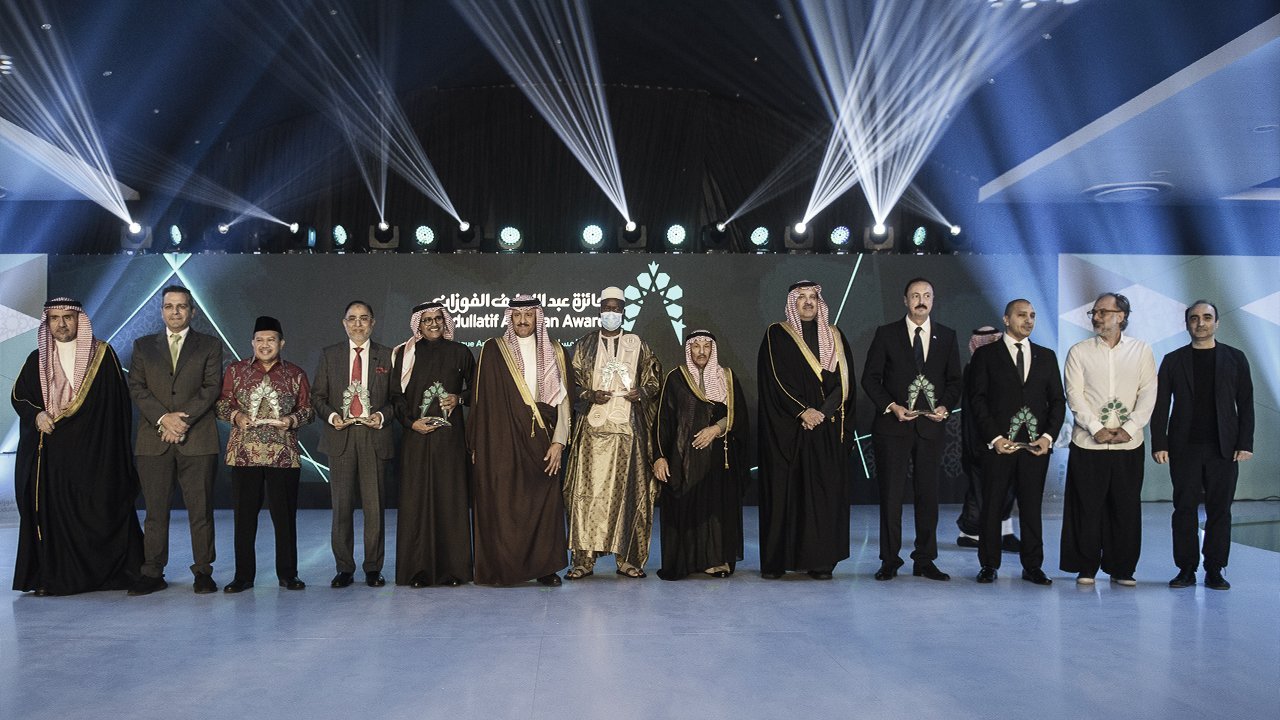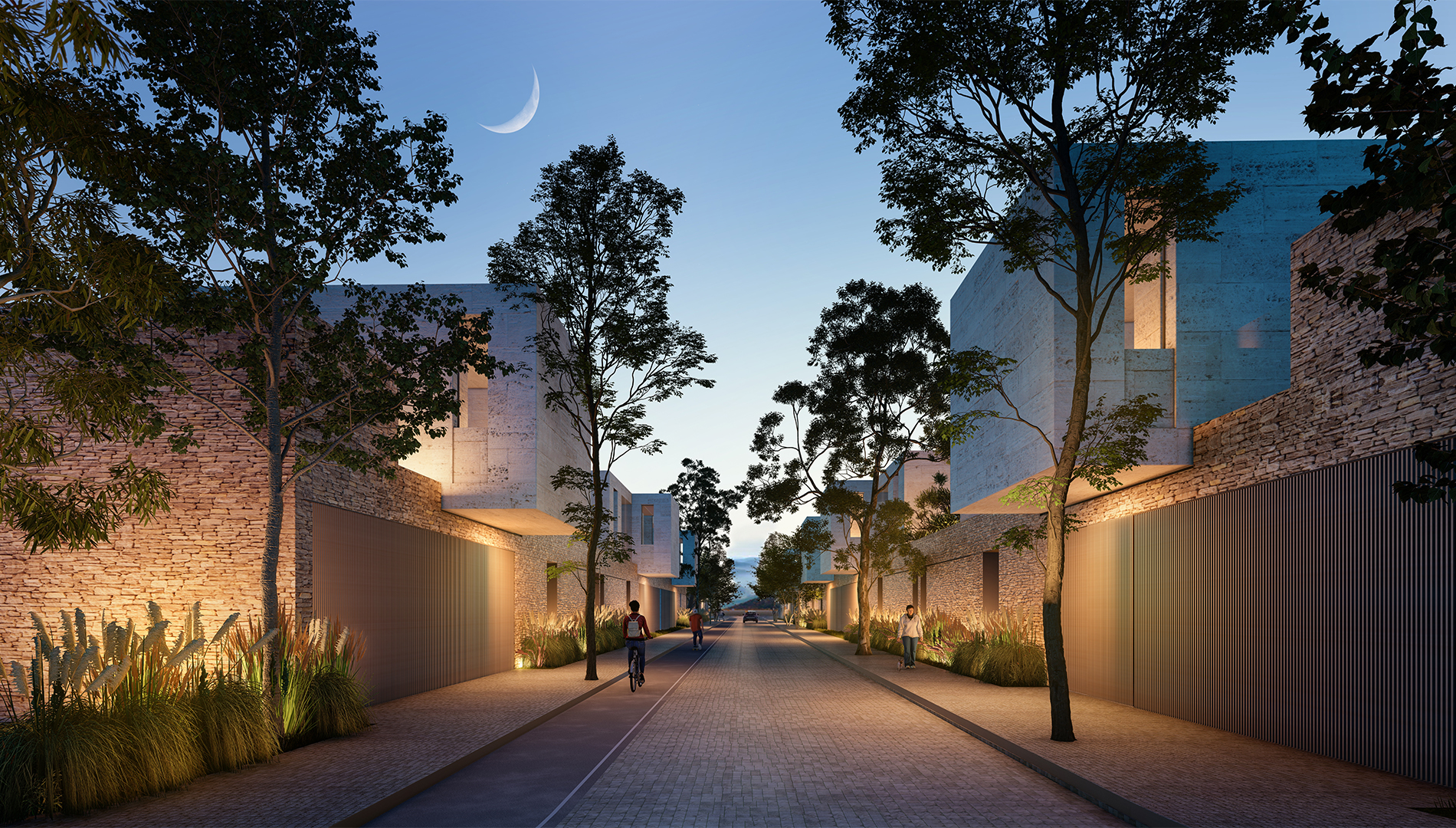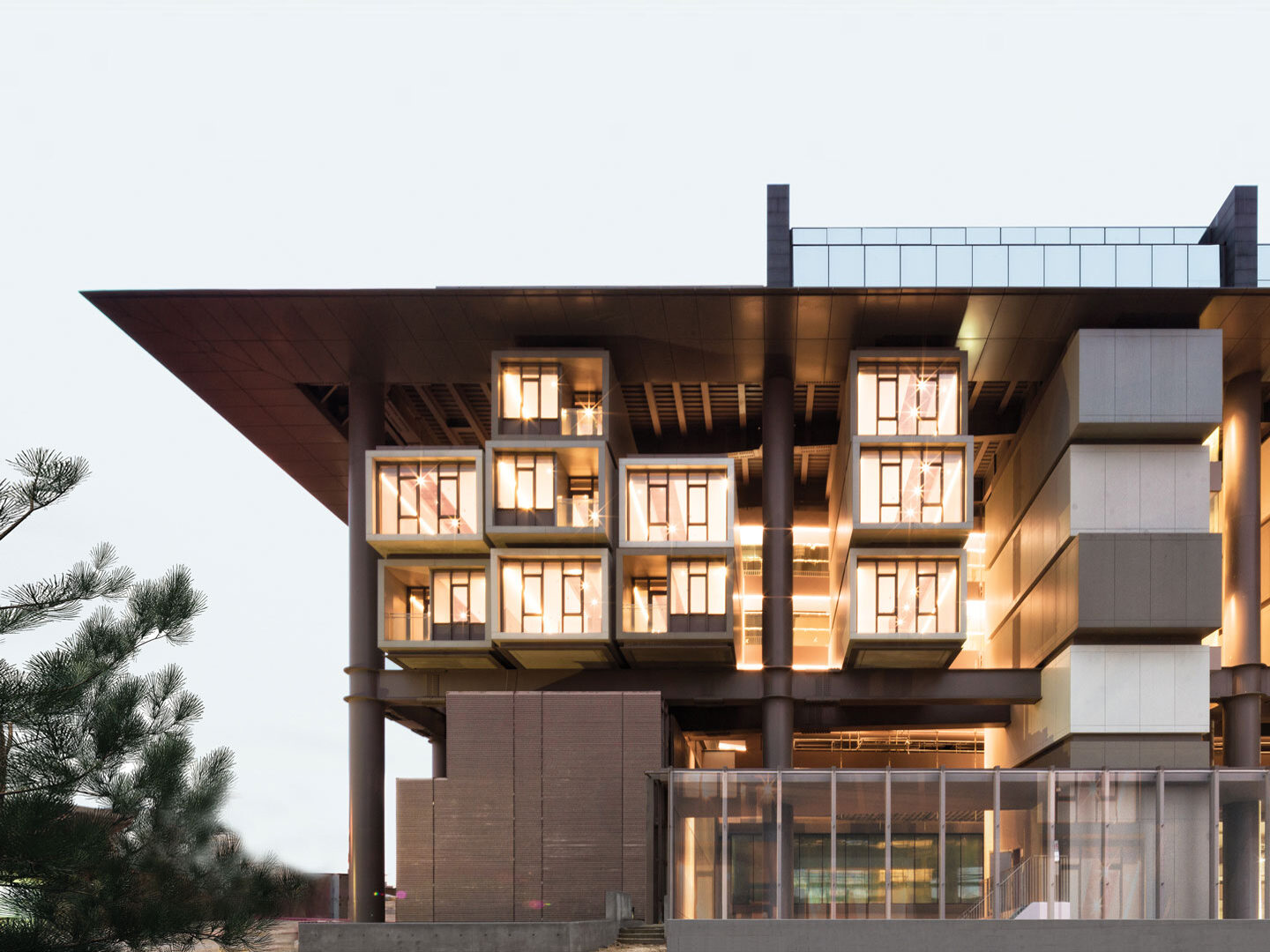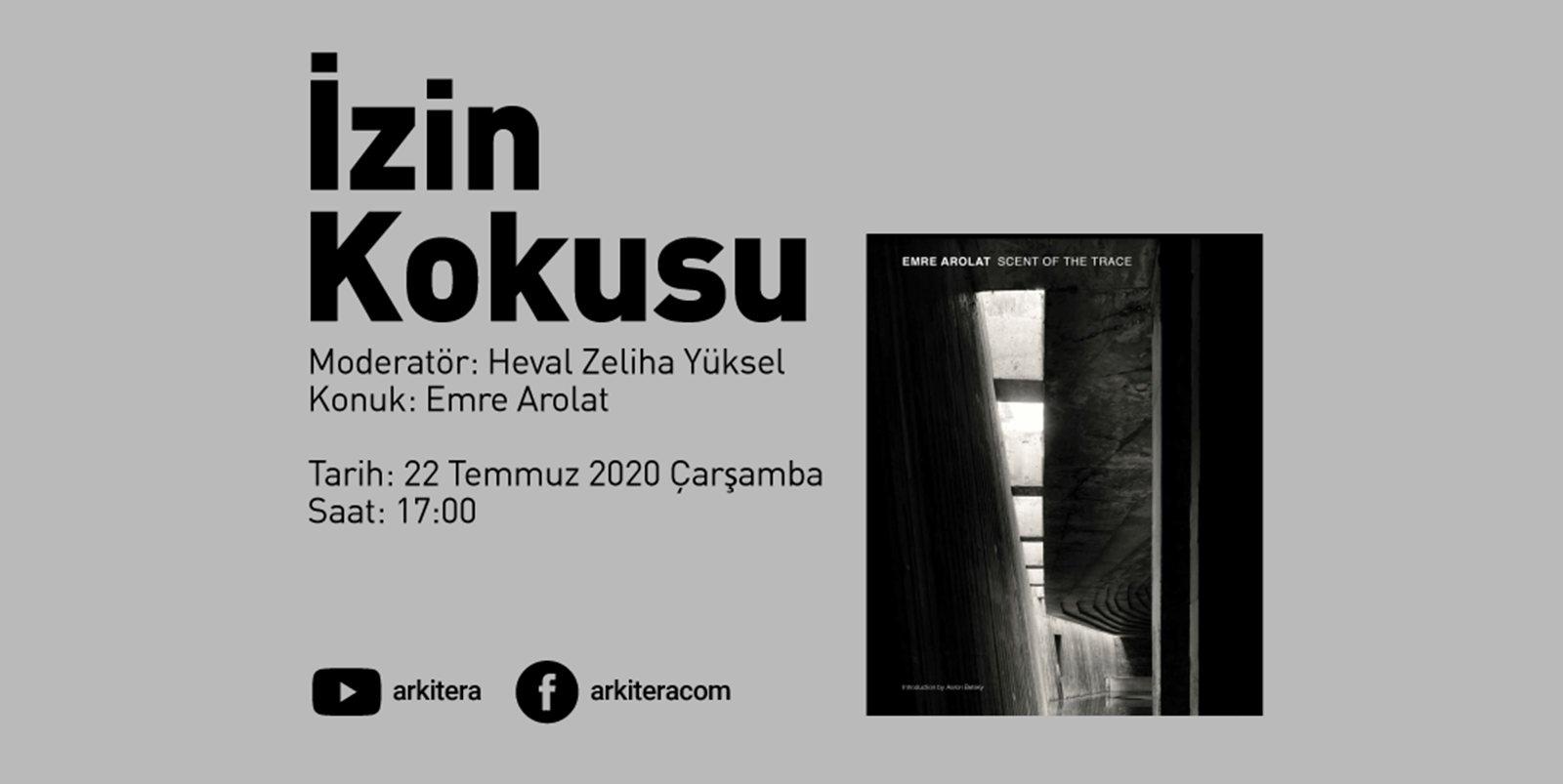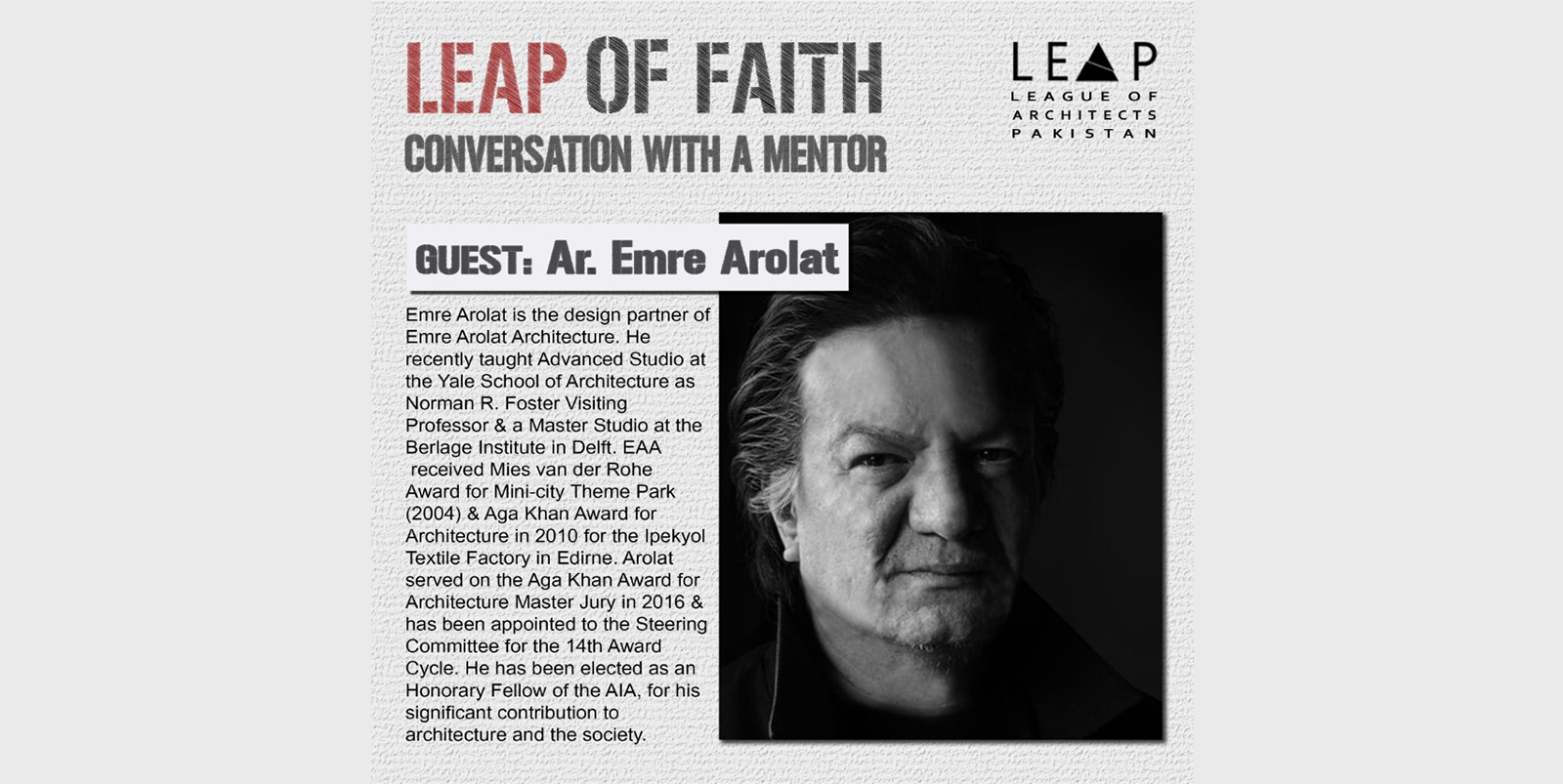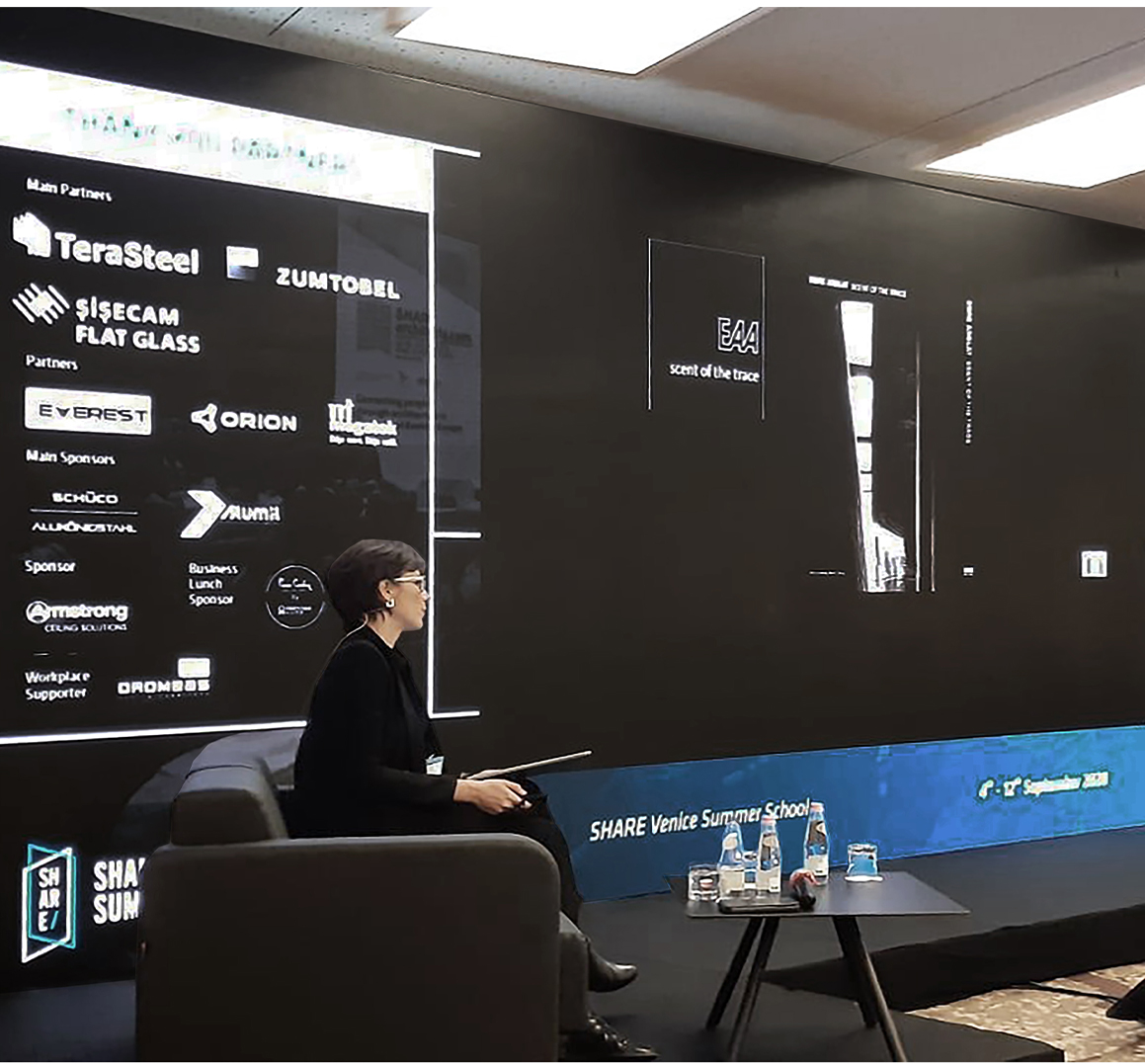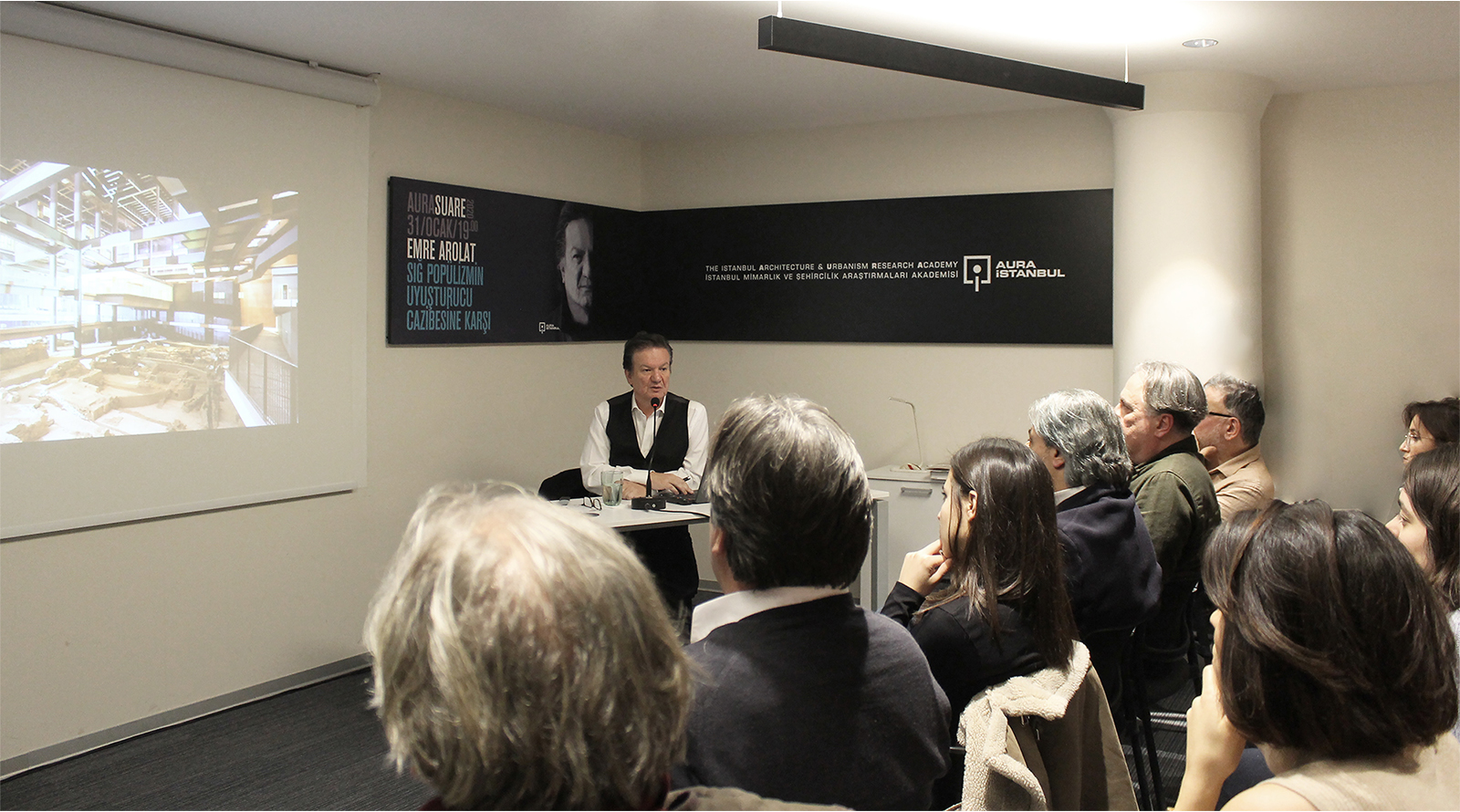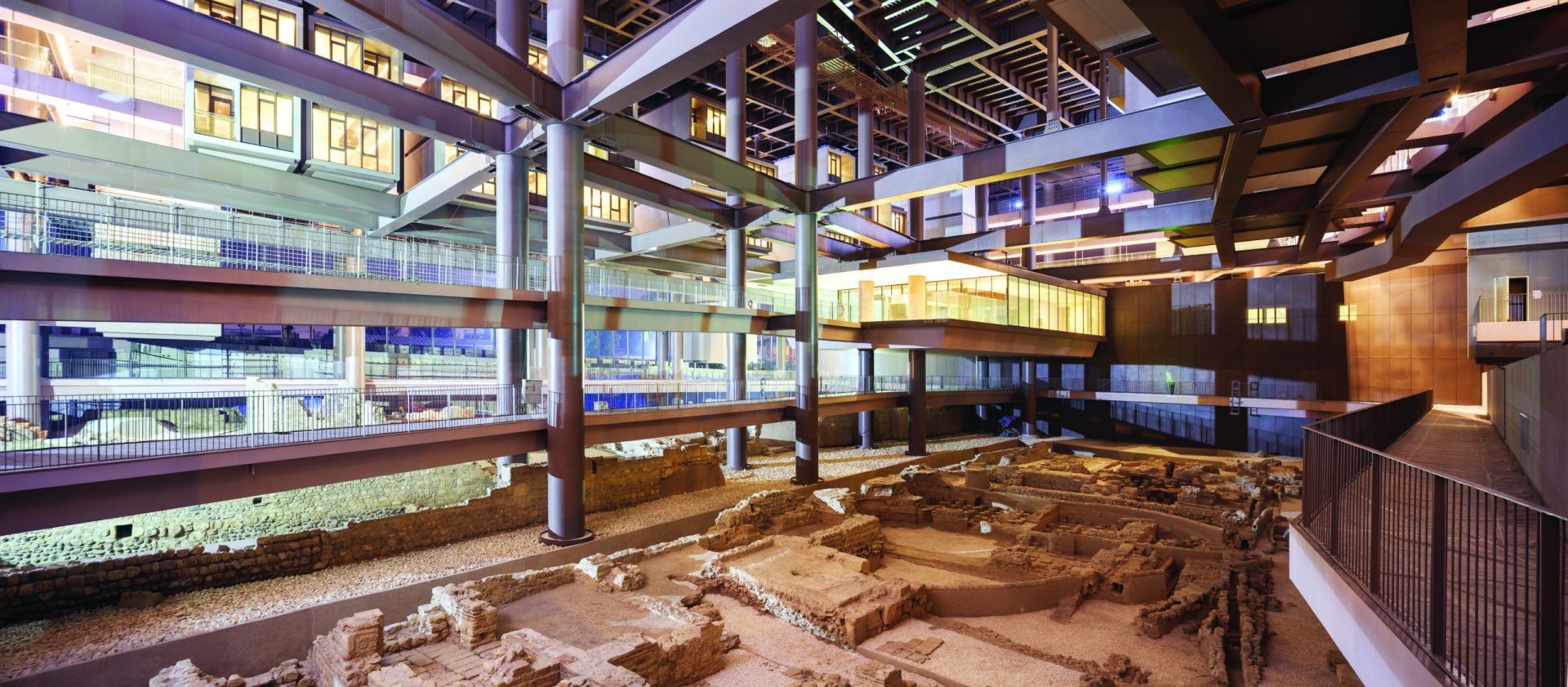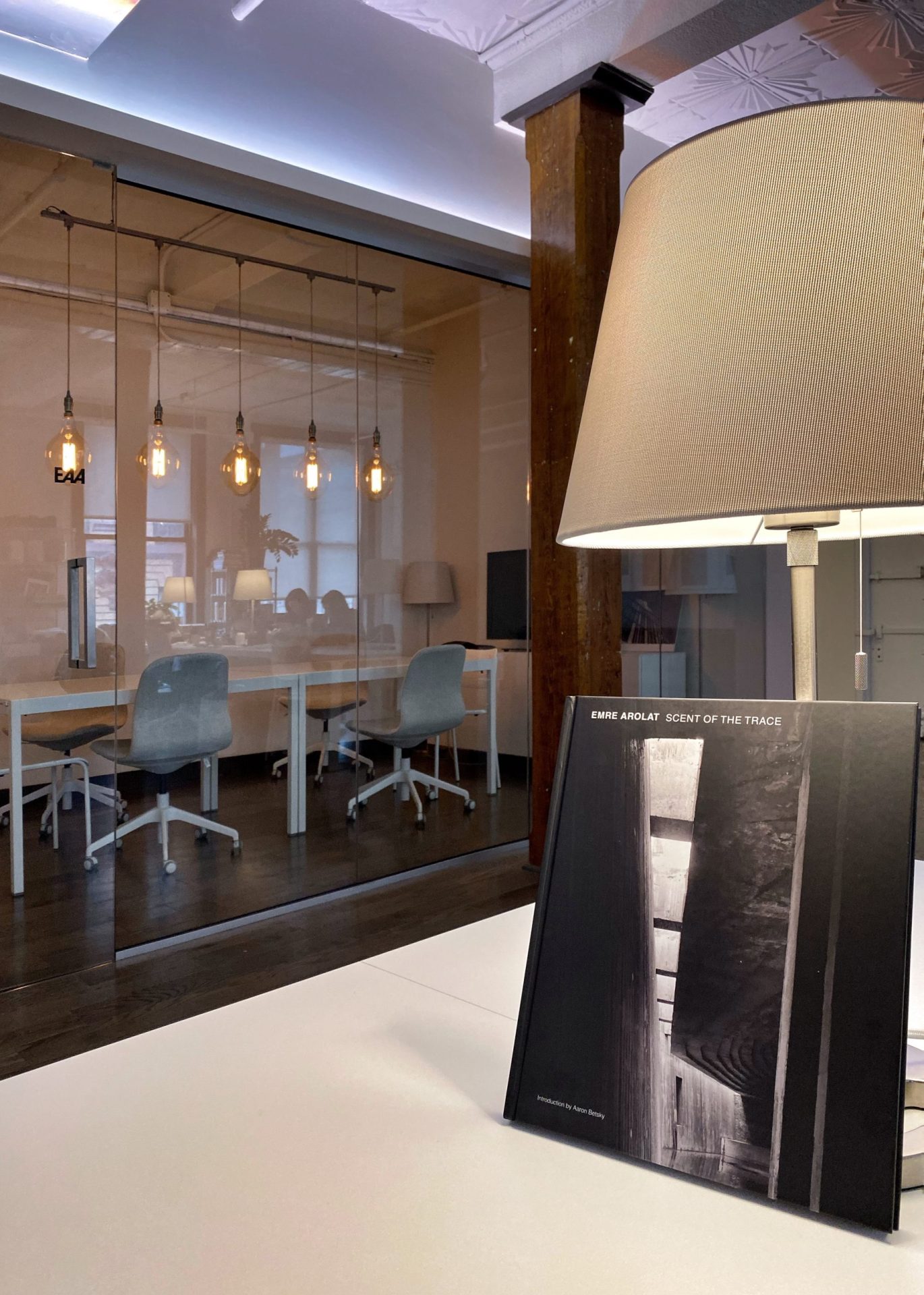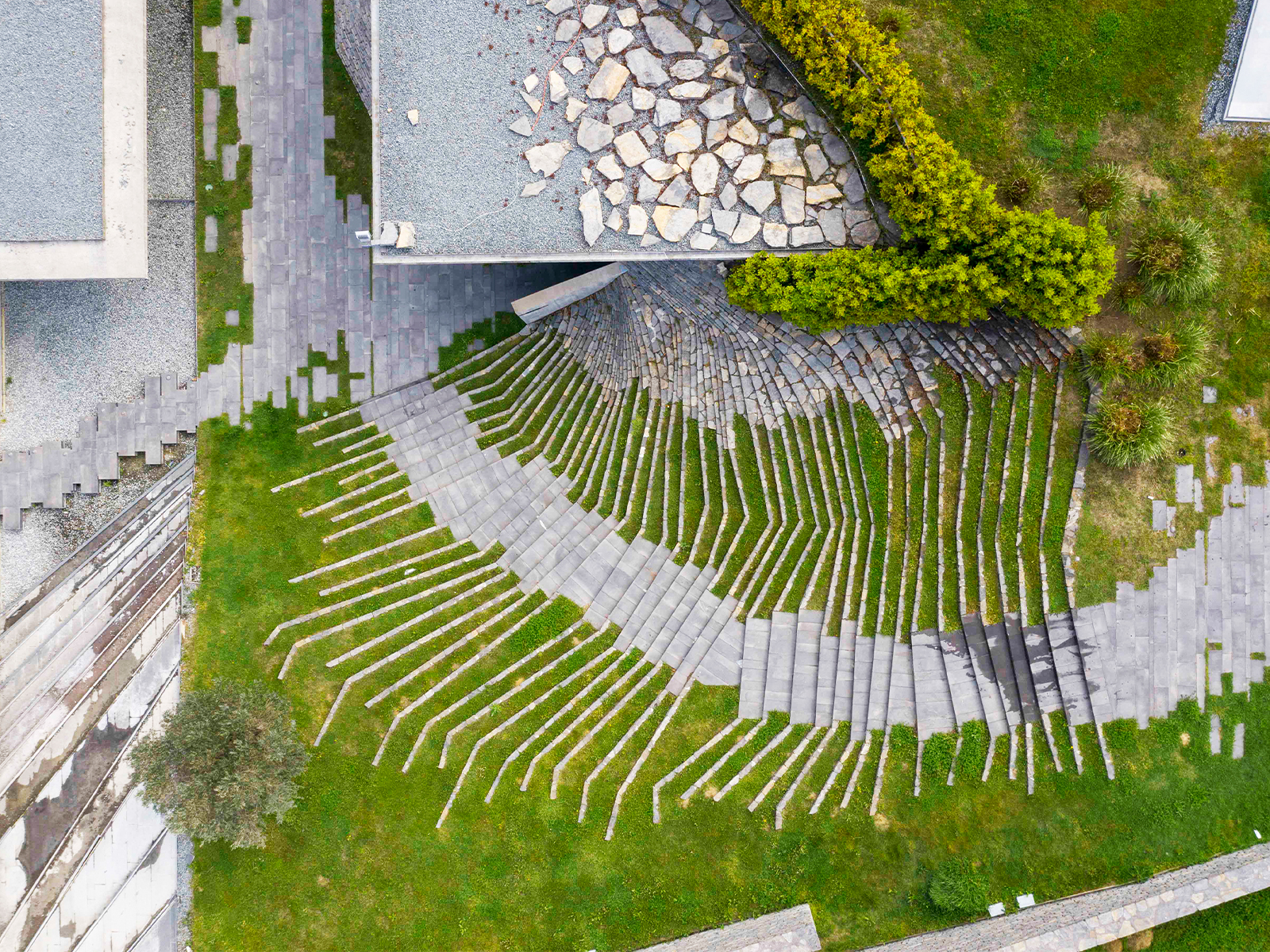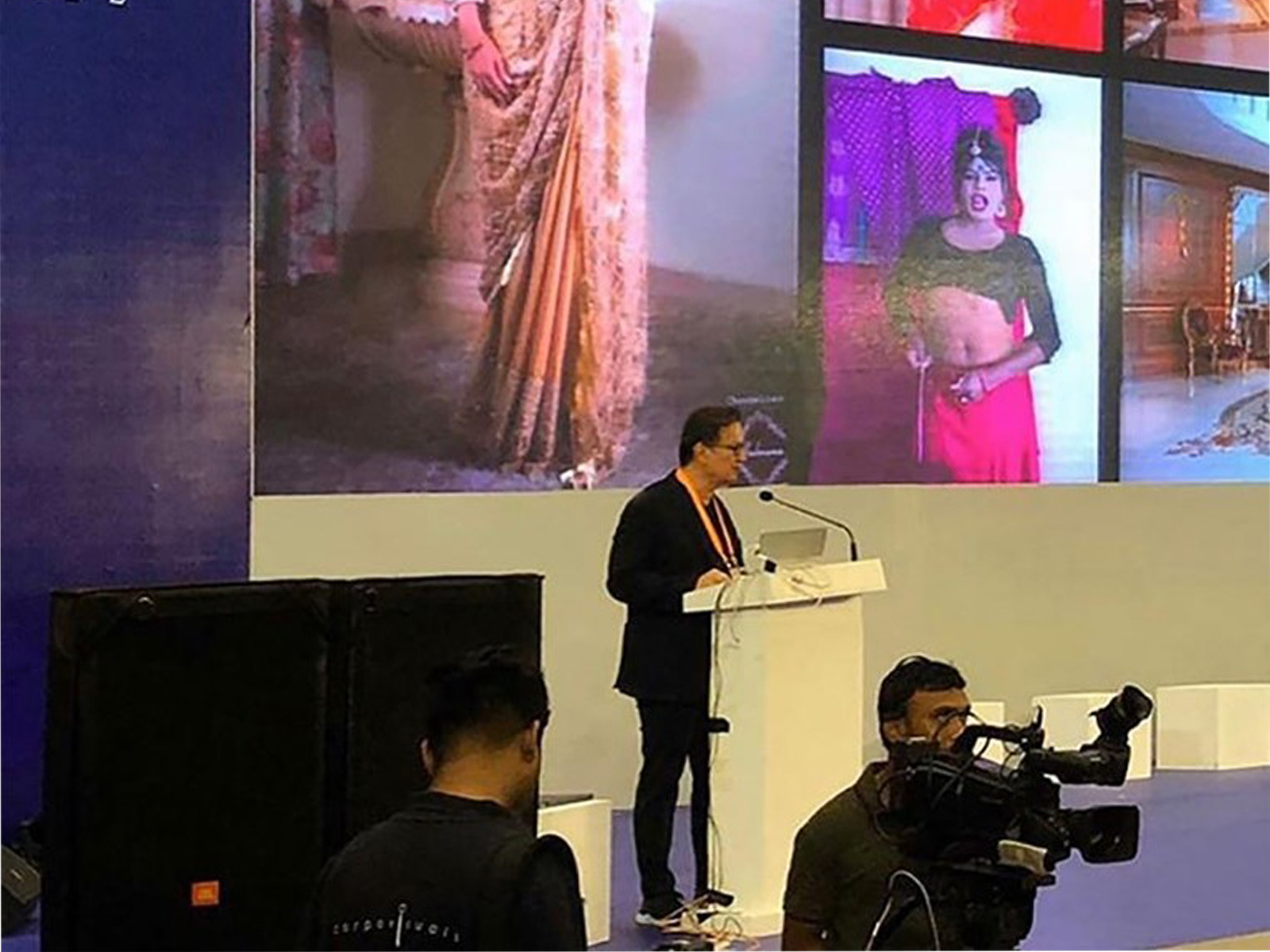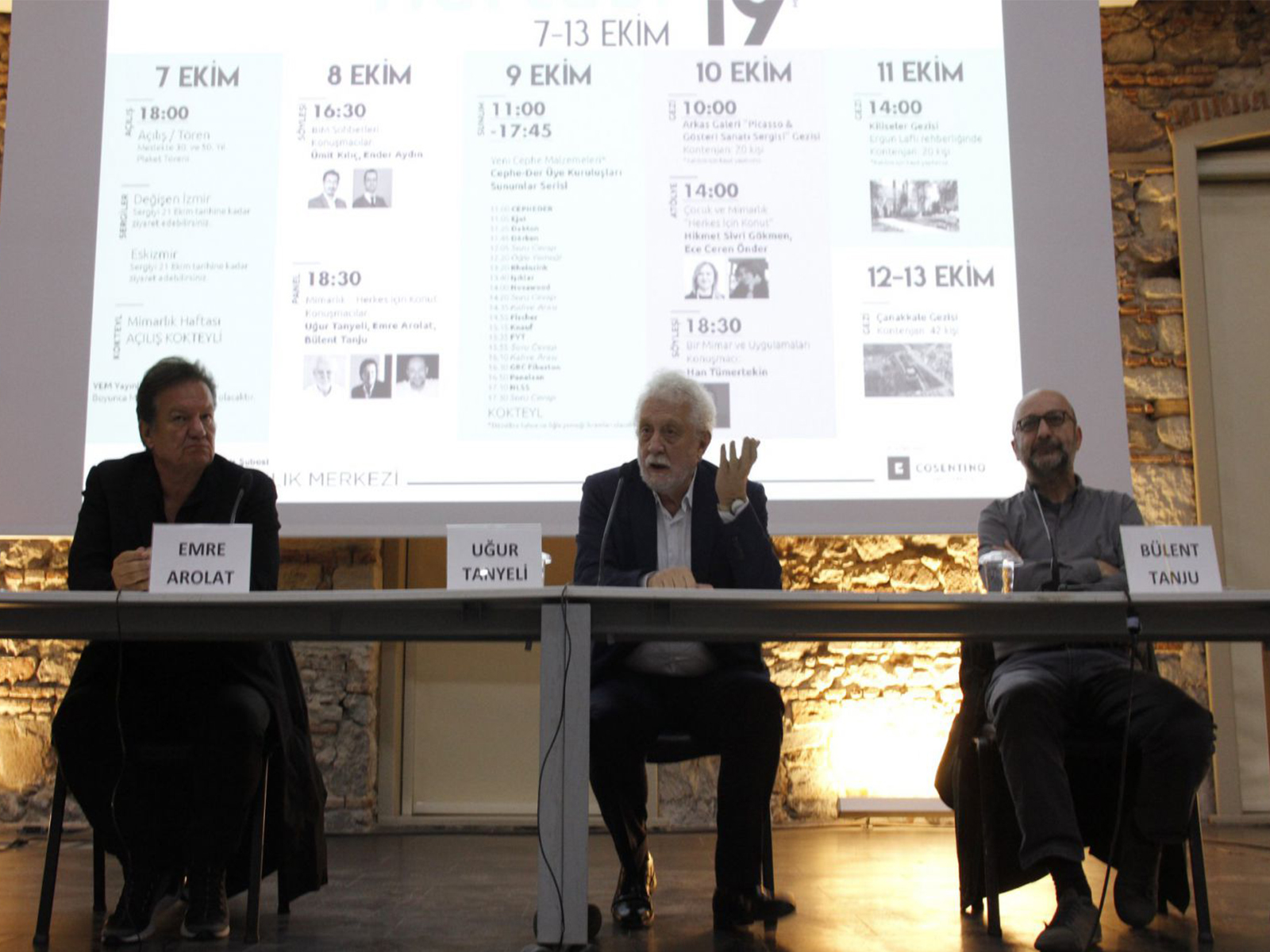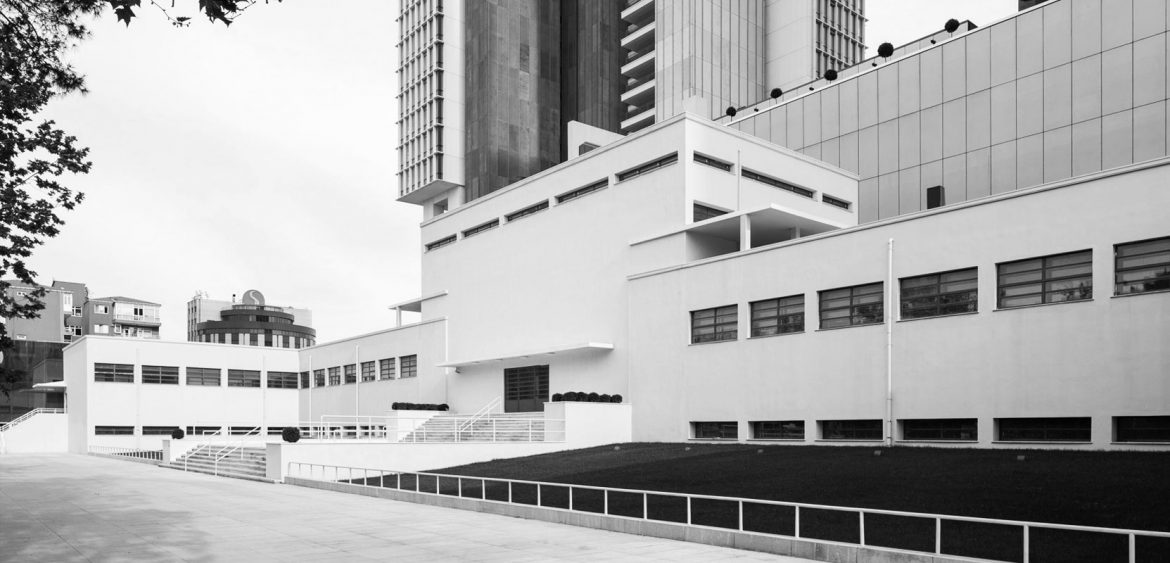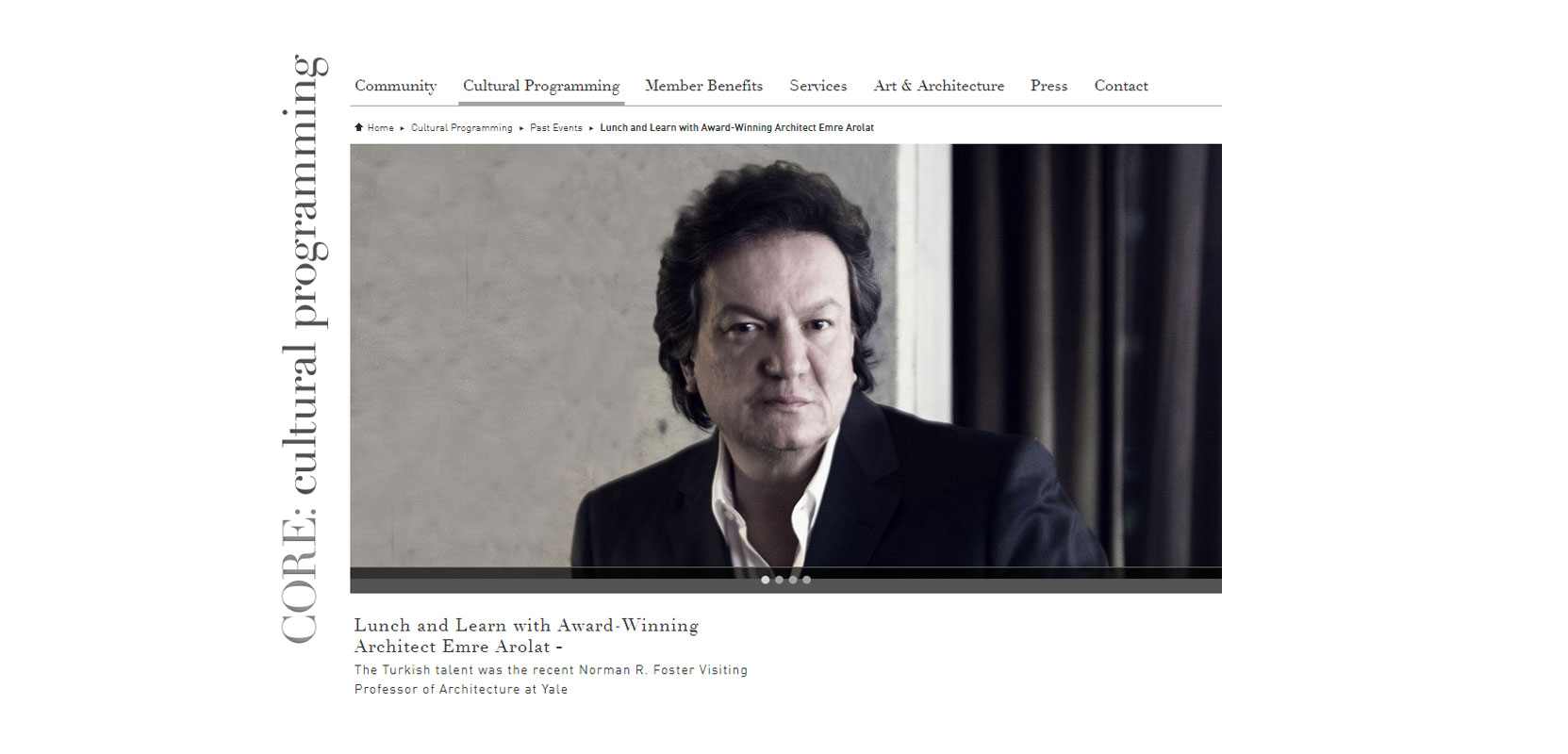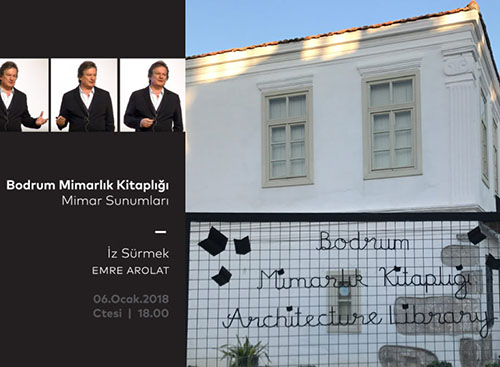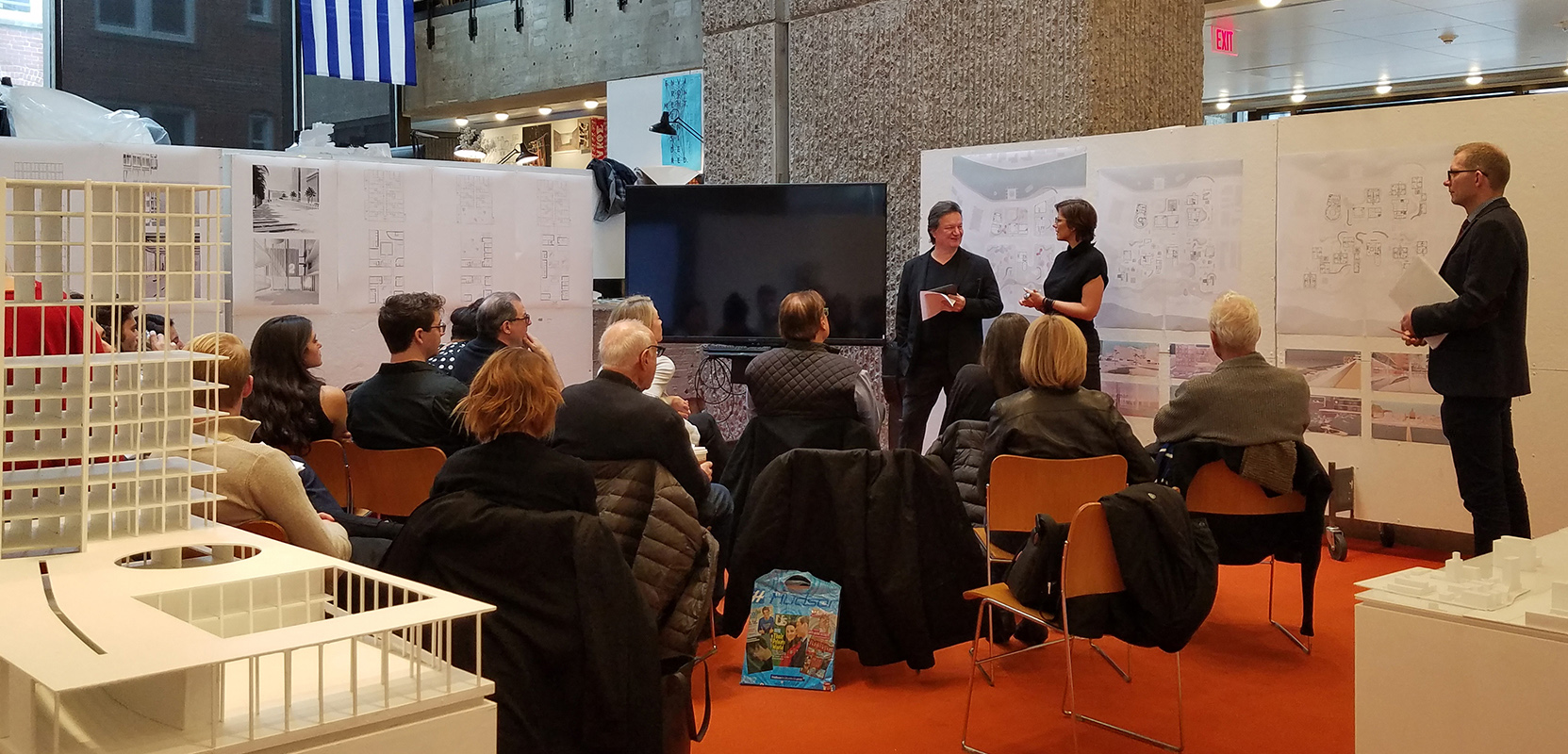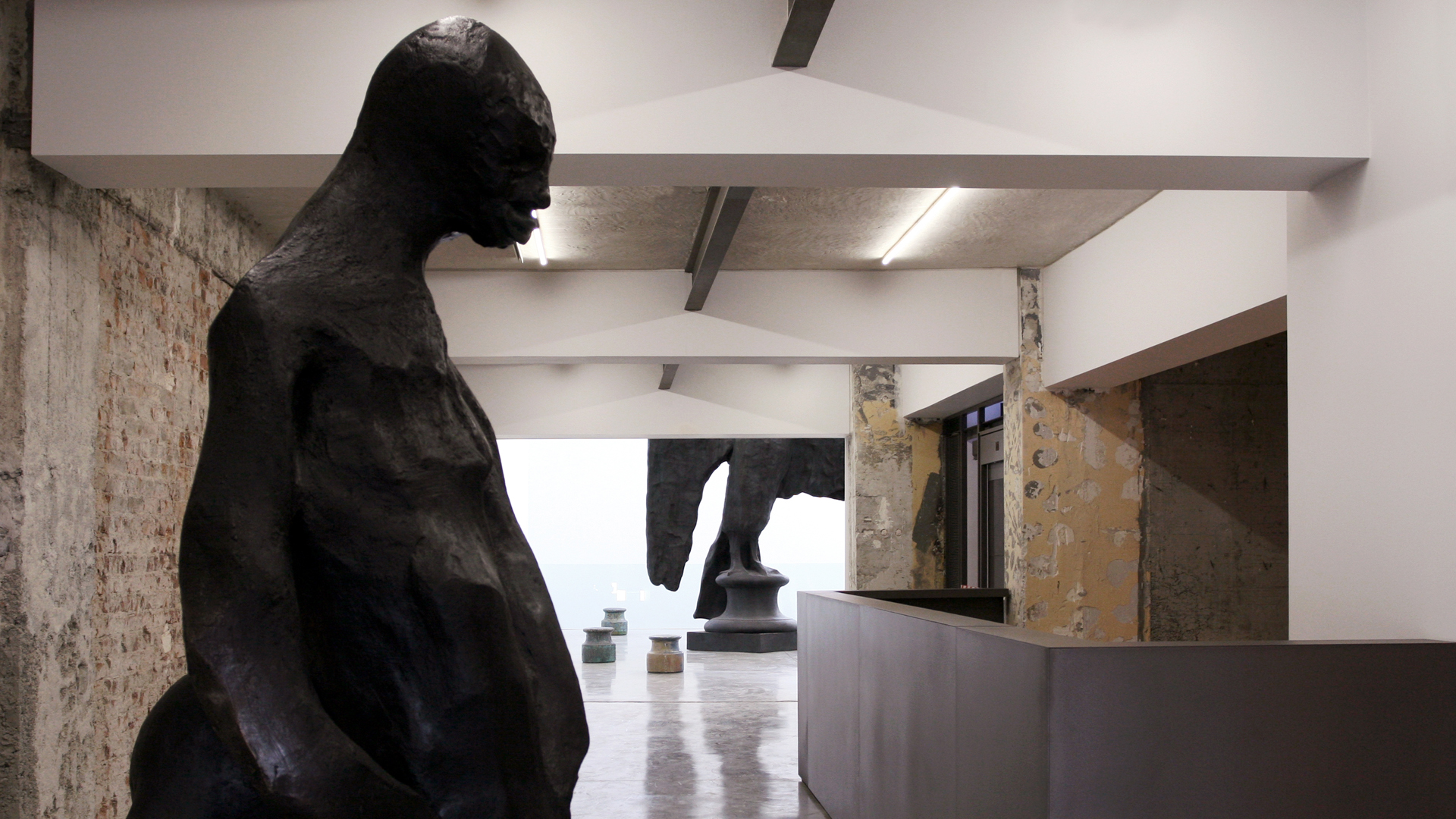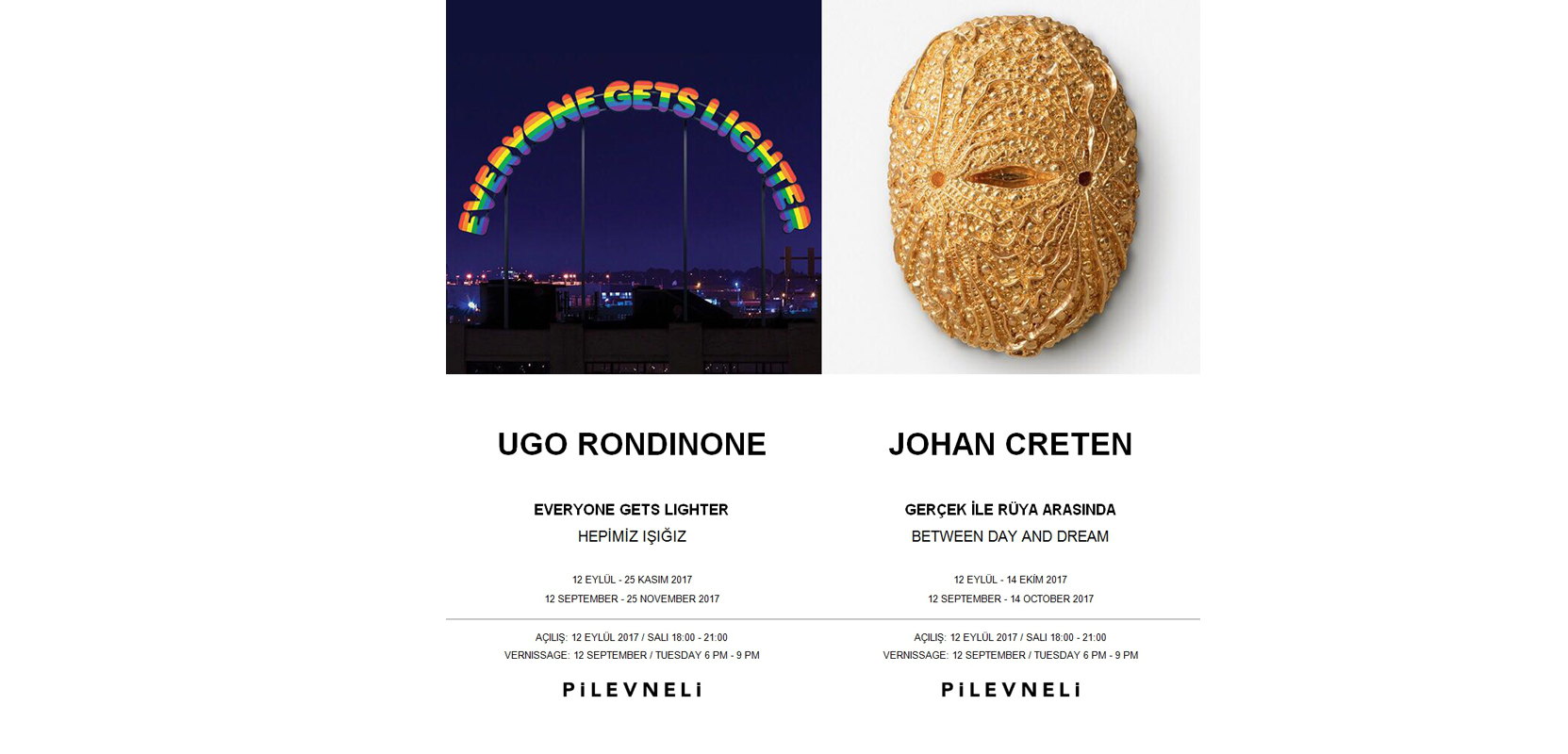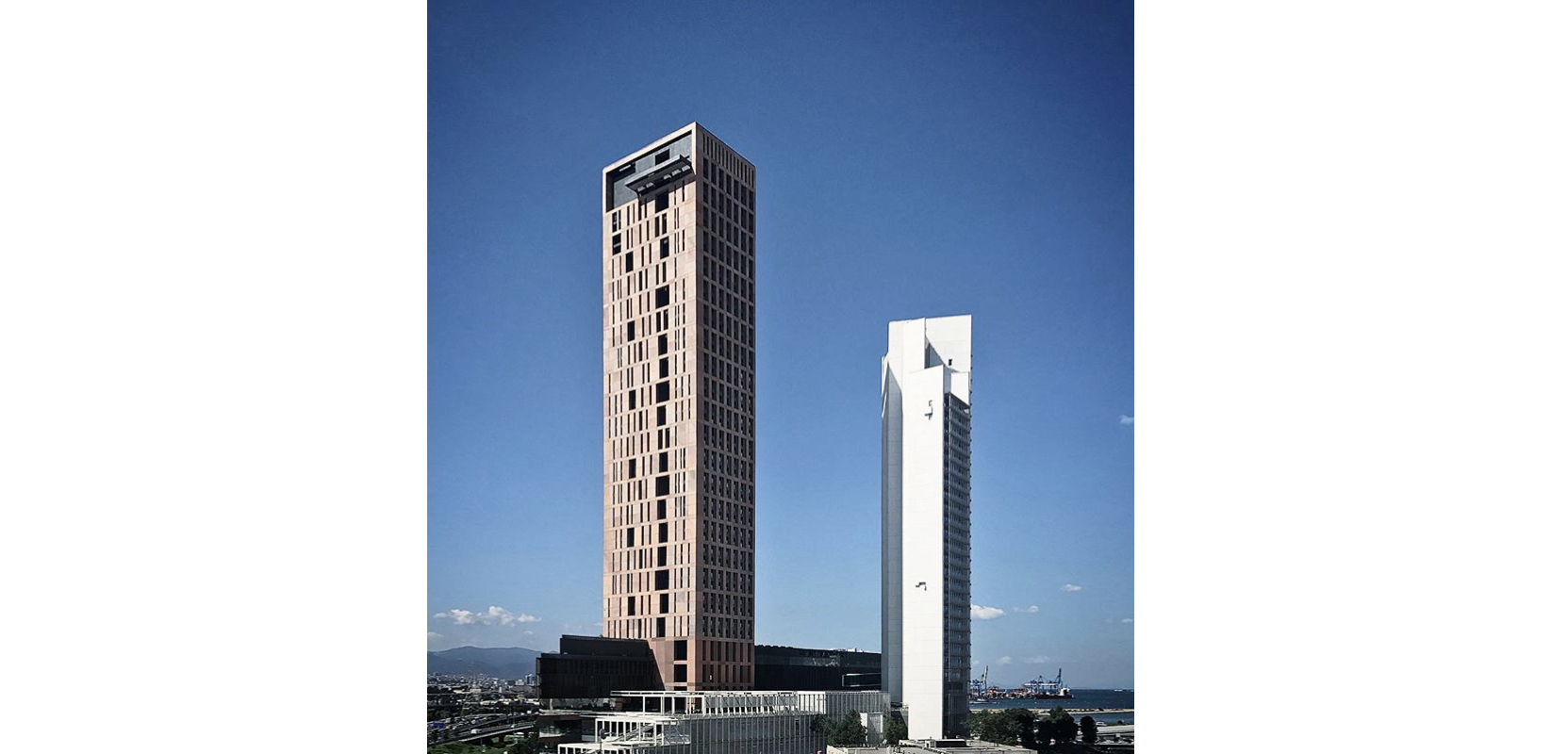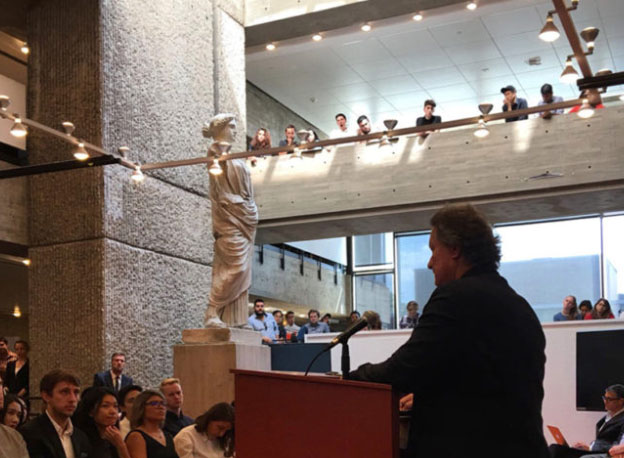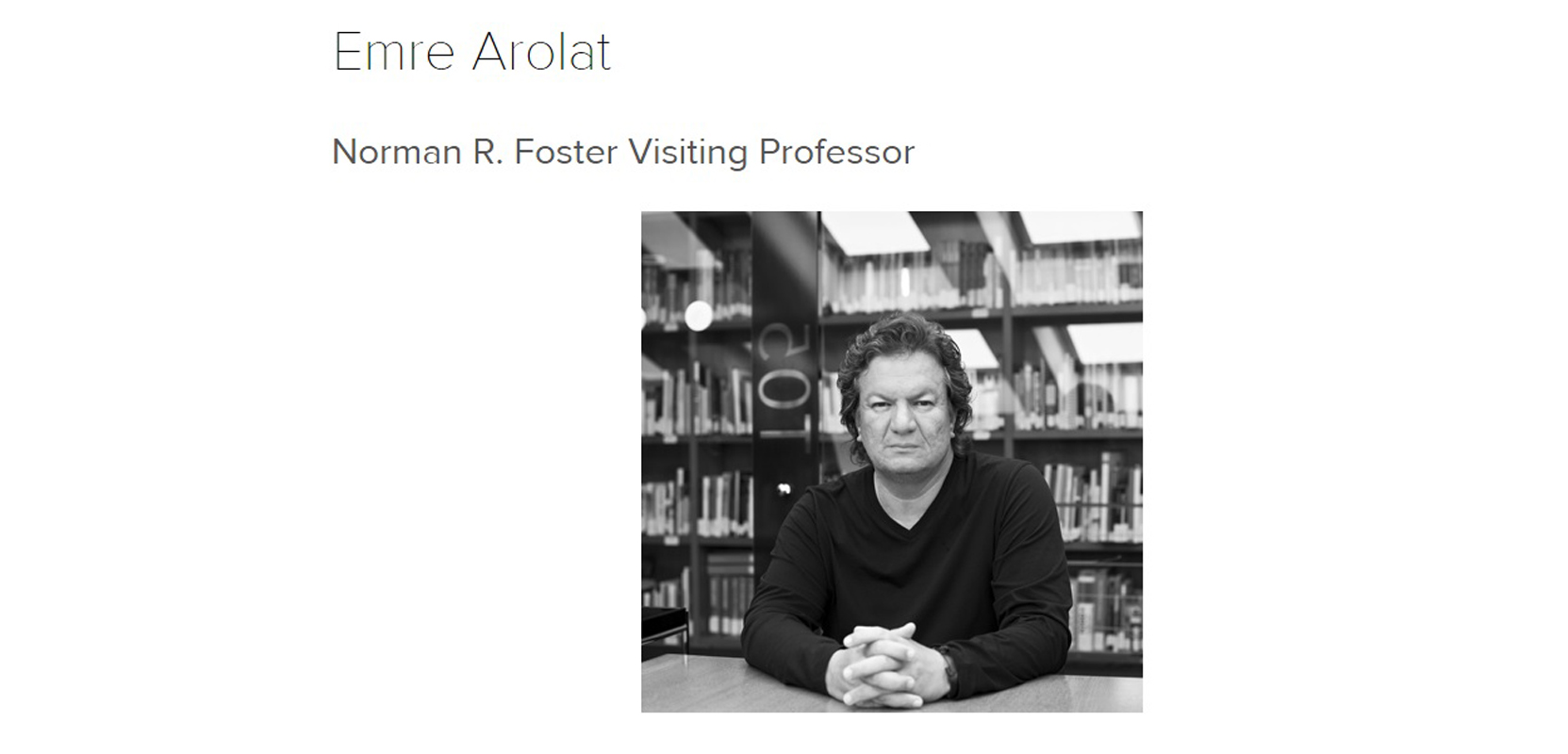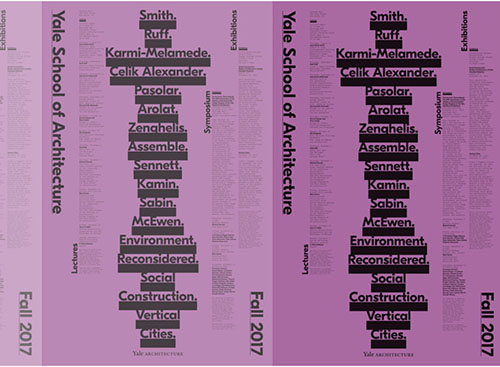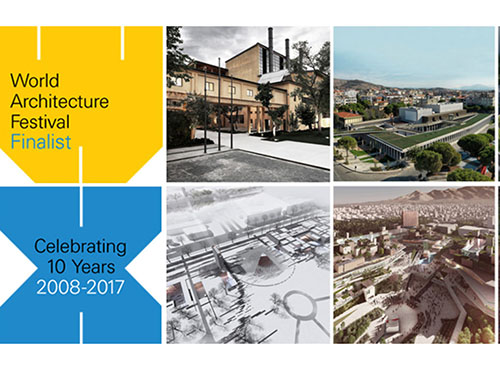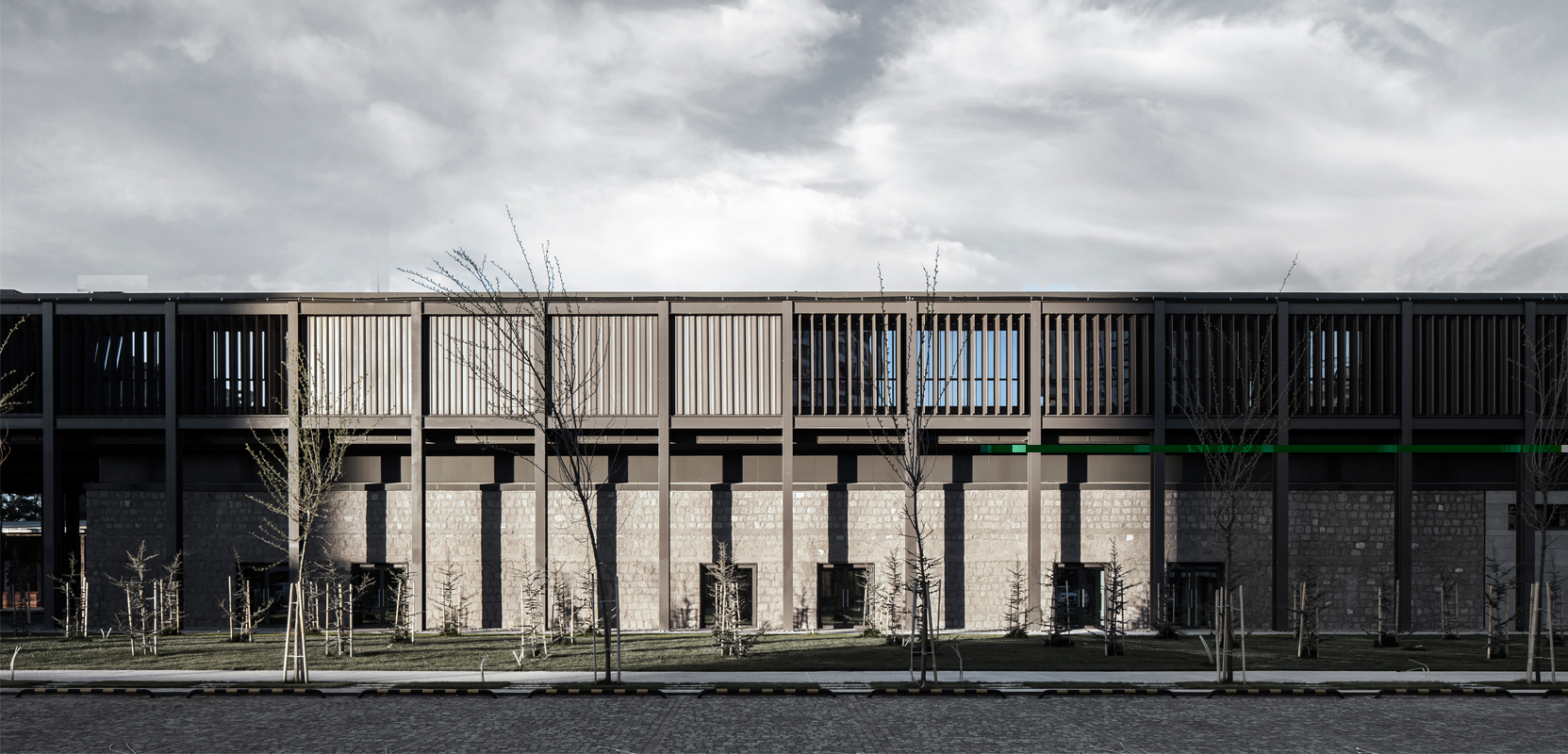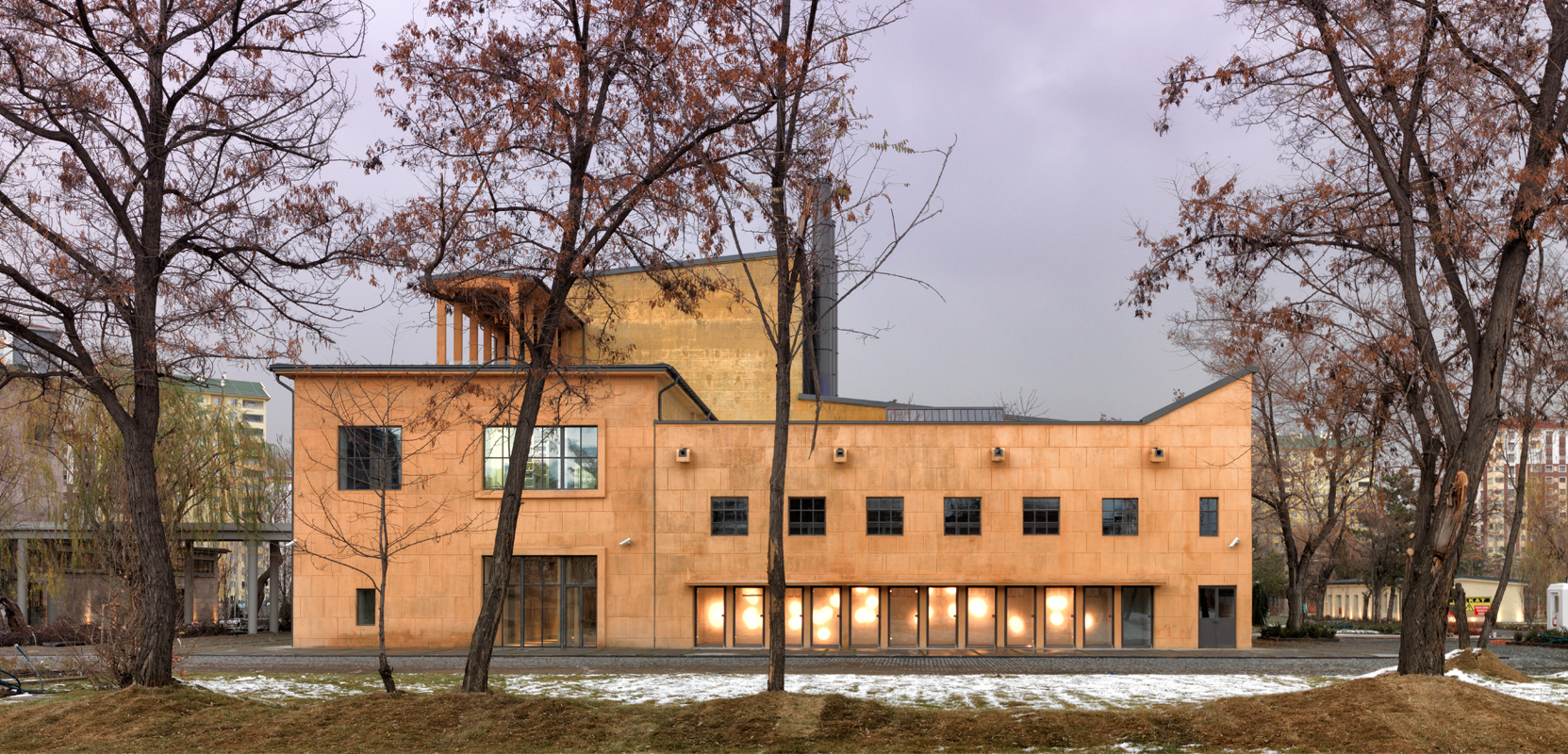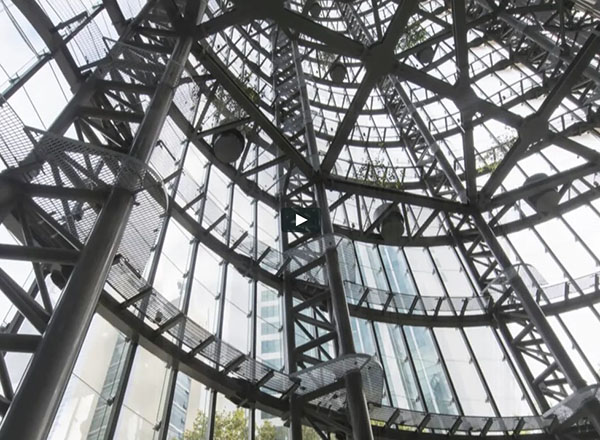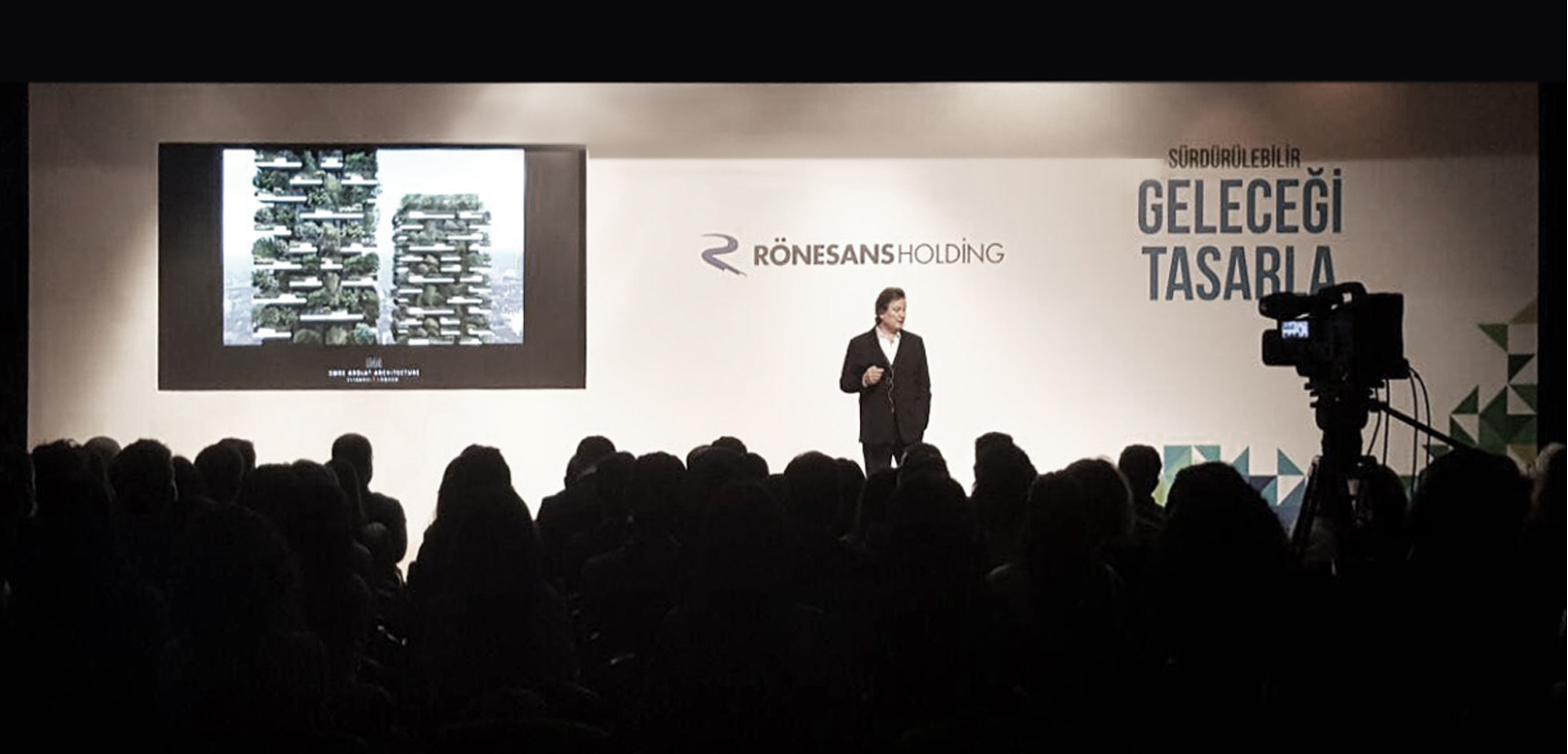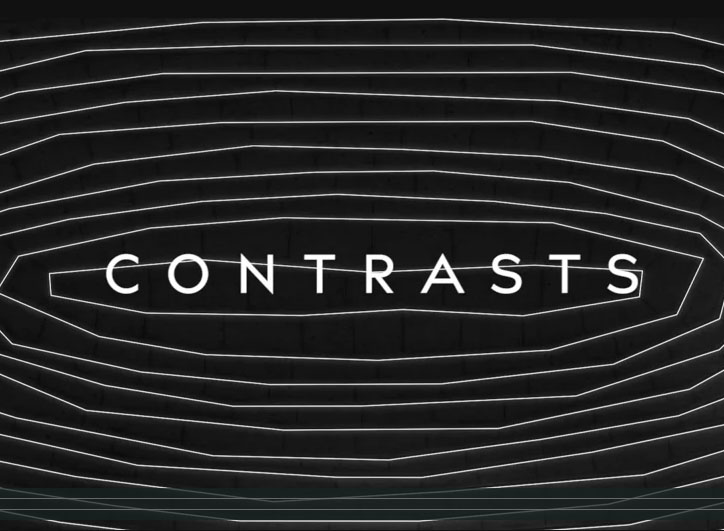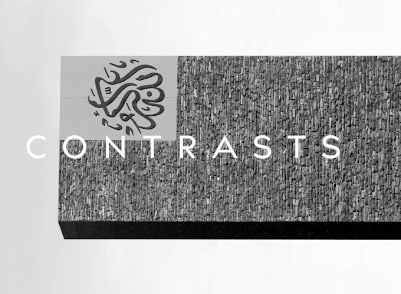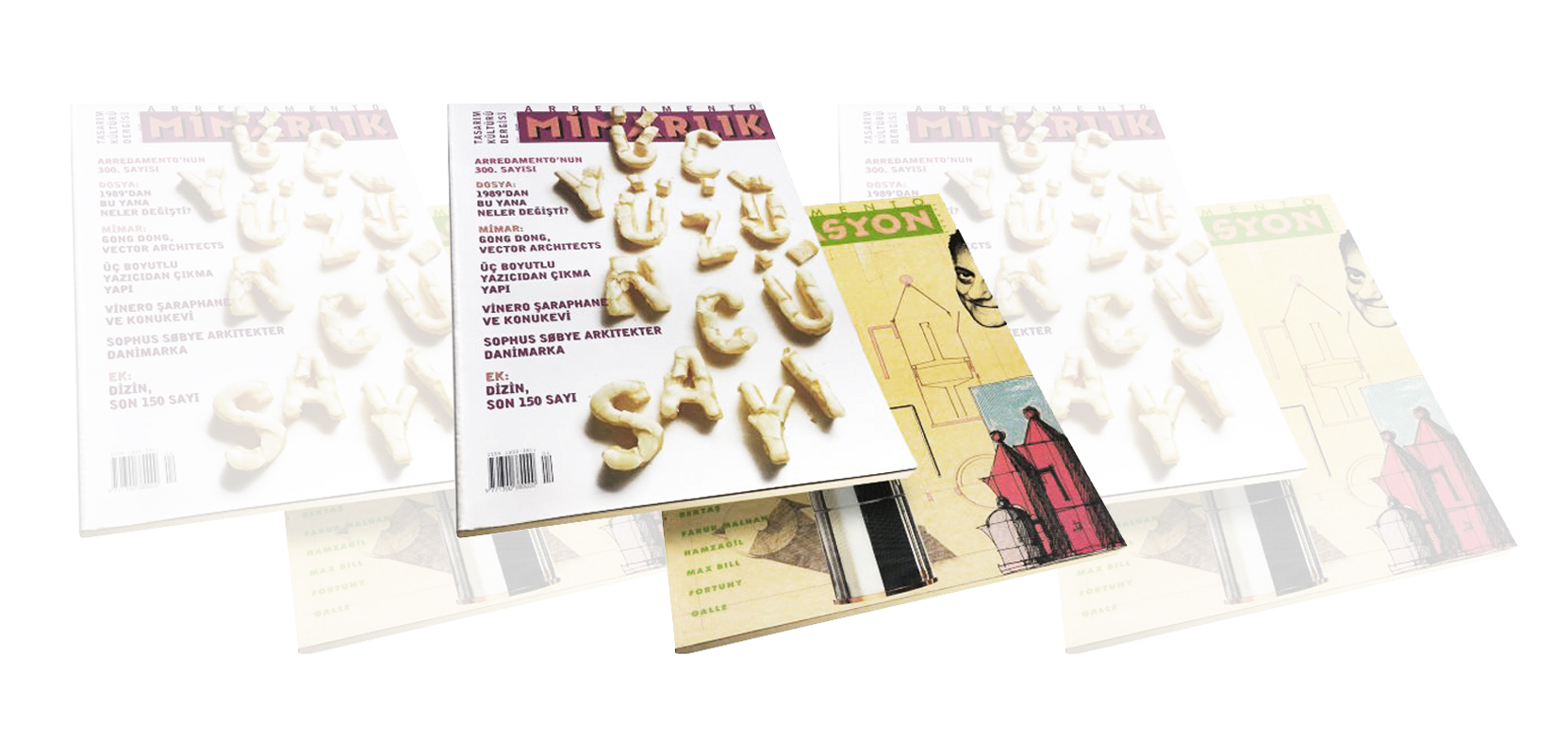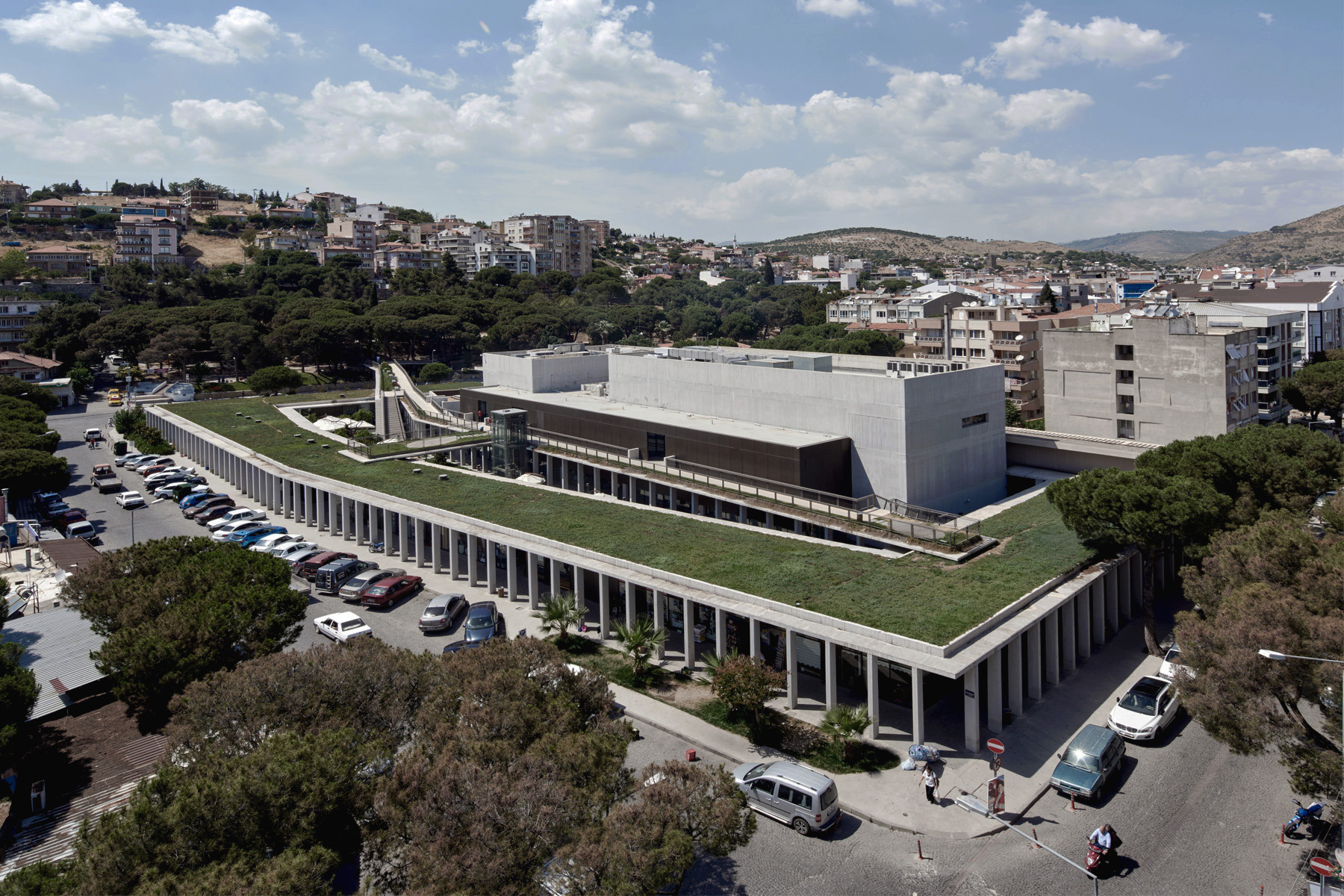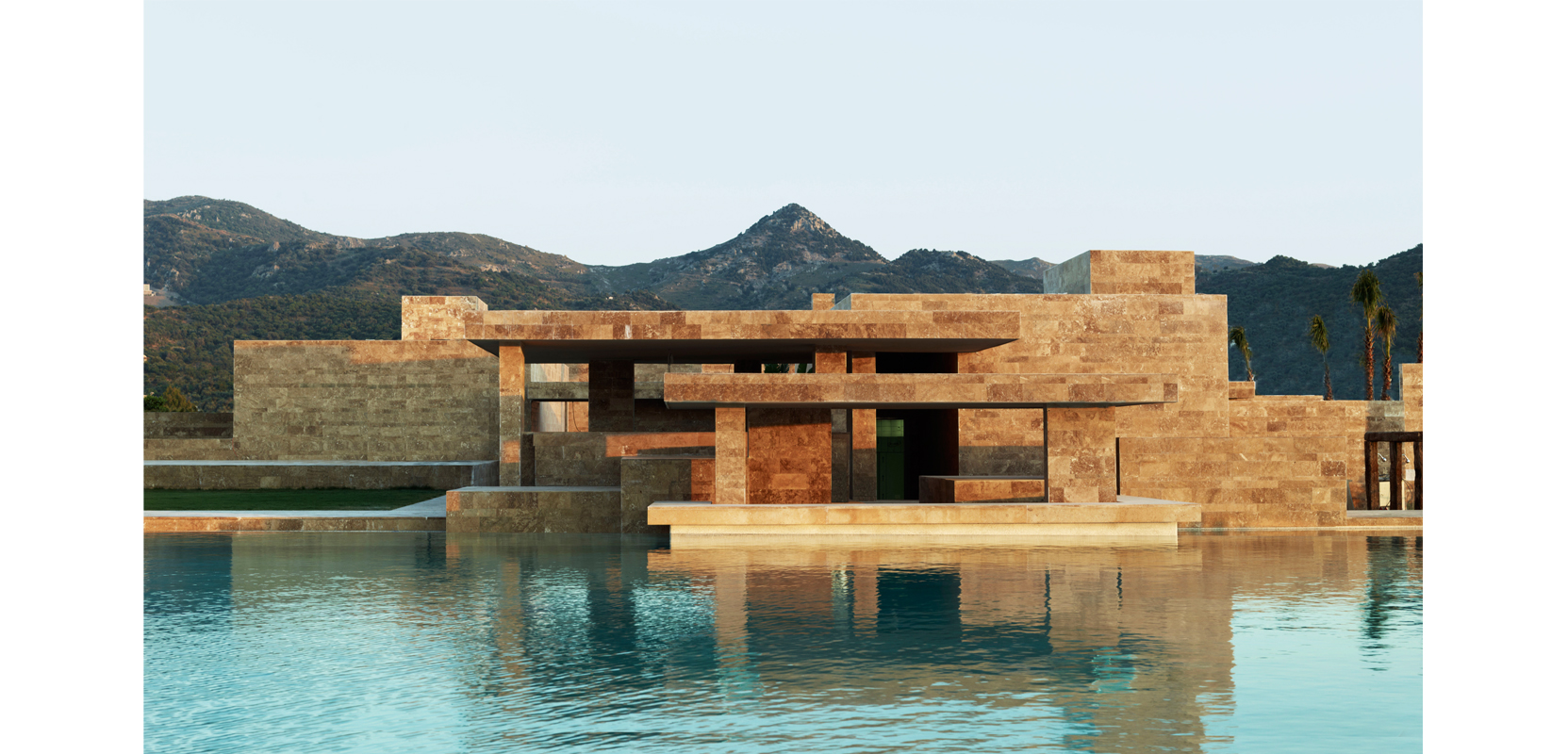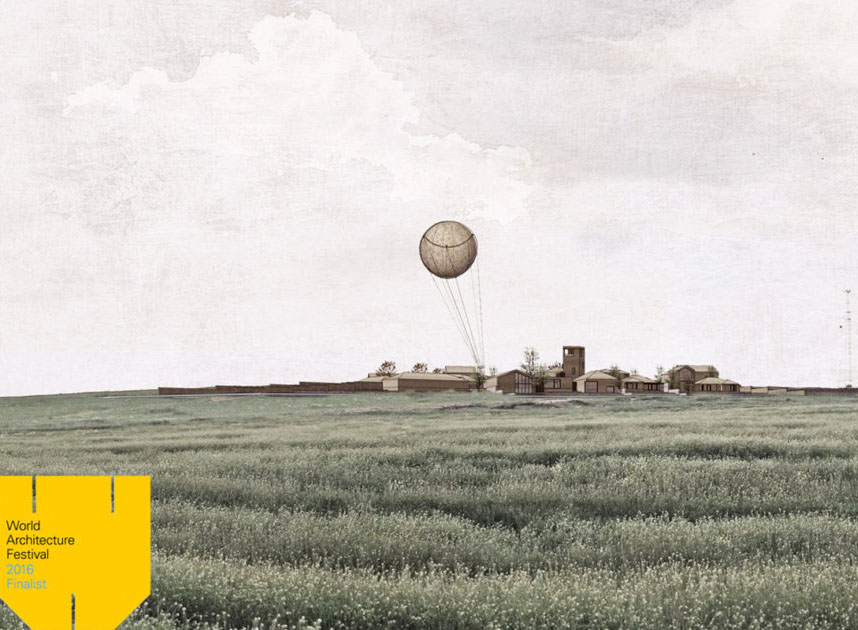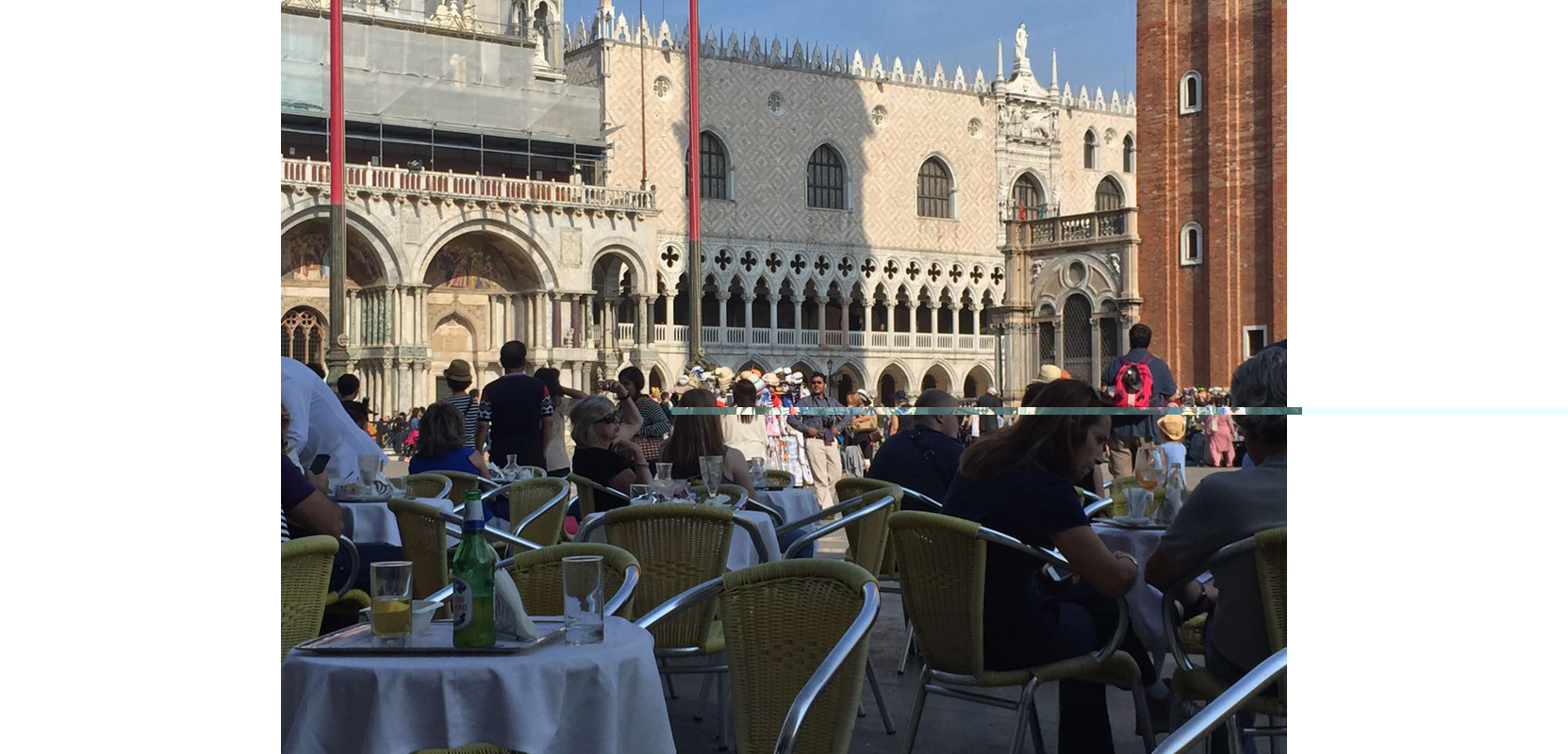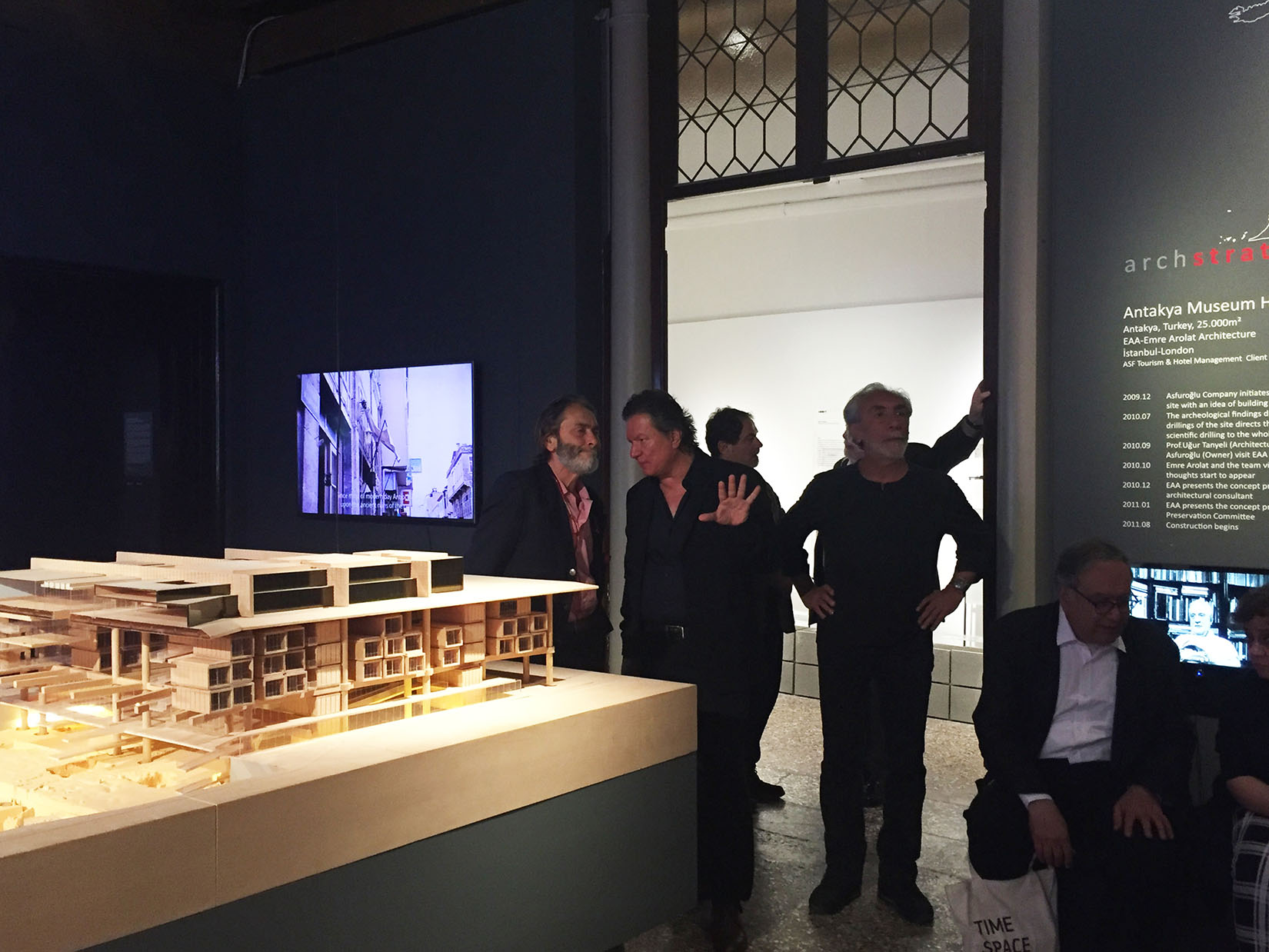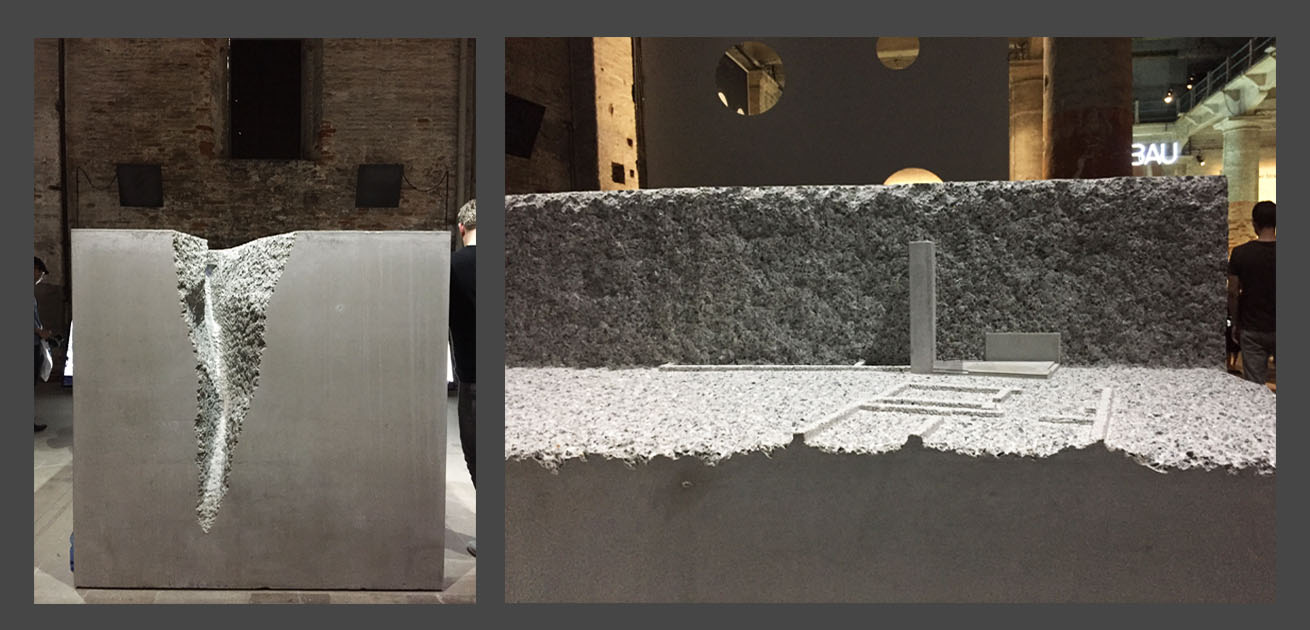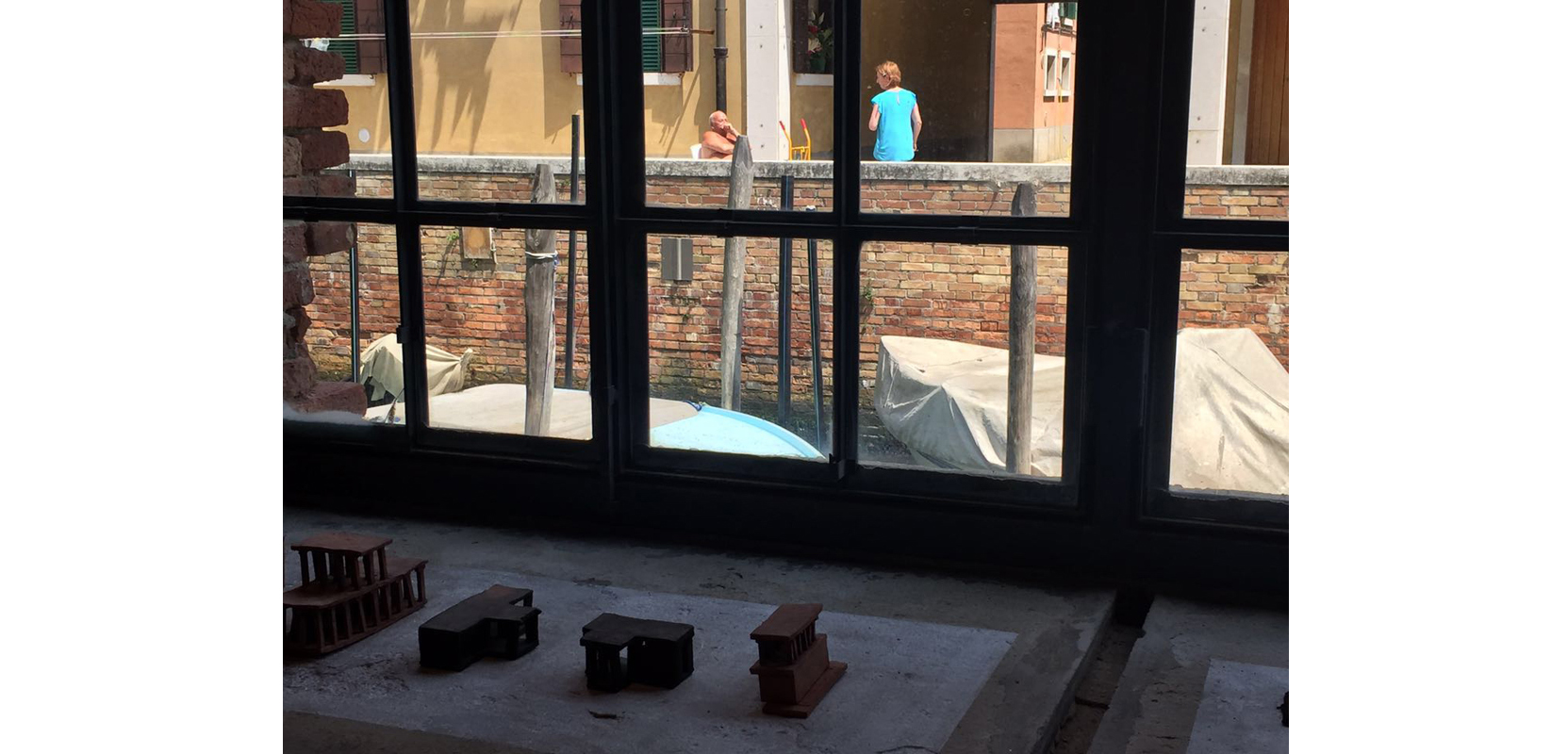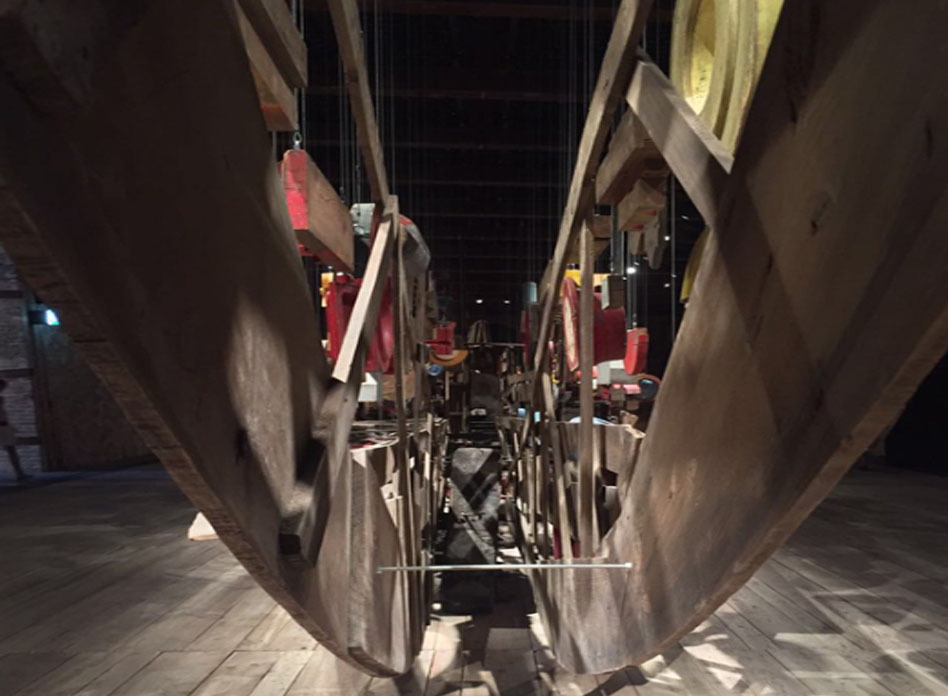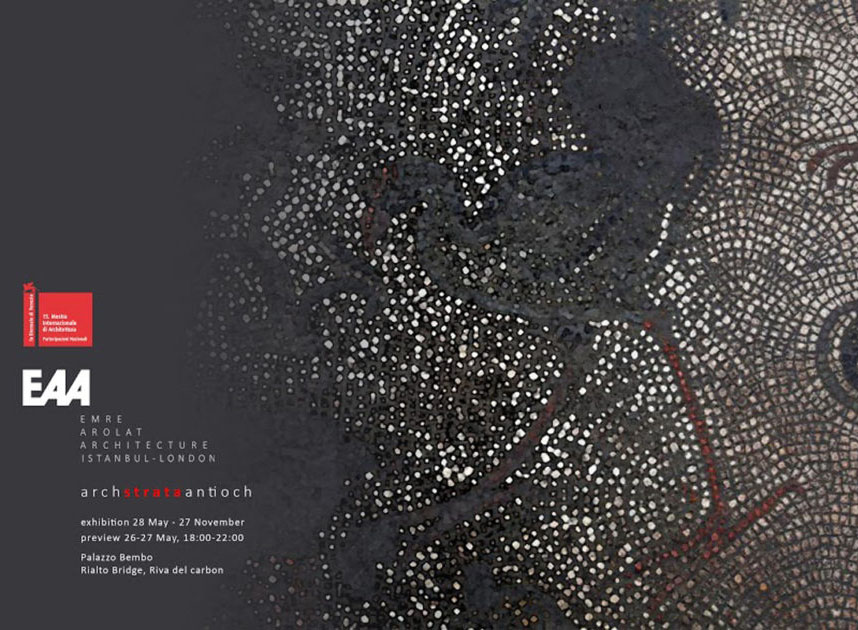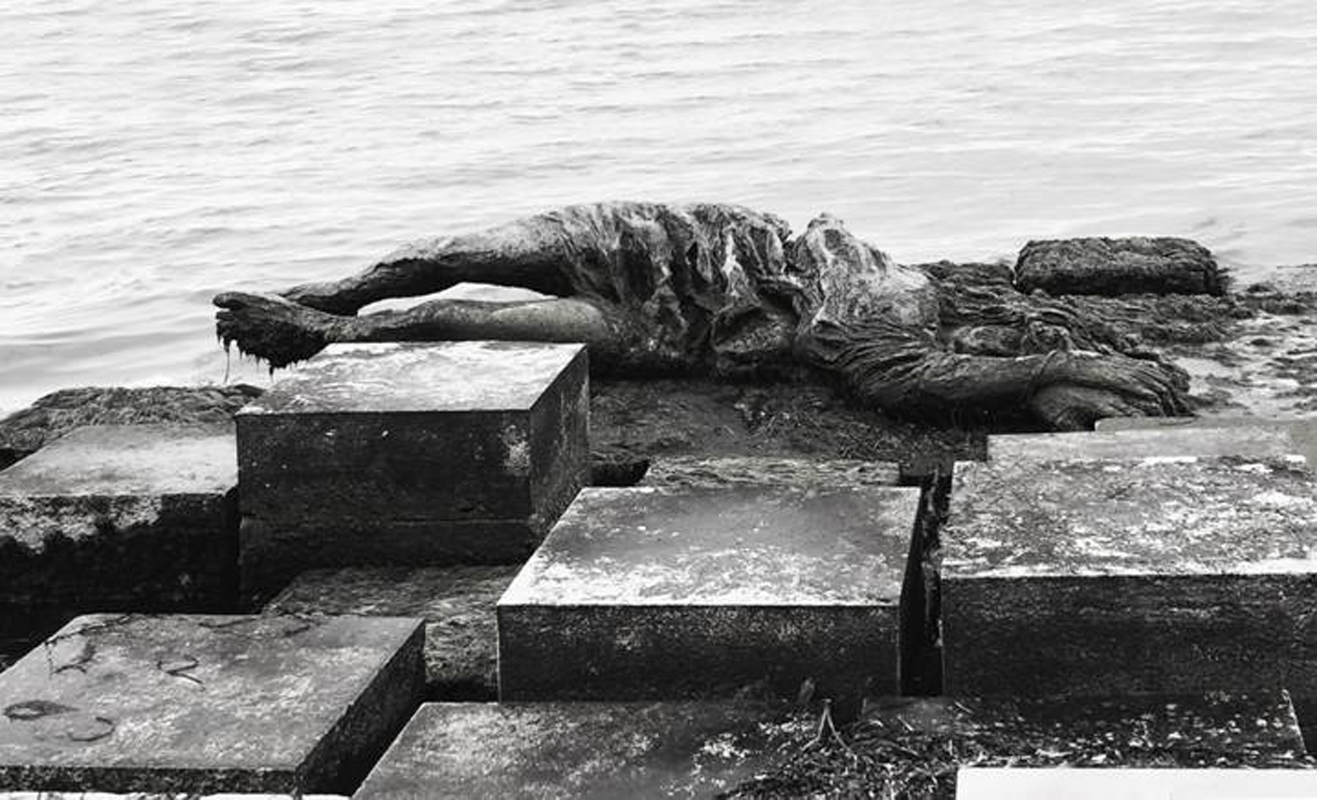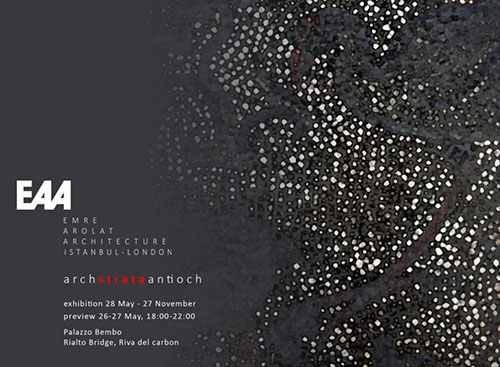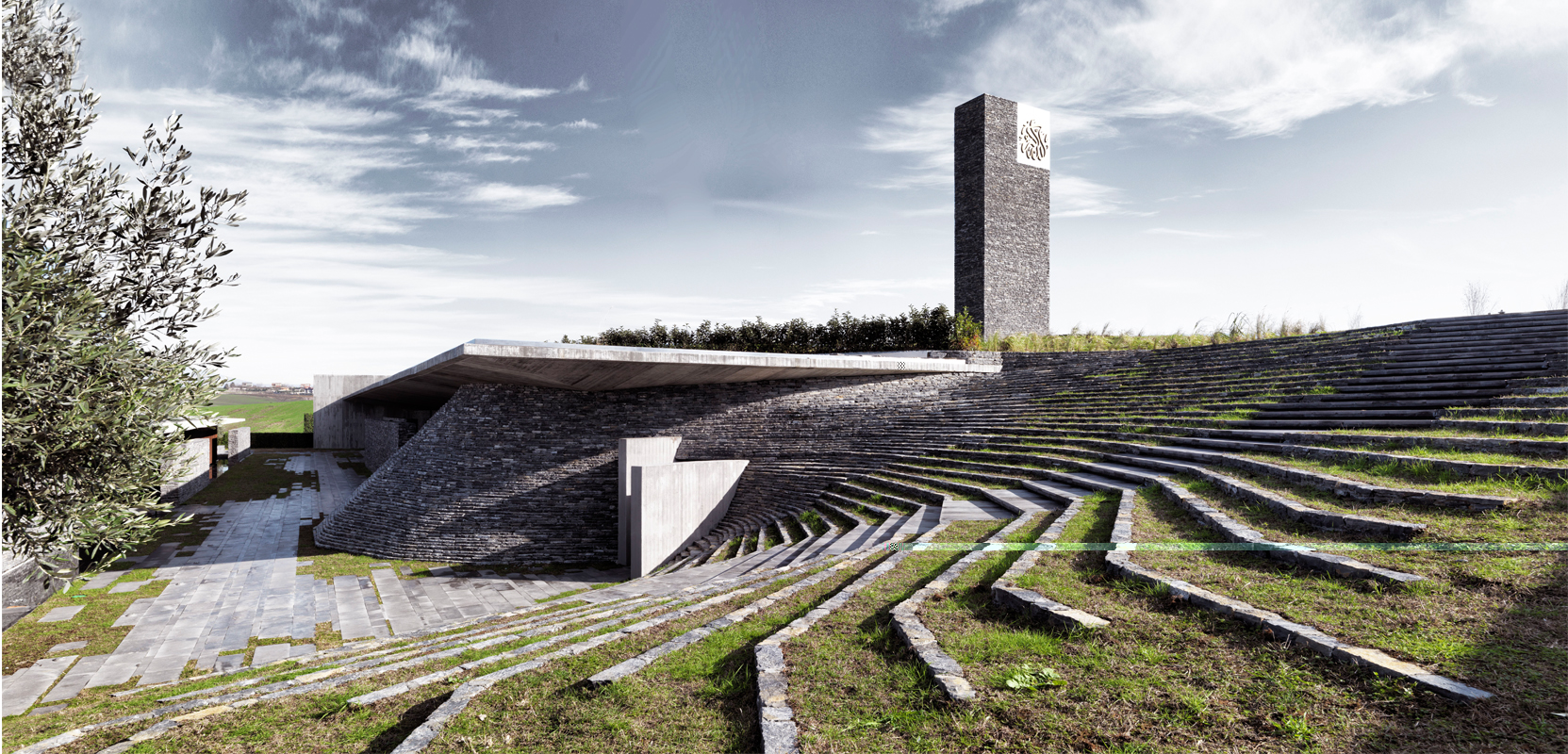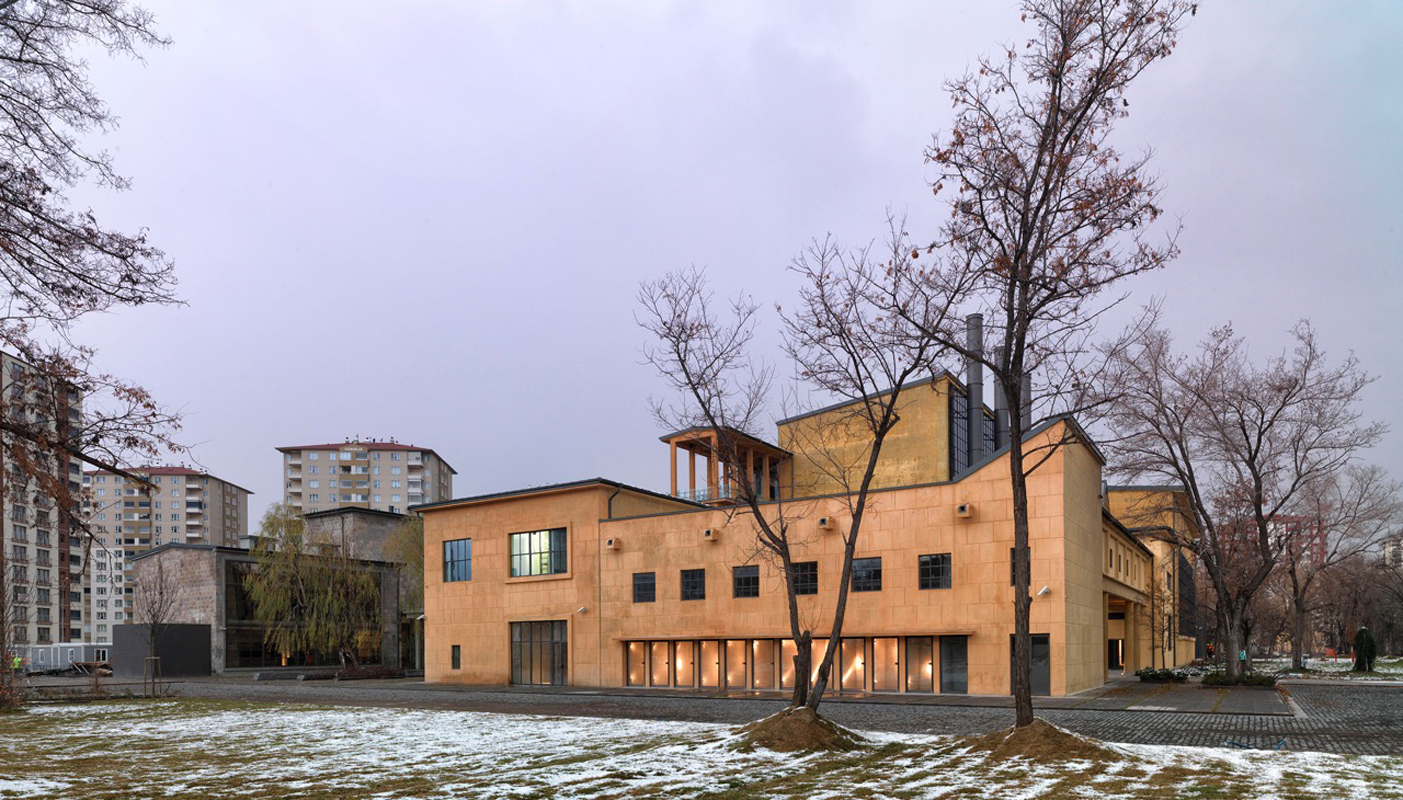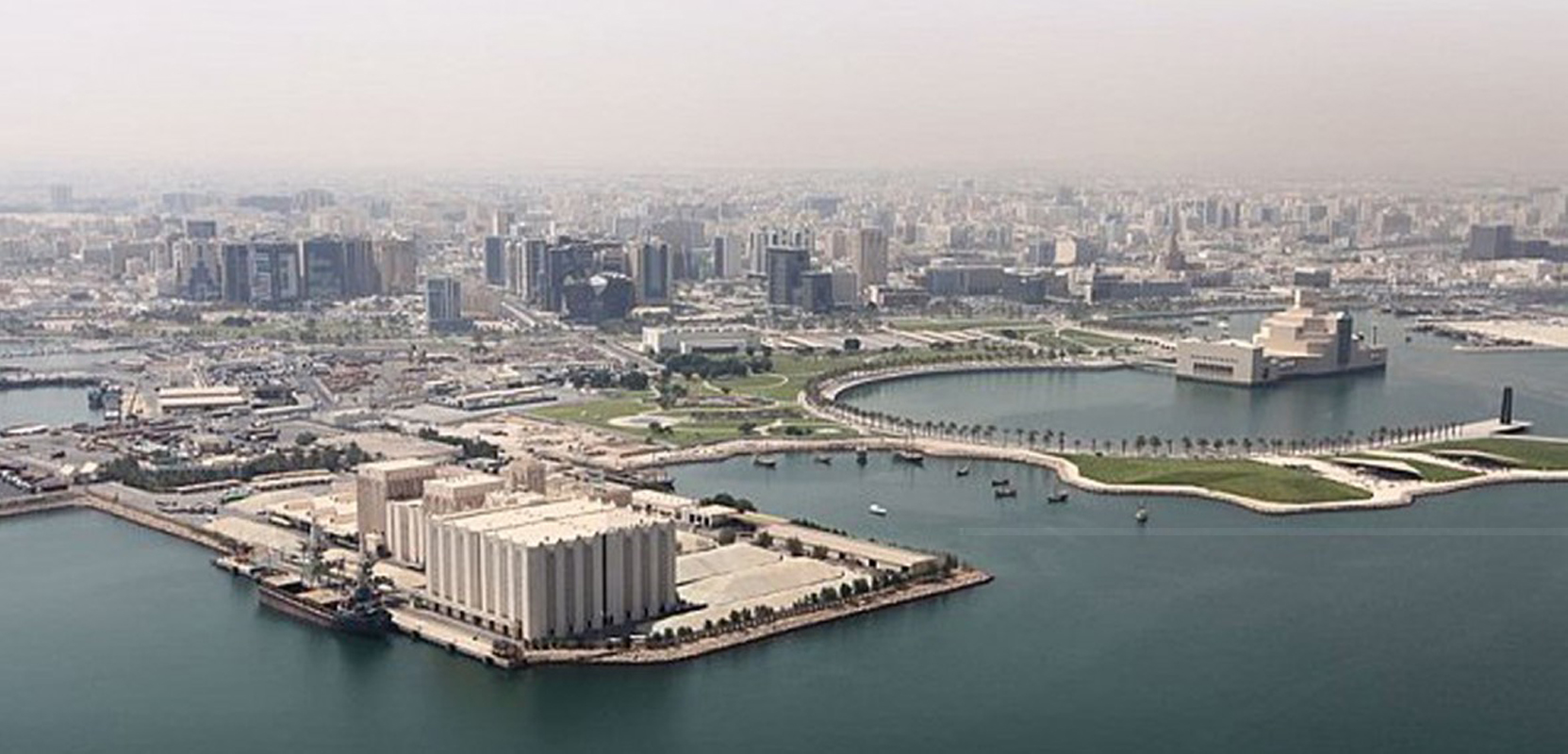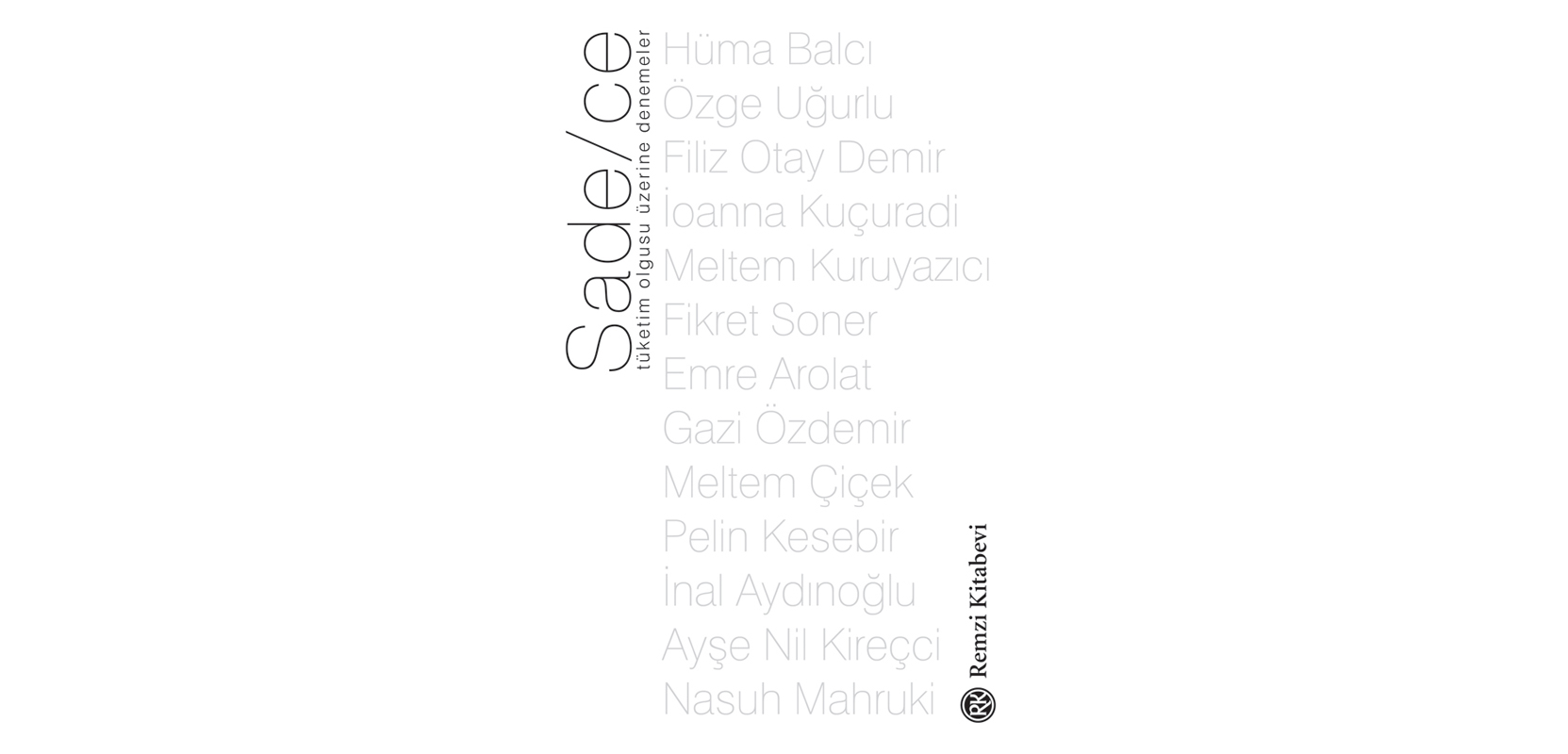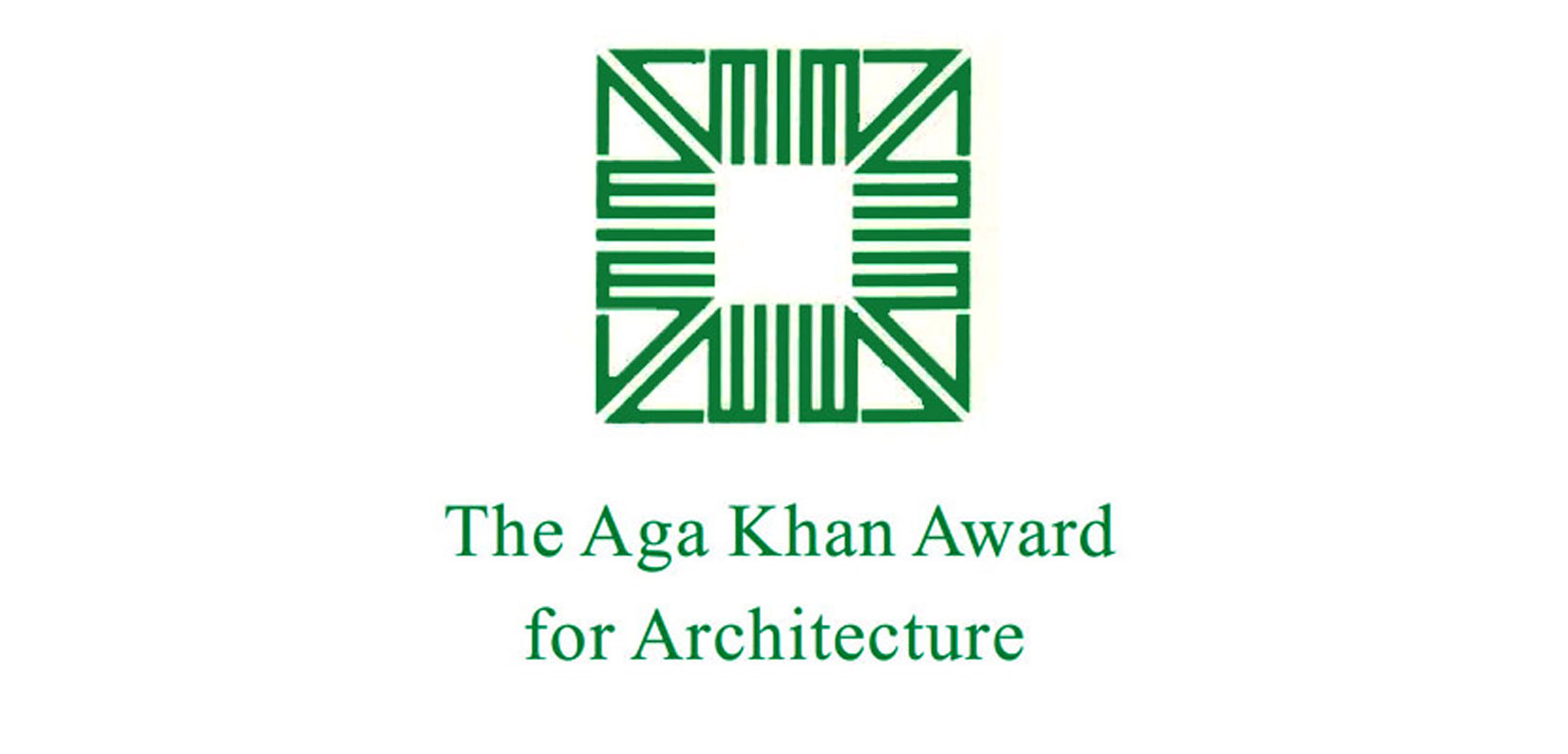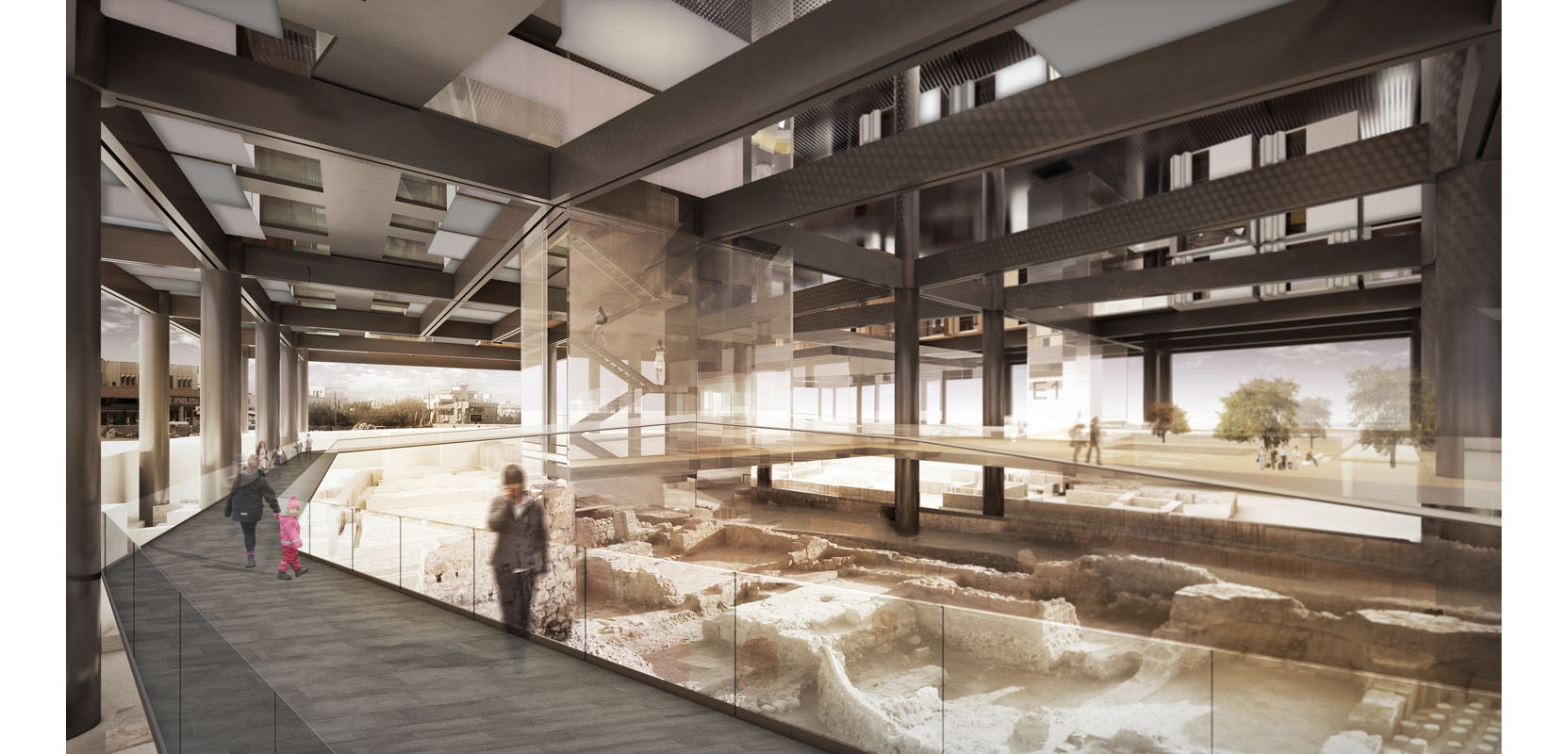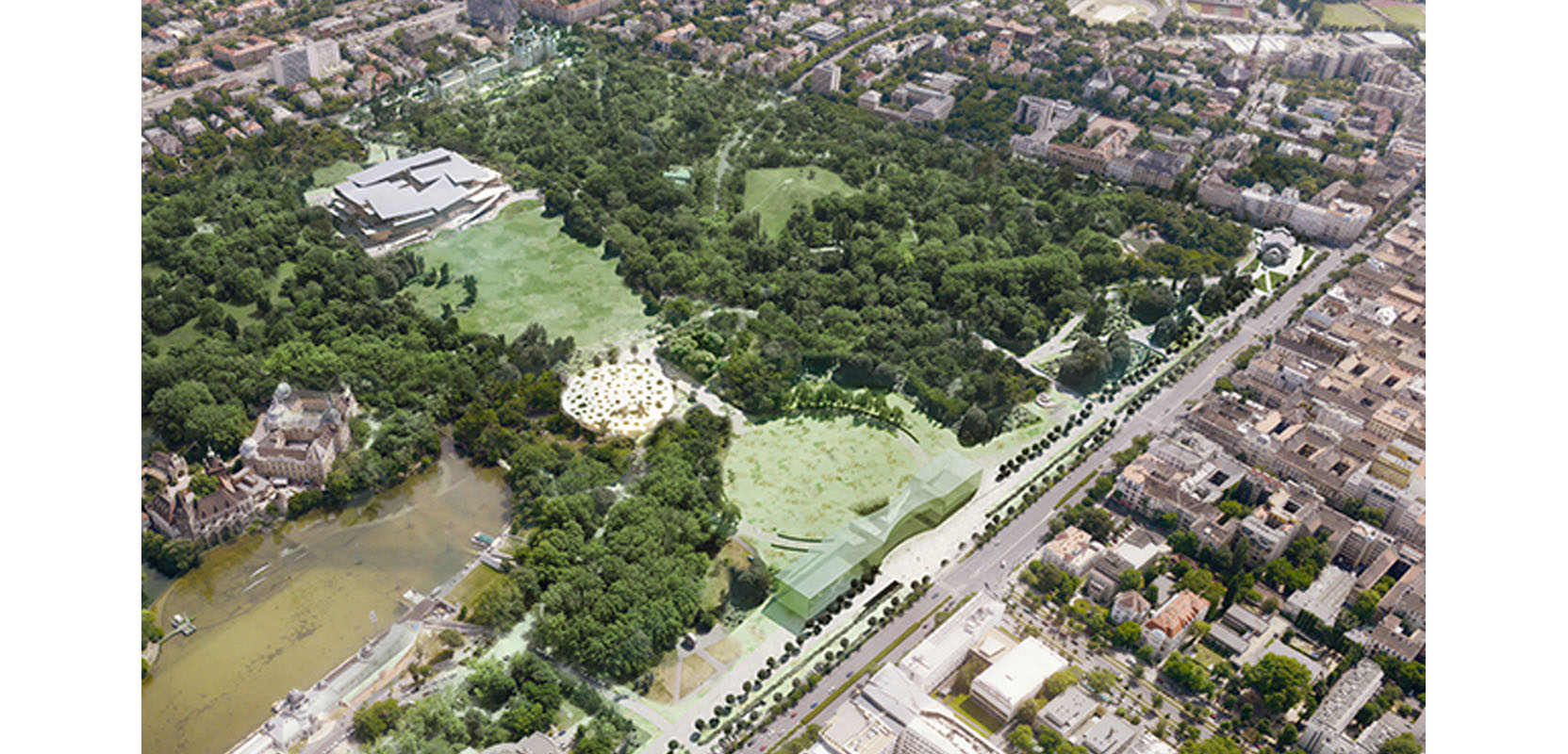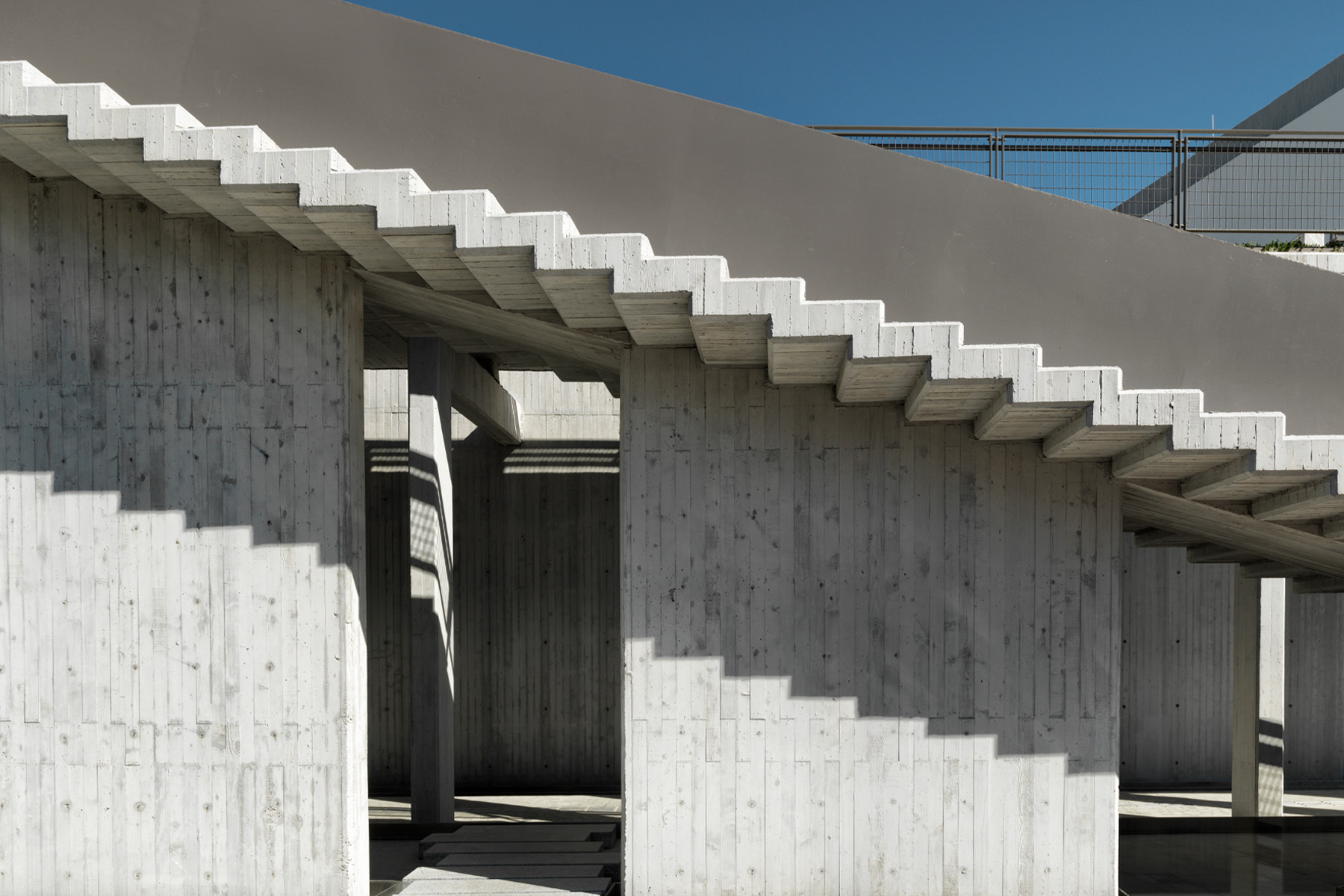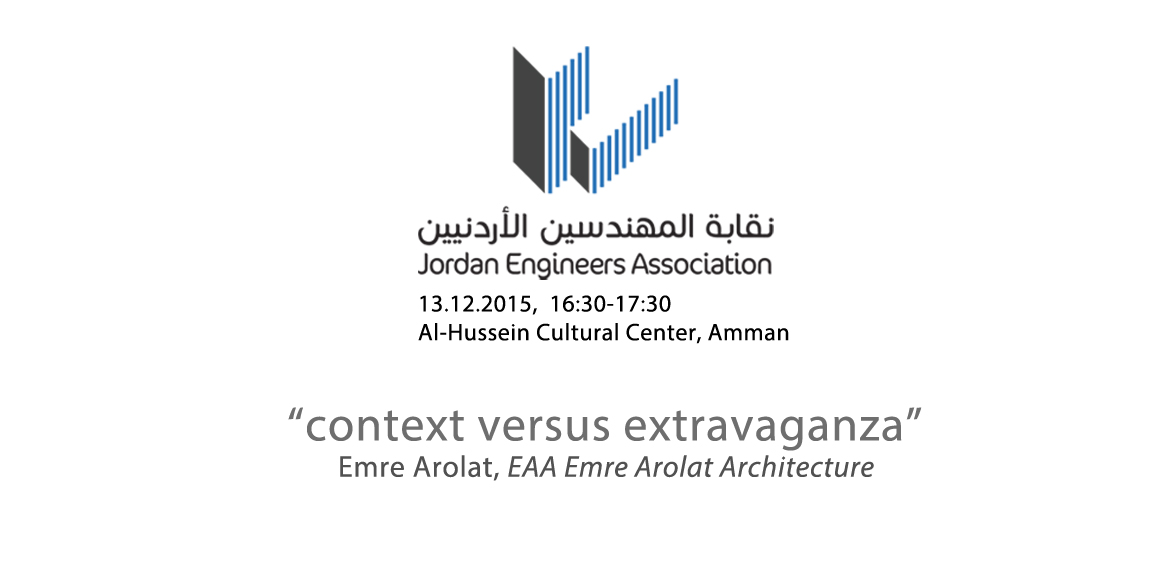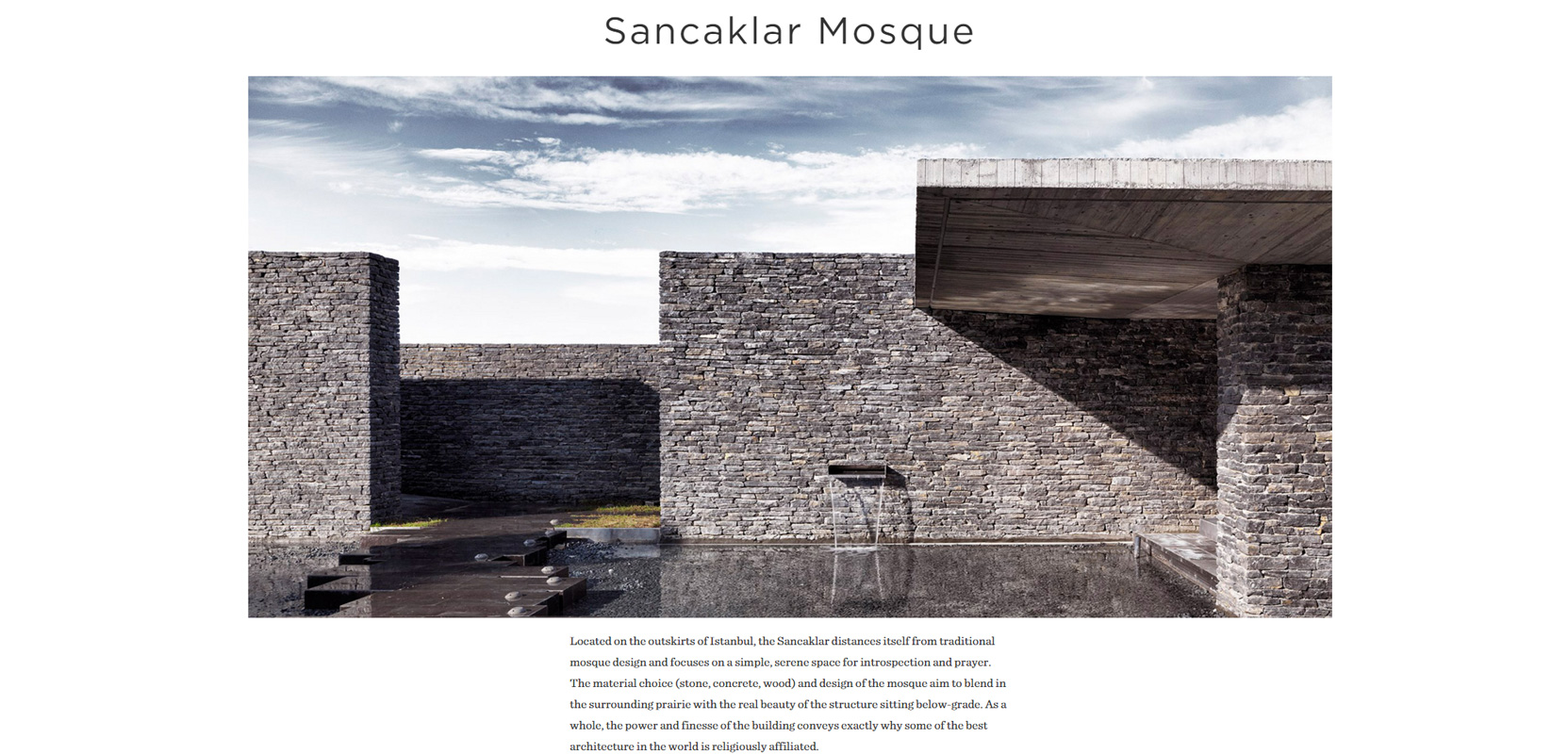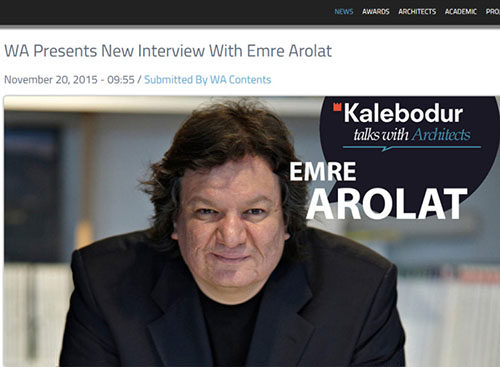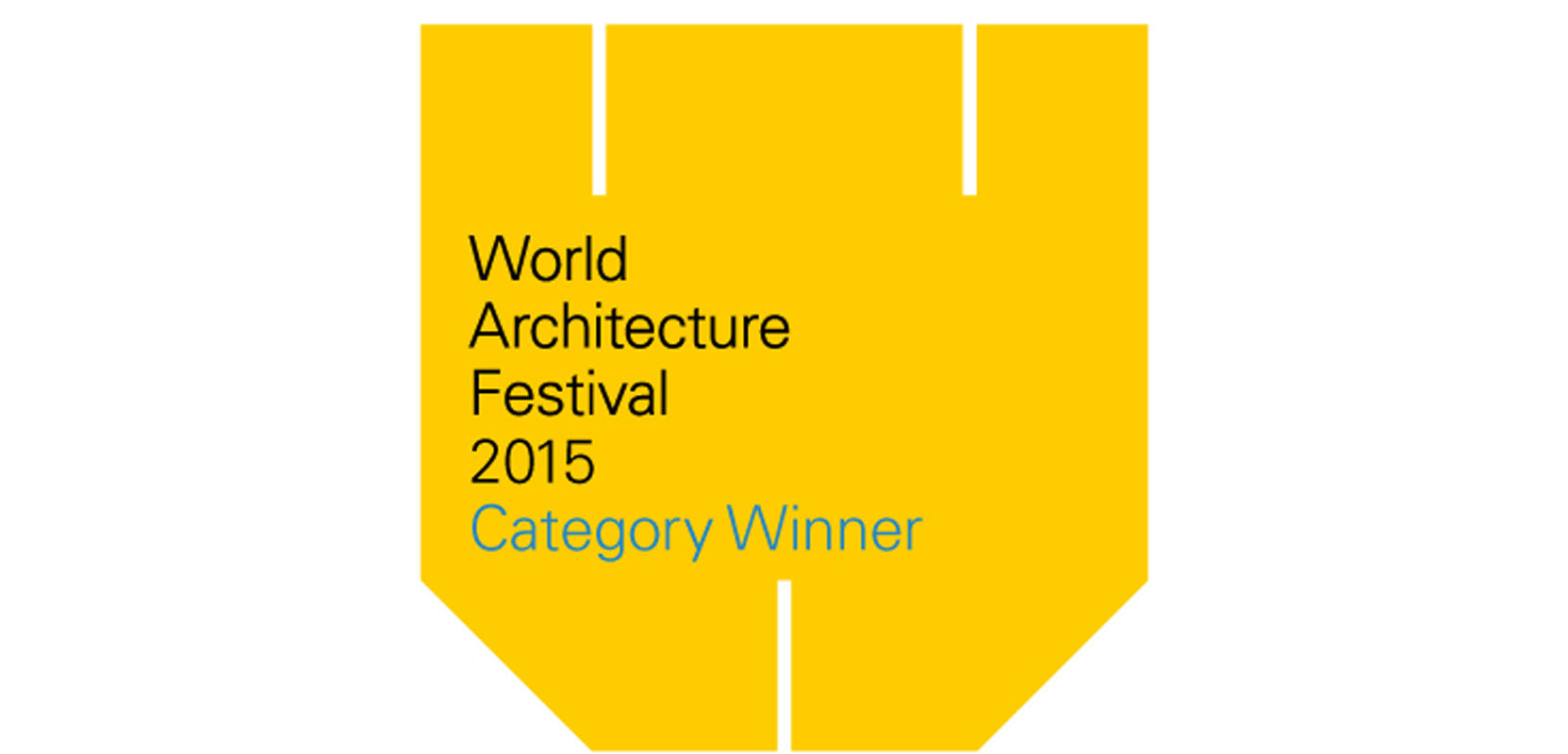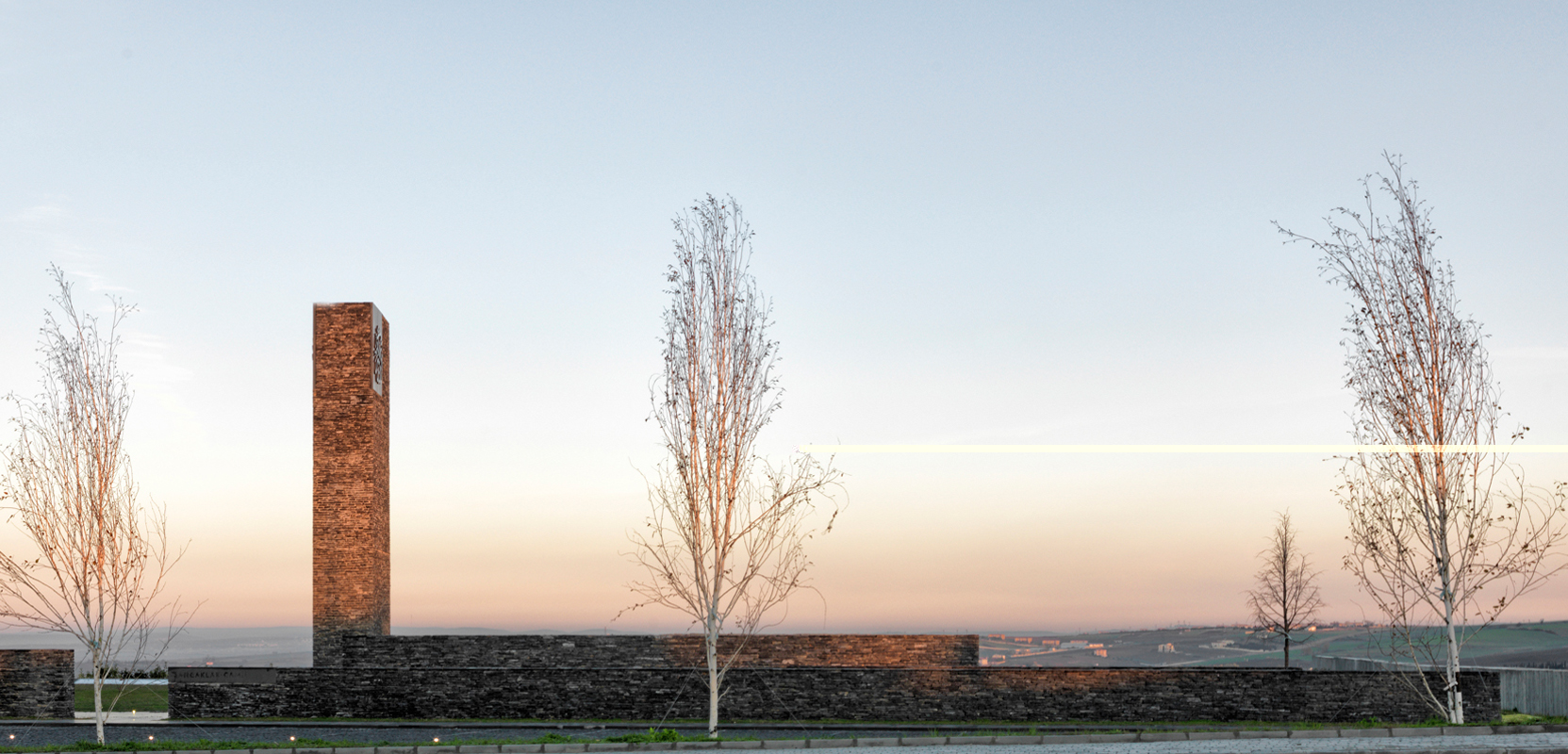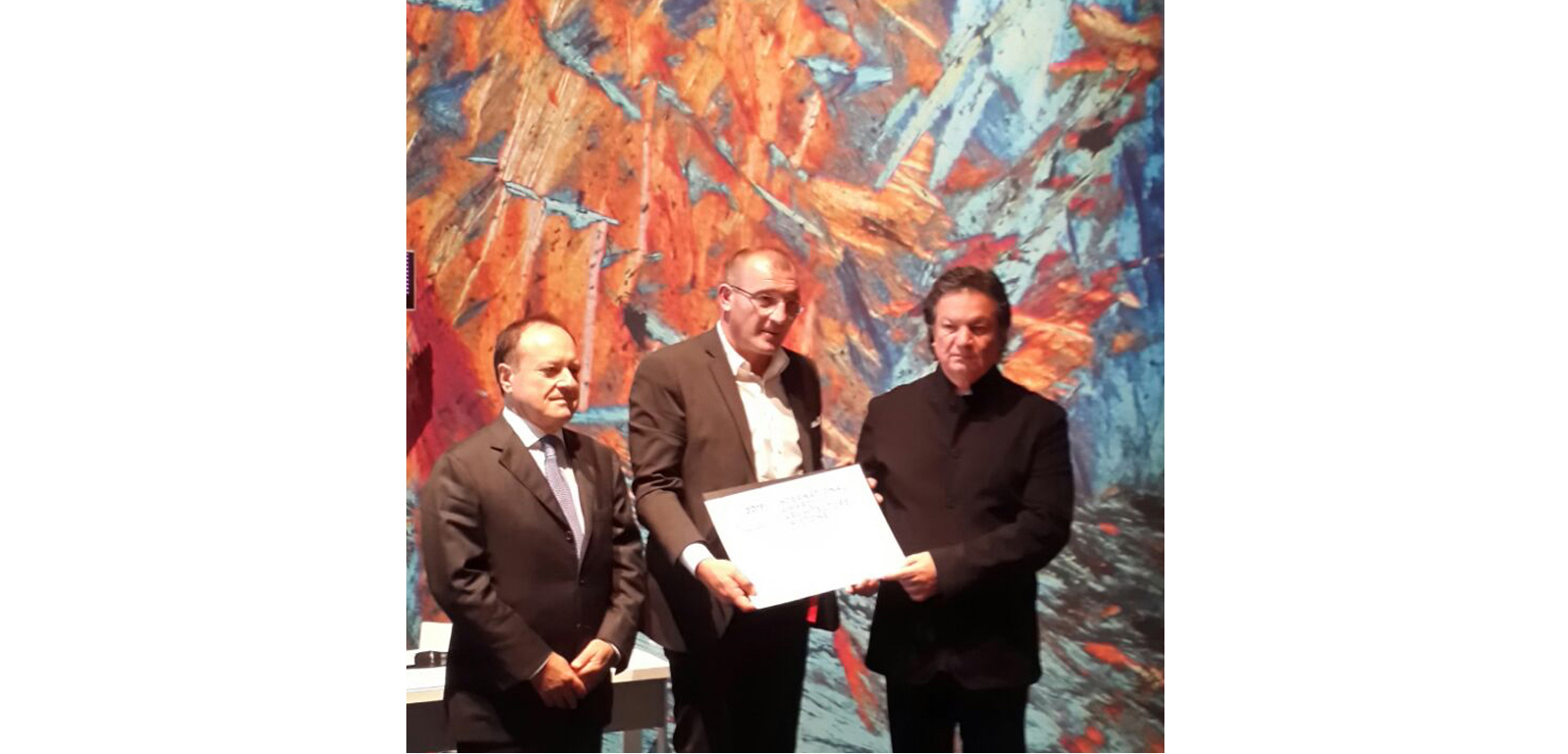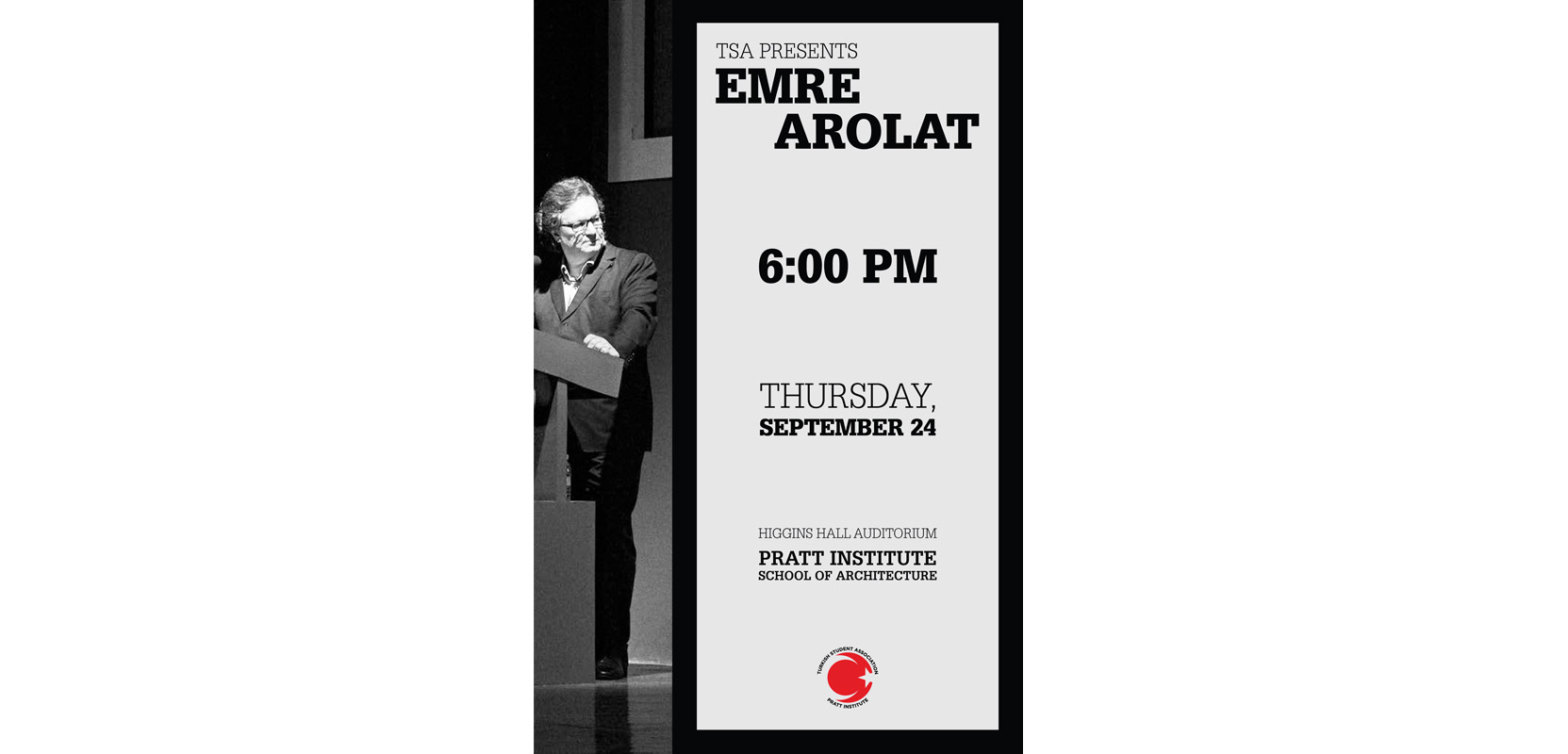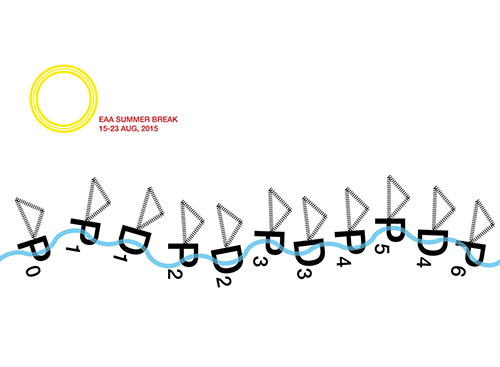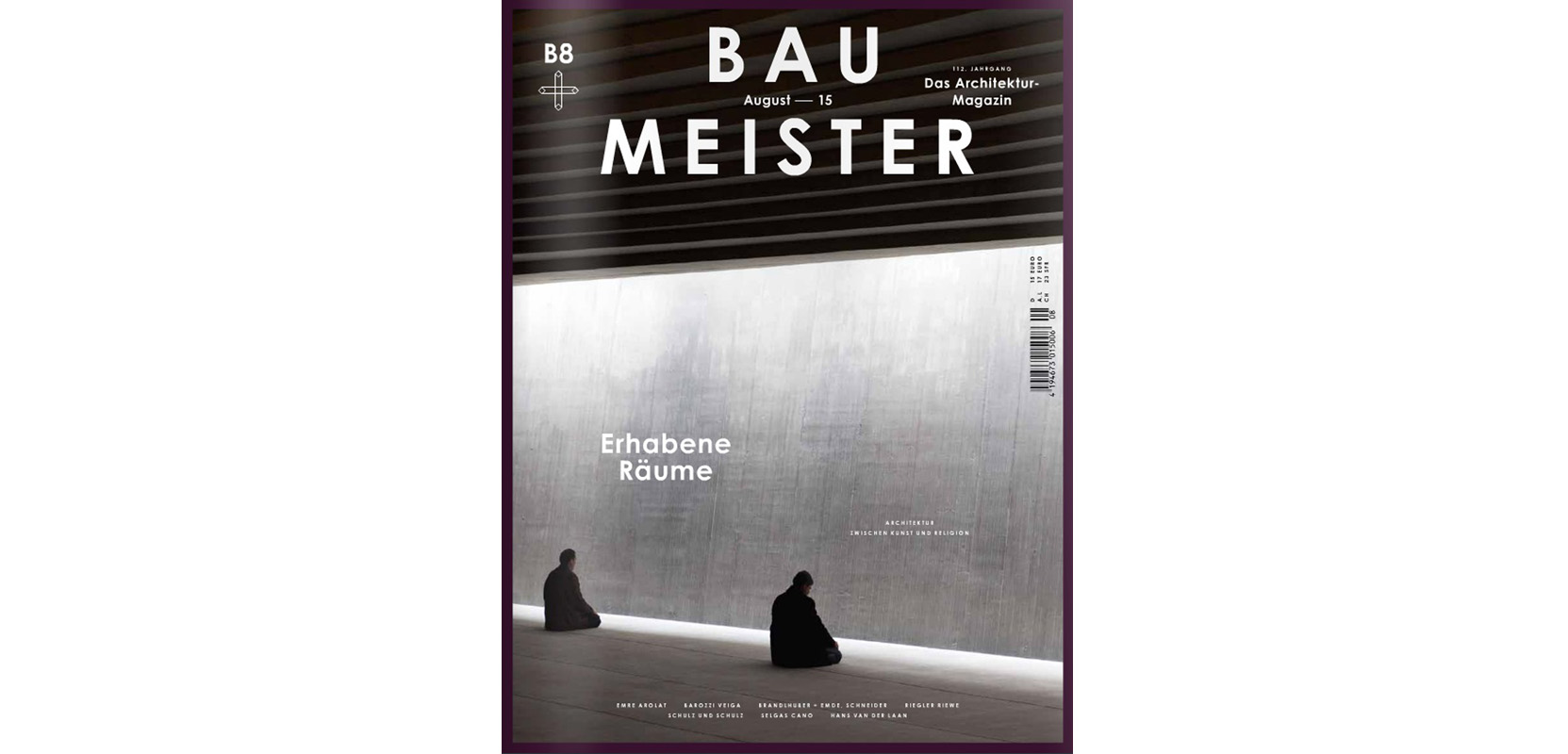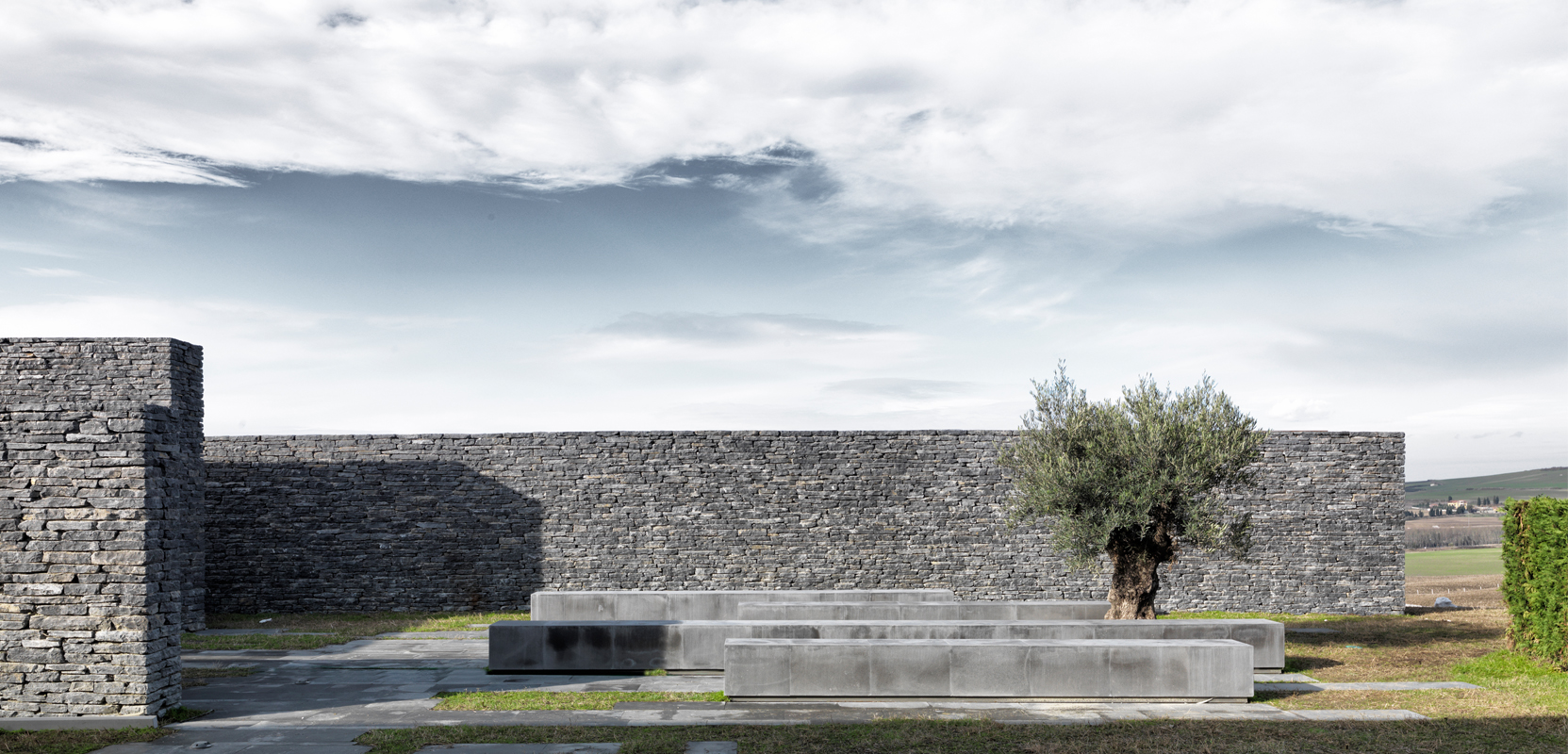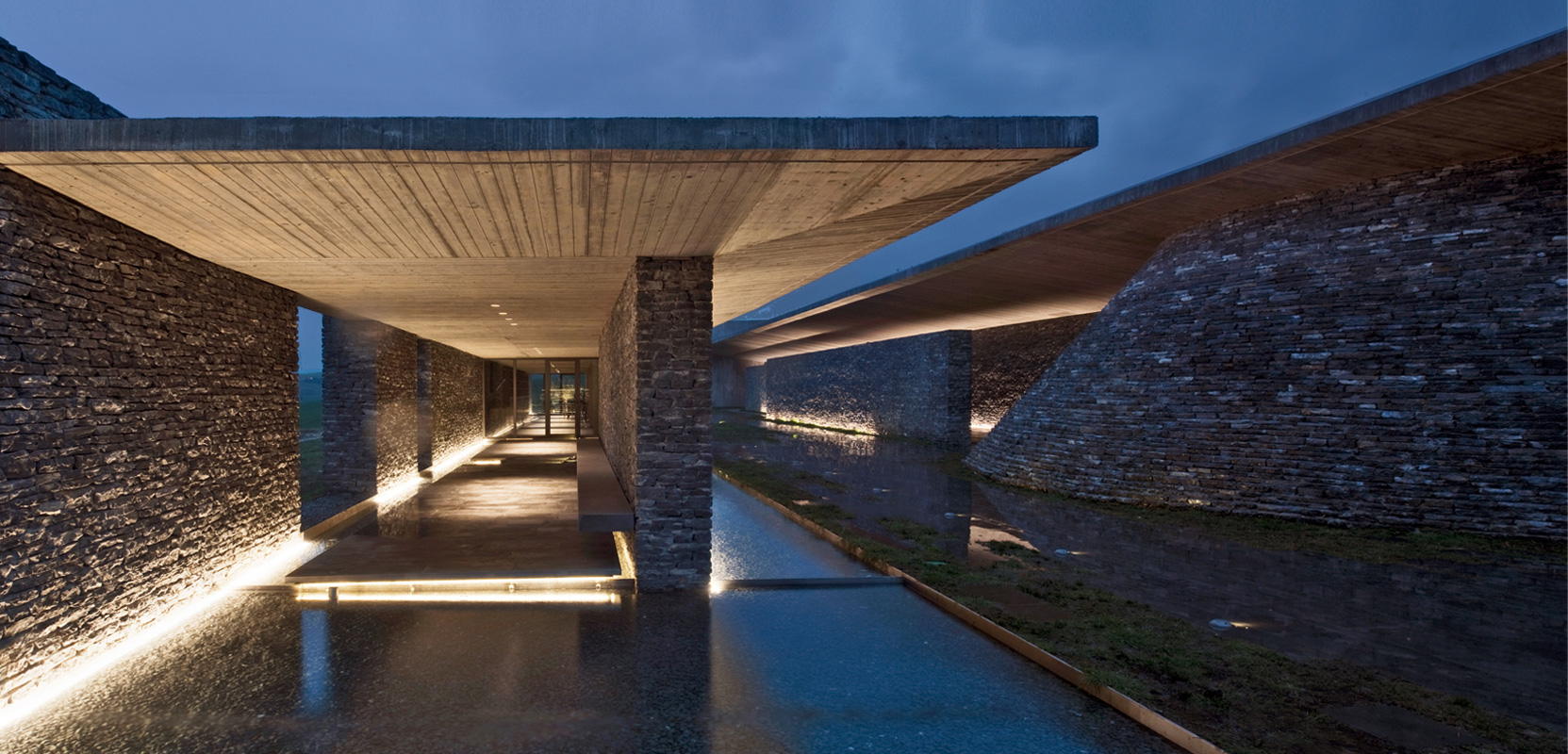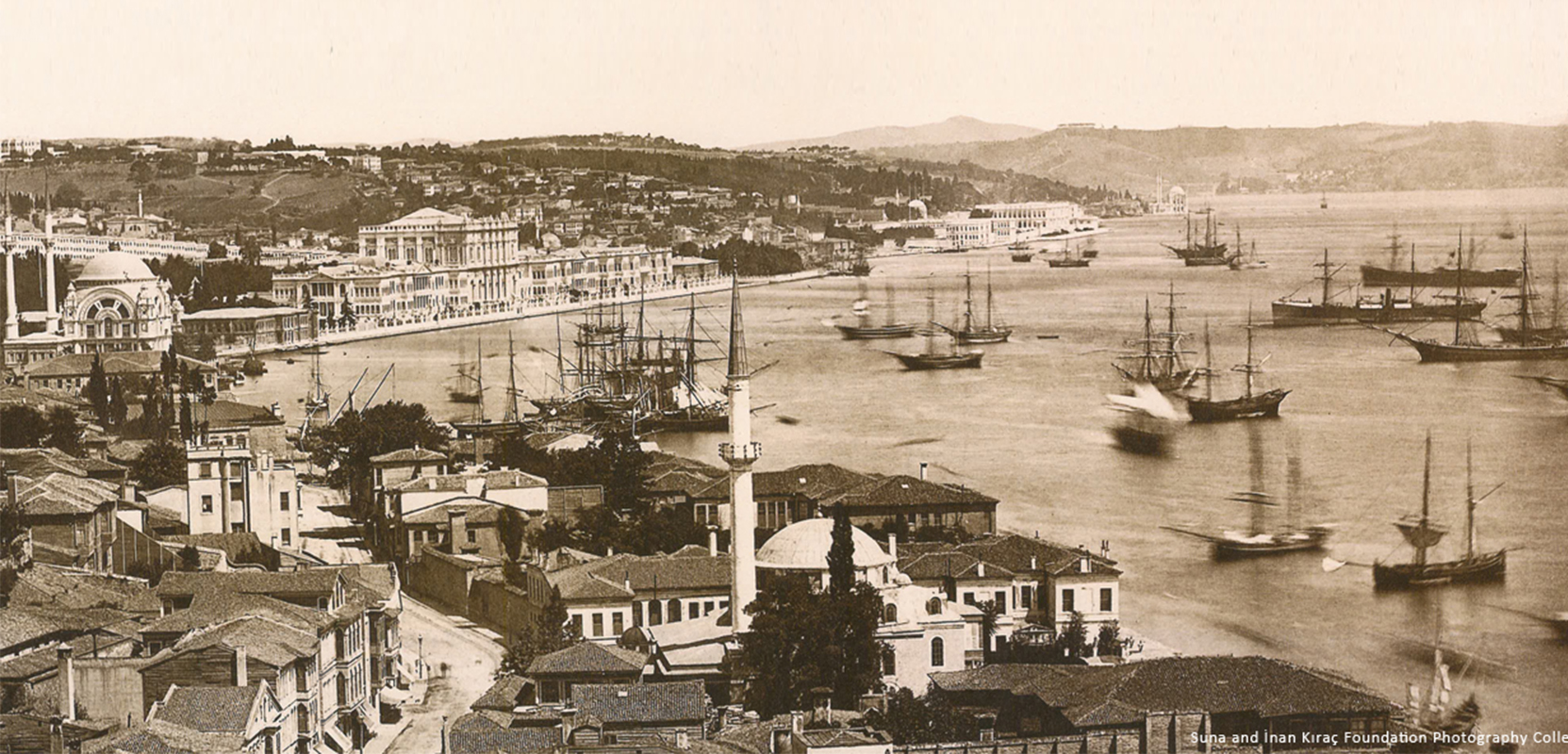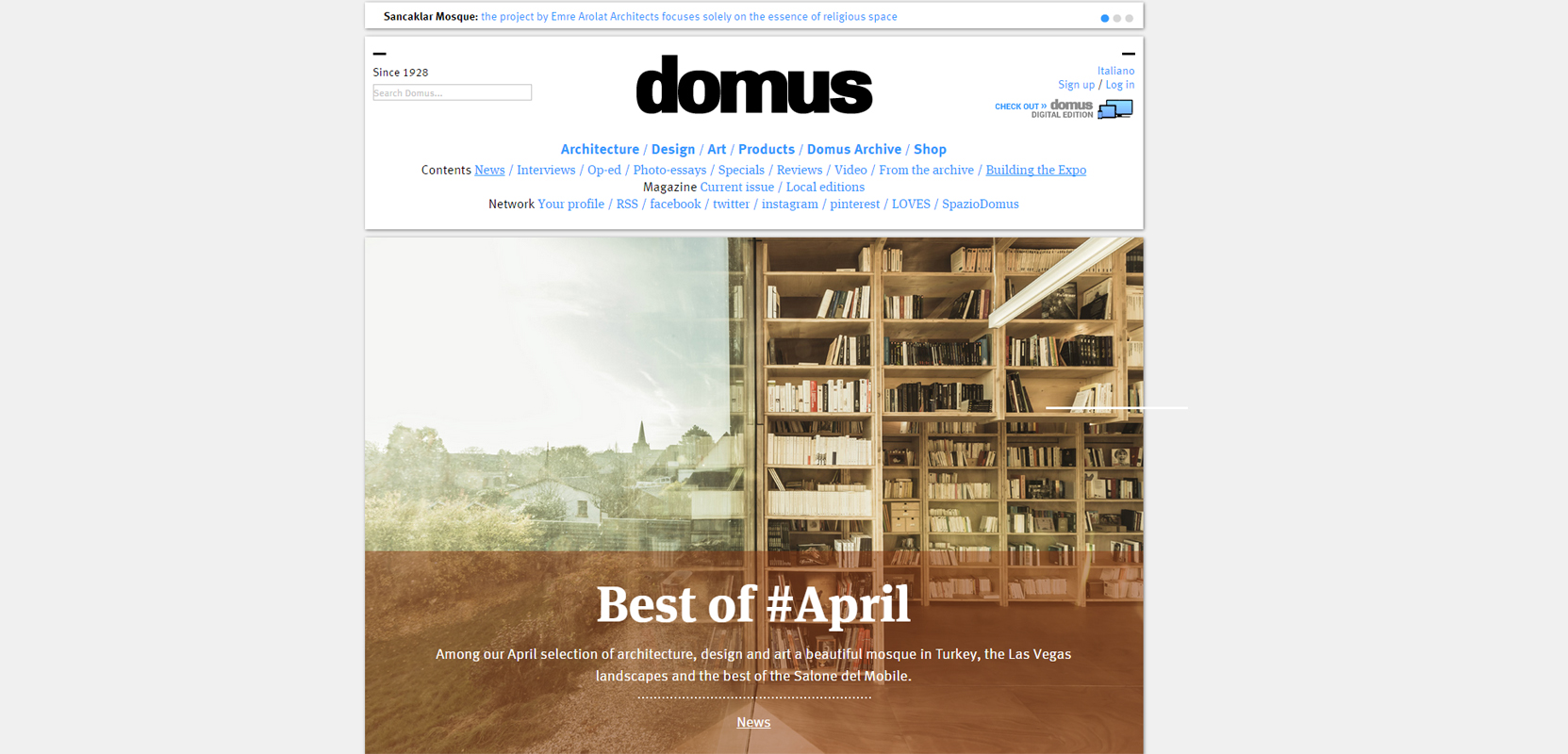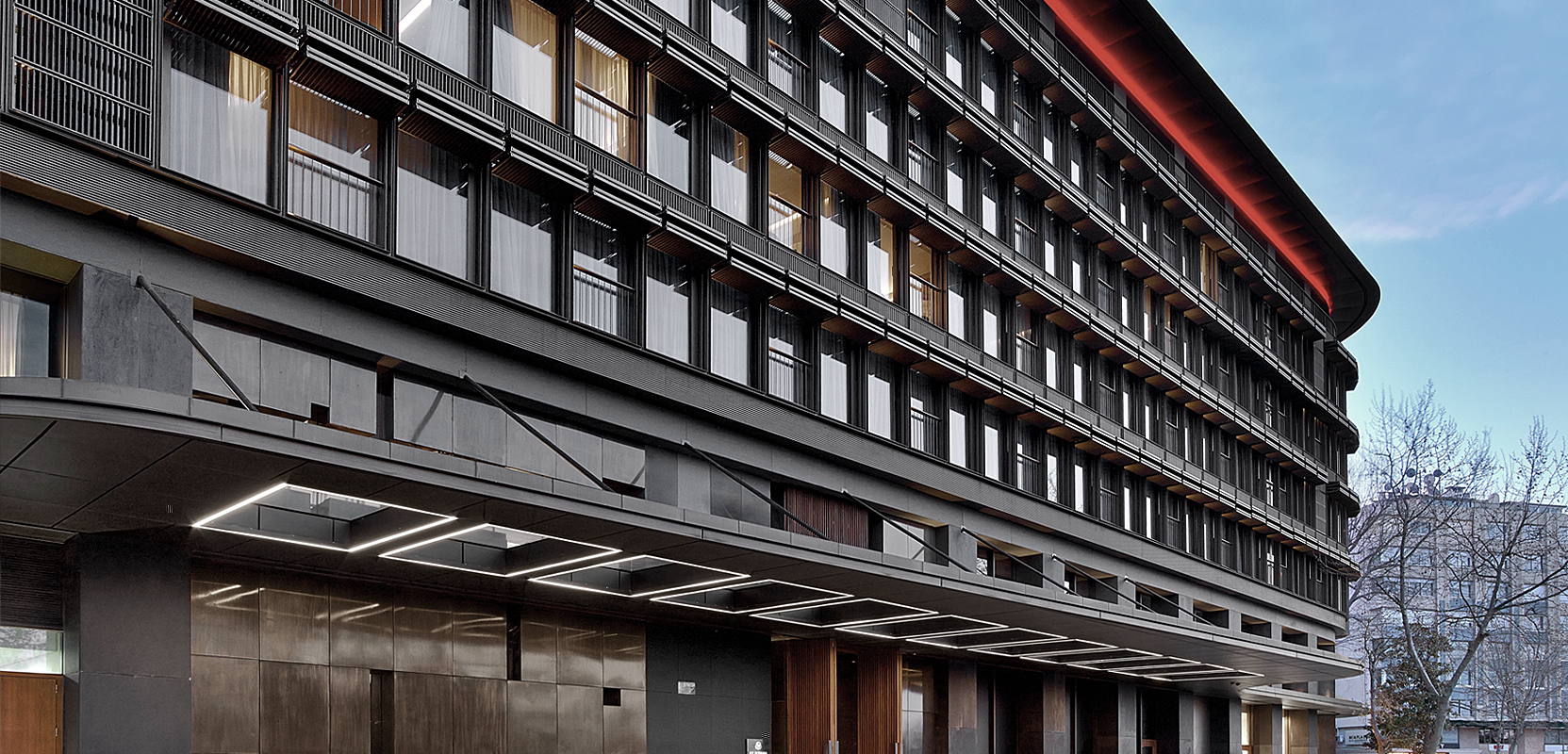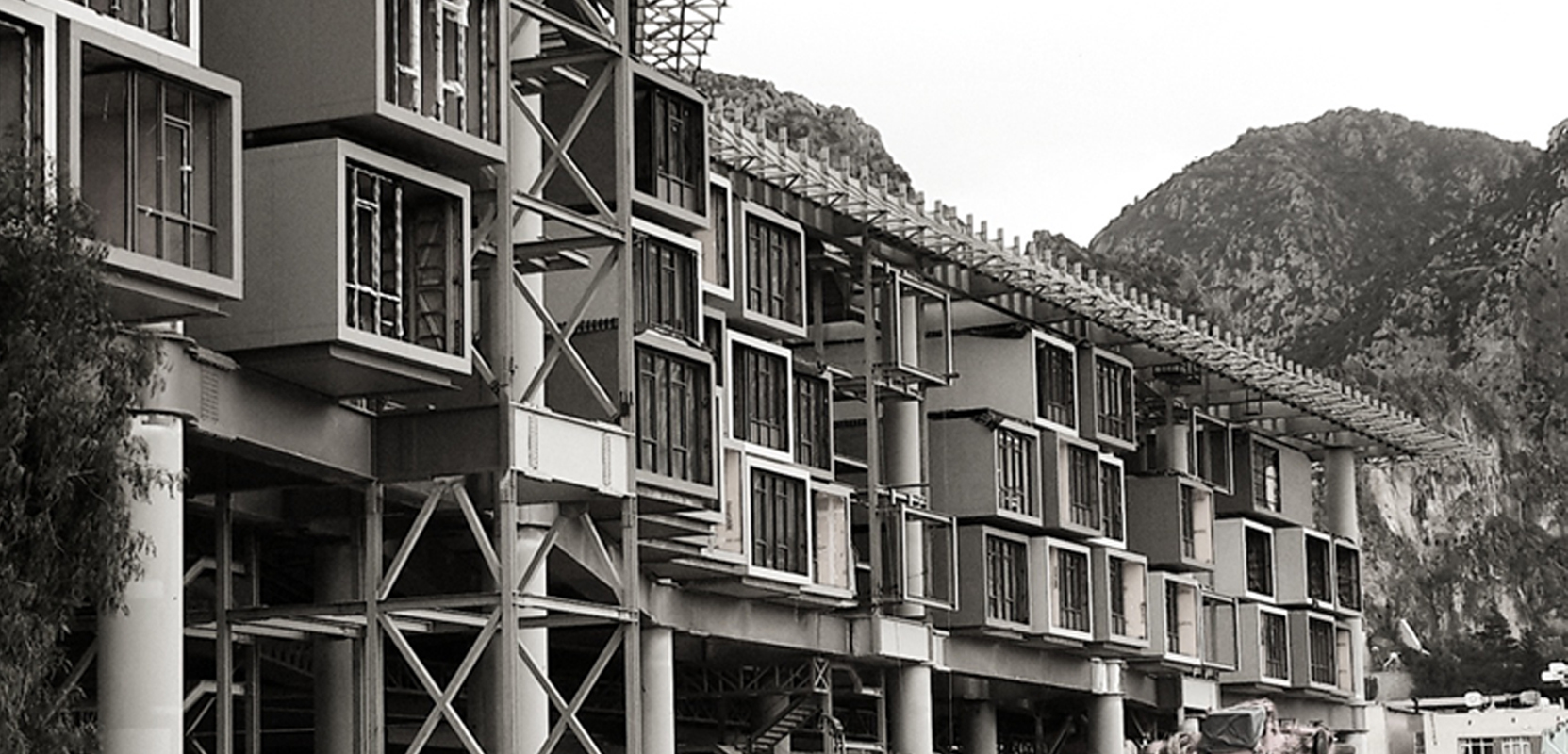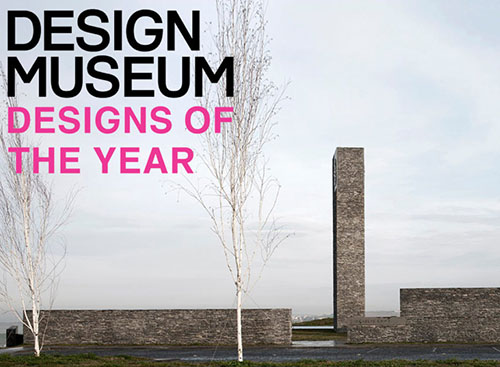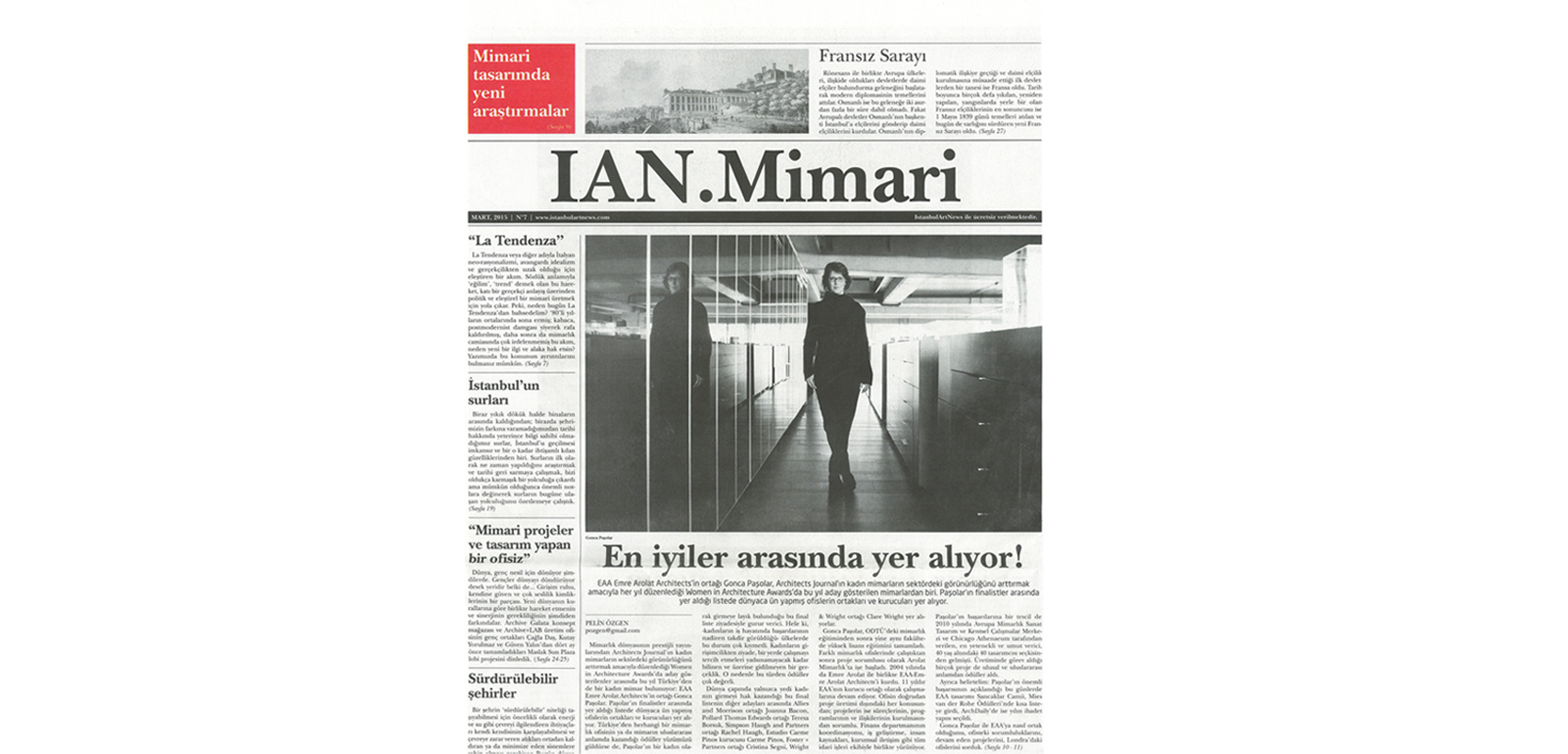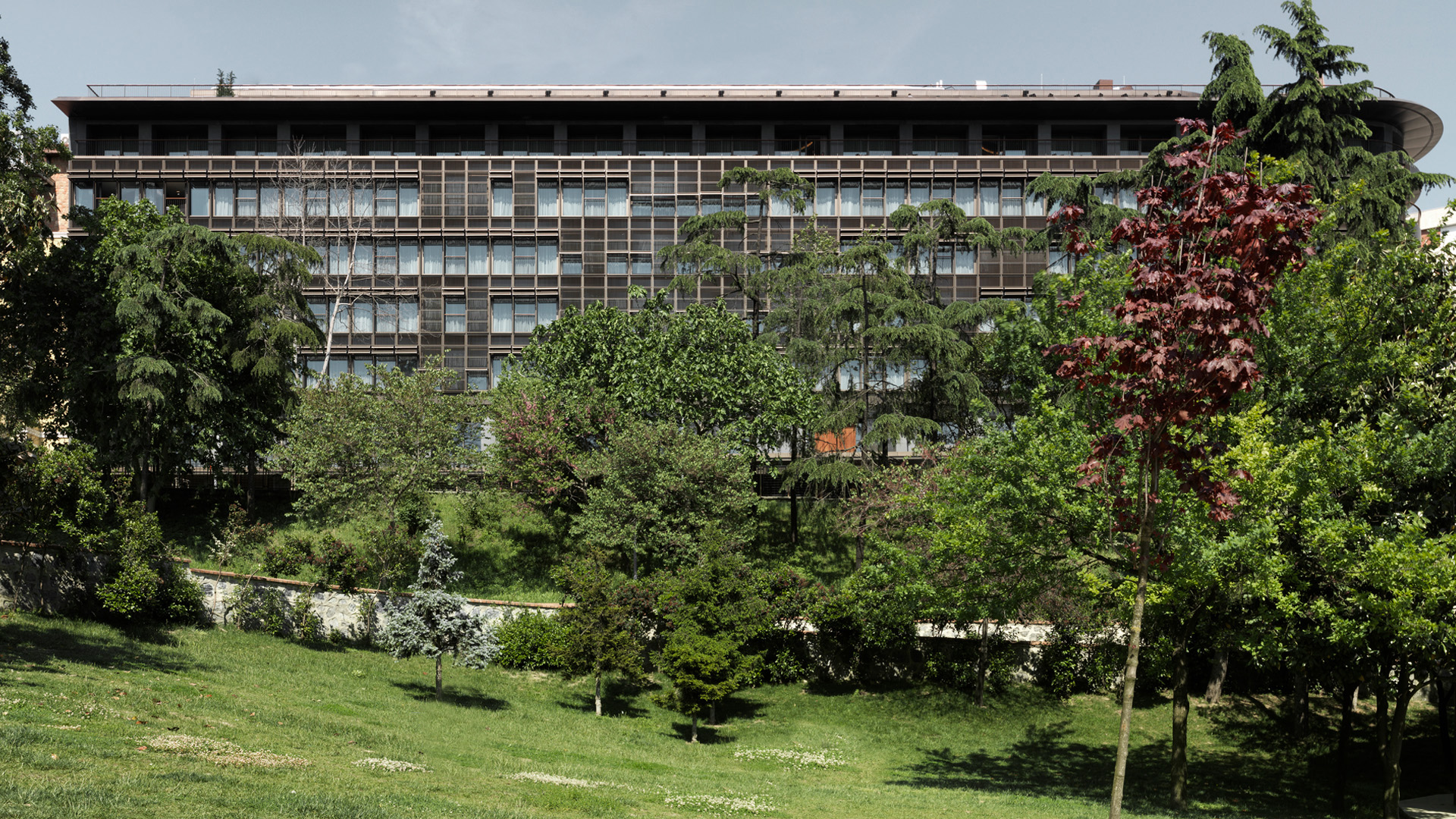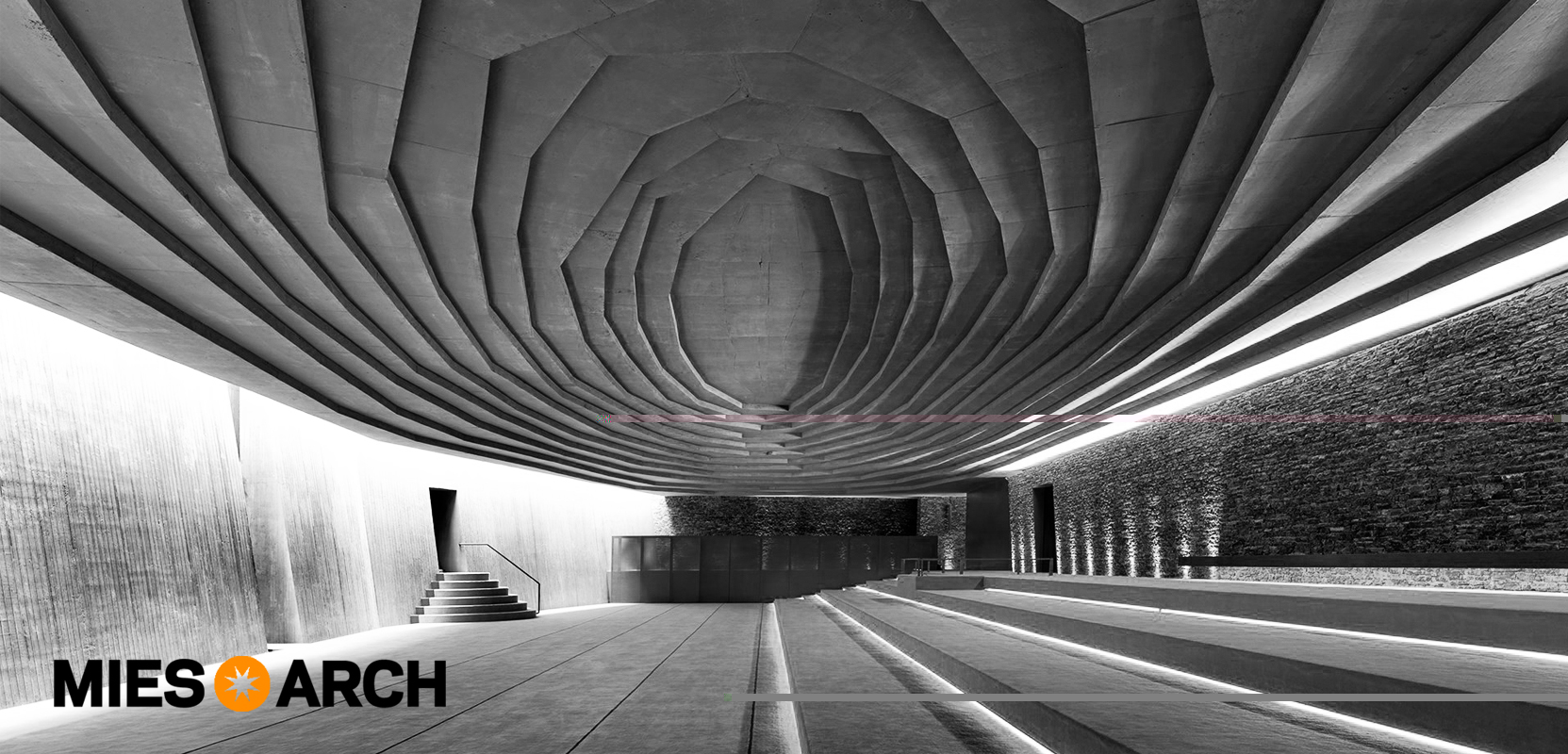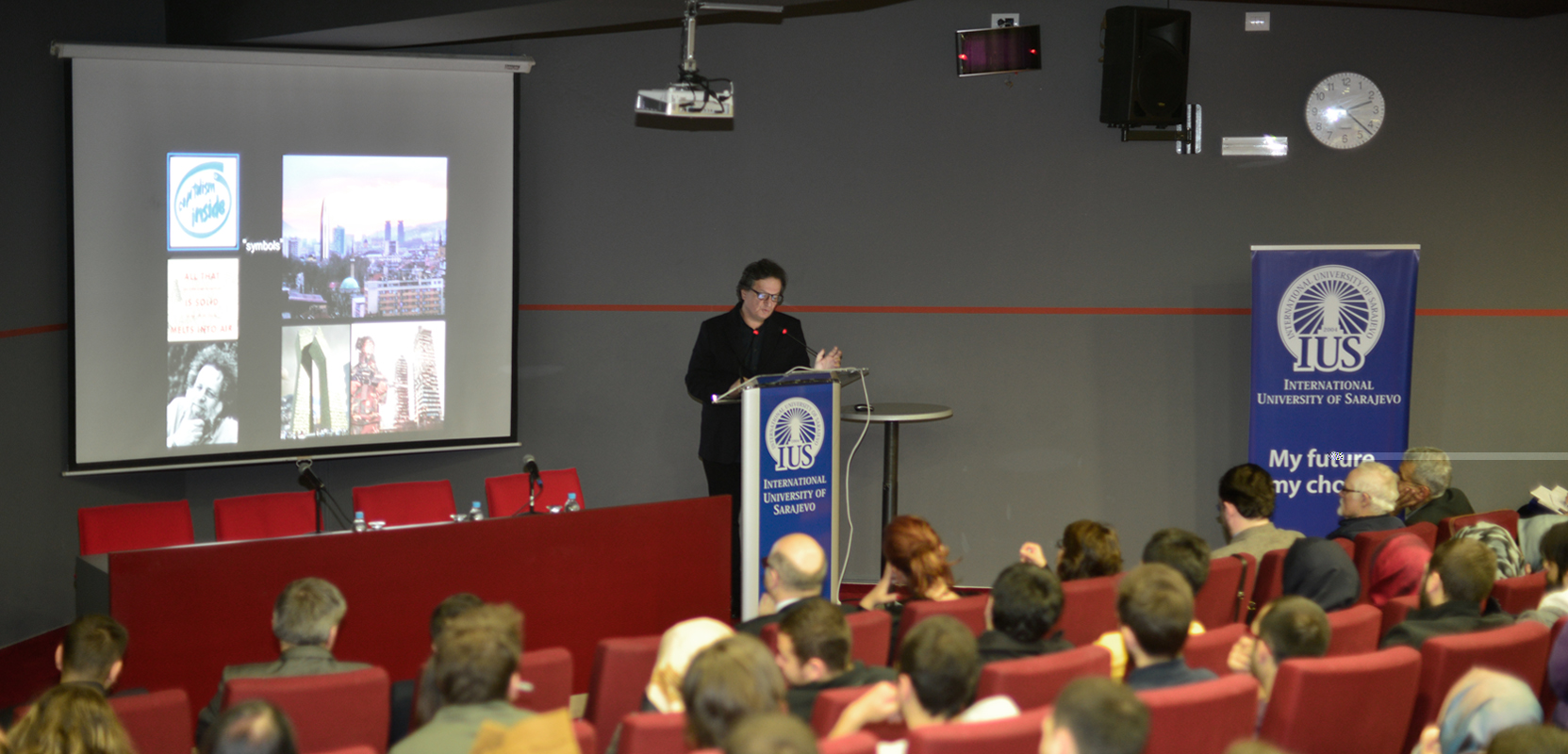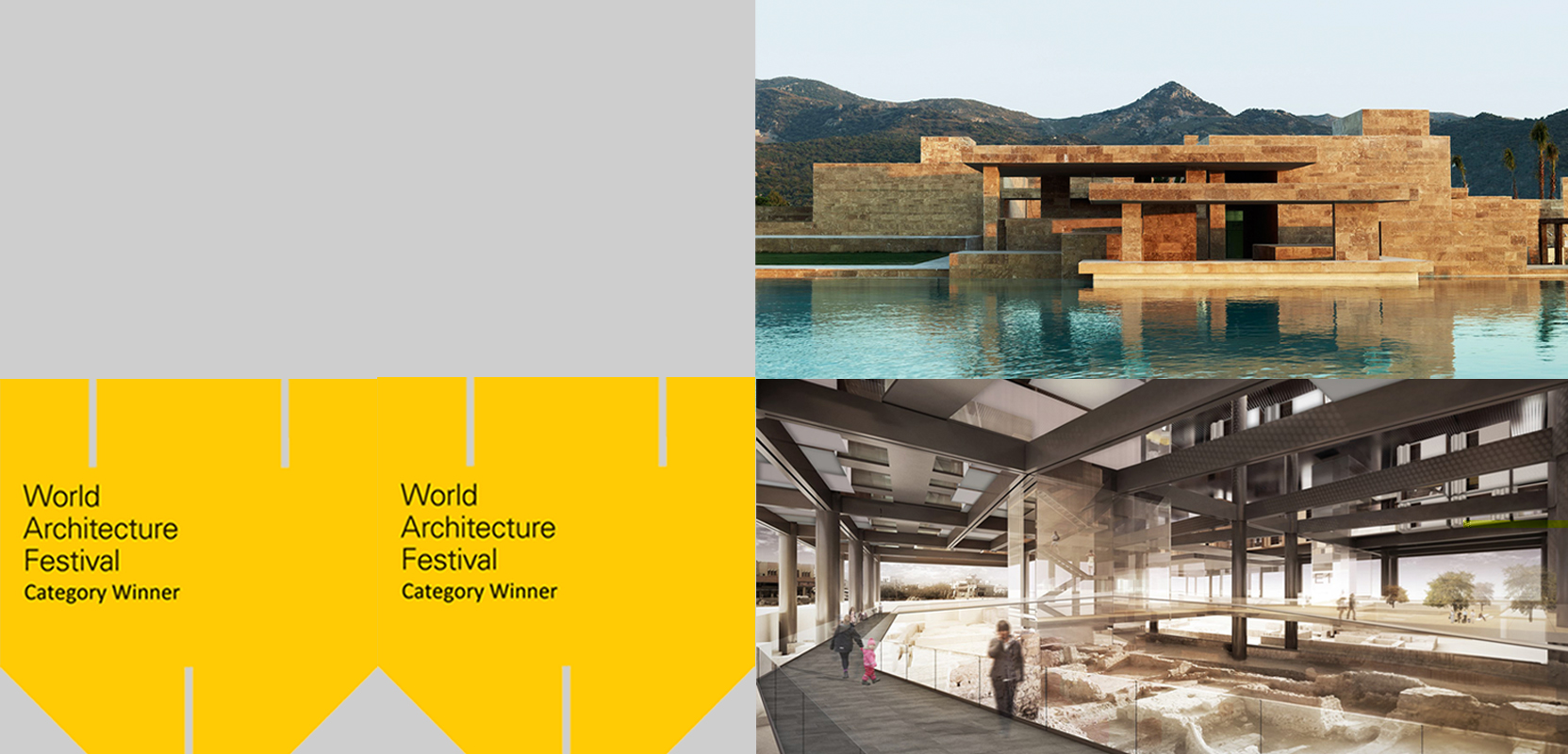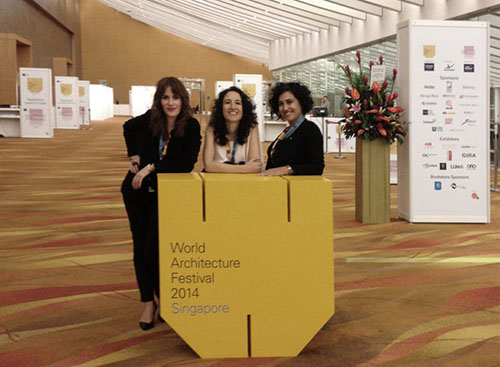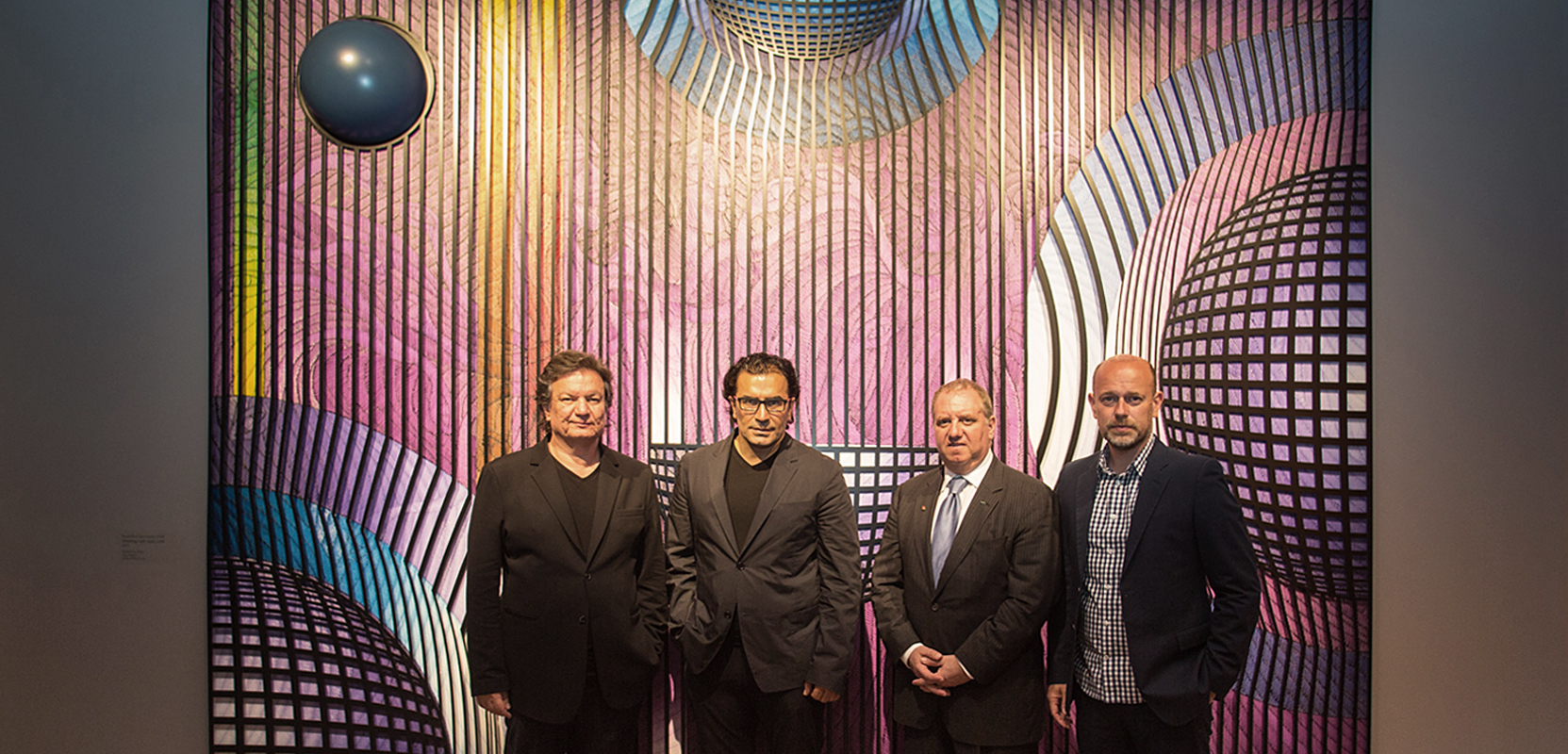
Ahmet Güneşteki̇n “Million Stone” At La Pieta
EAA has designed the architectural concept of the internationally renowned Turkish artist Ahmet Güneştekin’s Million Stone exhibition at Santa Maria della Pieta, Venice. As a parallel event to the 56th Venice Art Biennale, La pieta hosted distinguished guests for the opening reception of Million Stone on the 6th of May.
The Million Stone, the fourth-century mile-marker monument, emblematic point of departure for the measurement of all roads leading to the cities of the Byzantine Empire, at the same time symbol of masculine power due to its intrinsic cultural term: the phallus.
The legend of Lilith, the Sumer goddess of fertility and agriculture who was later demonised, known as the first rebel to stand against masculine domination.
The history and the power of the relations of a city, Istanbul, once believed to be the centre of the world, a city with many names, a crossroads for different cultures and religions, where each new power and political force changed the city’s name and former cultural texture according to their own identities.
The fundamental consideration that Divine Religions are continuations of each other.
These are the strong conceptual elements that internationally renowned Turkish artist Ahmet Güneştekin will reinterpret to transform the fascinating 600 square metre complex of the Pietà into the stunning Million Stone.
Curated by Matthew Drutt, well-known American editor, writer, and independent curator, and commissioned by one the world’s five most influential galleries – the Marlborough Gallery – this exhibition presents eight recent new works by Güneştekin, works capable of evoking atavic symbolisms and bring powerful messages in a display that will surely capture people’s attention.
Güneştekin is an eclectic self-taught artist who makes free use of unconventional techniques, which unfold from his personal artistic experimentation unrestricted by his lack of academic training. His production is charged with the recollection of a vernacular art, with markedly geometrical motifs drawn from carpets, lamps, and Ottoman copperware. In all his works, characters, symbols and scenes speak of ancient times, intertwining in symbolic tales touching on the essential questions of humankind.
Güneştekin’s production, which always retains a figurative aspect, even if only in an abstract stylised way, can be described as an interpretation of the oral narratives, myths and legends from Anatolian, Mesopotamian, and Greek civilisations. In his vibrant works, with the solar disc being one of his occurring motifs, gradient optics, dimensional canvases, flat canvases, sun explosions and installations expose the artist’s main approach reaching beyond the conventional pictorial techniques on canvas.
With the almost four-metre long Million Stone sculpture in black marble, Güneştekin denies the phallus, the symbolic core of the Million Stone, and signifies the concept of degenderalisation. “I always wanted to touch and work on millions of years old stones or stones that had witnessed thousand year old histories. I guess I will keep on working on them from now on”, explains Güneştekin.
Opposite the Million Stone, are three works inspired by the legend of Lilith which aim to attribute a meaning of rejection and opposition to masculine power. Woman and man are together on an equal basis, sharing the same rights.
Particular attention is also given to the history of Istanbul: in order to reveal the history of its many names, the work Kostantiniyye – a huge sculpture consisting of thirteen-letters of the word itself – reunites all the city’s past names, which like its monuments have accumulated in Istanbul’s century-long cultural memory: Byzantion, Byzantium, New Rome, Constantinople, Constantinopolis, Dersaadet, Islambol, Asitane, Dar-ul-Hilafet. This project encourages the comprehension of the city’s history within the frame of power relations, rather than within a historicist context. By emphasising that the past is a phenomenon constructed in the present, it reunites the traces left in collective memory in a timeless present. The aim is to constitute a threshold that enables one to question the nature of power relations.
The Holy Encounter series attempts to create common concepts and values. It expresses the possibility of developing an equal point of view on different religions.
“Güneştekin offers visitors rich and complex immersion in ancient mythology and cultural evolution whose imagery and significance resonate with the tumult of history and politics in play at this very moment in time - clarifies the curator Matthew Drutt – Million Stone is a thought-provoking, mysterious, dark, and colorful installation, just like the histories and legends the exhibition is narrating.”
Following the extraordinary success of “Momentum of Memory” (Ahmet Güneştekin’s first solo exhibition in Italy which Massimiliano Gioni himself praised as one of the ten must-see shows of the last Biennale), the artist’s current project voices the degenderalisation and the mystical soul of his country, revealing stories, power relations and legends trespassing geographical borders testifying to the common roots of different cultures.
The artist – Ahmet Güneştekin
For self-taught artist Ahmet Güneştekin, art has been a passion since childhood. He left the town of Batman and moved to Istanbul in 1991, but several years had to go by before he found his own style at the beginning of the 2000s. The agreement he signed with Marlborough Gallery London in 2013, put Ahmet Güneştekin on the map of the international art market, with a solo exhibition – “Momentum of Memory” – opening in the same timeframe as the 55th Venice Biennale. In November 2013, Marlborough Gallery New York too opened its doors to Güneştekin with a solo exhibition entitled “Ahmet Güneştekin: Recent Paintings.” Marlborough Gallery then took his exhibitions to Arco Madrid, New York Armory Show, Art Breda, and Art Basel Hong Kong. Güneştekin’s works have also showcased in a solo exhibition at Marlborough Monaco and are permanently on display in the exhibition halls of the Marlborough Galleries in Barcelona, Madrid, Monaco, and New York.
The curator – Matthew Drutt
Matthew Drutt is an American editor, writer, and independent curator who specialises in modern and contemporary art. Based in New York, he currently works with the Beyeler Foundation in Switzerland, the State Hermitage Museum in Russia, and the M.T. Abraham Foundation, consulting on exhibitions, publications, and collections. From 2012 to 2013, he was the founding executive director of the Blouin Cultural Advisory Group, an agency that guides individuals and institutions seeking to build discerning collections of fine art. Prior to this appointment, he was Executive Director of Lisson Gallery in London, Milan, and New York.
In 2006, the French Government awarded him the Chevalier de l’Ordre des Arts et des Lettres. From 1993 to 2001, he was a curator at the Solomon R. Guggenheim Museum, where he organised numerous shows. During that time, he also served as a visiting professor at Columbia University, and was a teaching fellow at Yale University prior to that.
The Gallery – Marlborough Gallery
Founded in London in 1946, Marlborough Gallery is widely recognised as one of the world’s leading modern and contemporary art galleries. Marlborough has an international presence, with major galleries and offices in Madrid, Barcelona, Santiago and Monte Carlo to complement its long established venues in New York and London. In its first years, Marlborough Gallery exhibited the paintings of classical artists, such as Monet, Pissarro, Sisley, Renoir, Van Gogh and, since 1960, has represented artists such as Kandinsky, Kurt Schwitters, Francis Bacon, Henry Moore, Jackson Pollock, Egon Schiele, Picasso, Mark Rothko, Fernando Botero and Manolo Valdés. Marlborough currently represents highly credentialed artists such as Magdalena Abakanowicz, Claudio Bravo, Richard Estes, Red Grooms, Tom Otterness, Arnaldo Pomodoro, Manolo Valdés, Zao Wou-Ki, Frank Auerbach, Paula Rego, and Antonio López Garcia, among others, as well as a new generation of artists and programmes at Marlborough Chelsea. Ahmet Güneştekin has become a Marlborough Gallery artist after signing an agreement with President of Marlborough Gallery, Pierre Levai.
The Architectural Concept – EAA – Emre Arolat Architecture
The Architectural concept of the show Million Stone is designed by Emre Arolat.
“We tried to interrelate Güneştekin’s work with the aura of the space trying to use the tension that is readily generated by both the character of the art and the space in a coordinated way without reducing the individual impact of either and without having each obstruct or interfere with the other”, says the architect Emre Arolat.
EAA – Emre Arolat Architecture was founded in May 2004 by Emre Arolat and Gonca Paşolar in Istanbul. Since its establishment, EAA has established as one of the largest architectural offices in Turkey with a team of more than 50 people, with offices in Istanbul and London. The projects the team undertakes range from mixed-use buildings occupying millions of square meters, to smaller projects like an only five hundred square meter place of worship. The architectural significance of the group has been recognised by many awards, including, among the most prestigious, the Agha Khan Award, The European Union Prize for Contemporary Architecture – Mies van der Rohe Award, World Architecture Festival Awards and the AR Emerging Architecture Award.
*Ahmet Güneştekin Art Center


